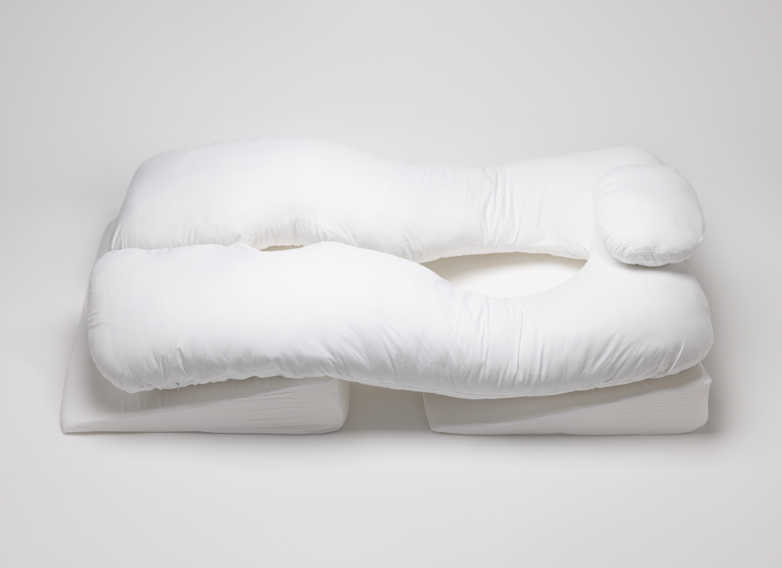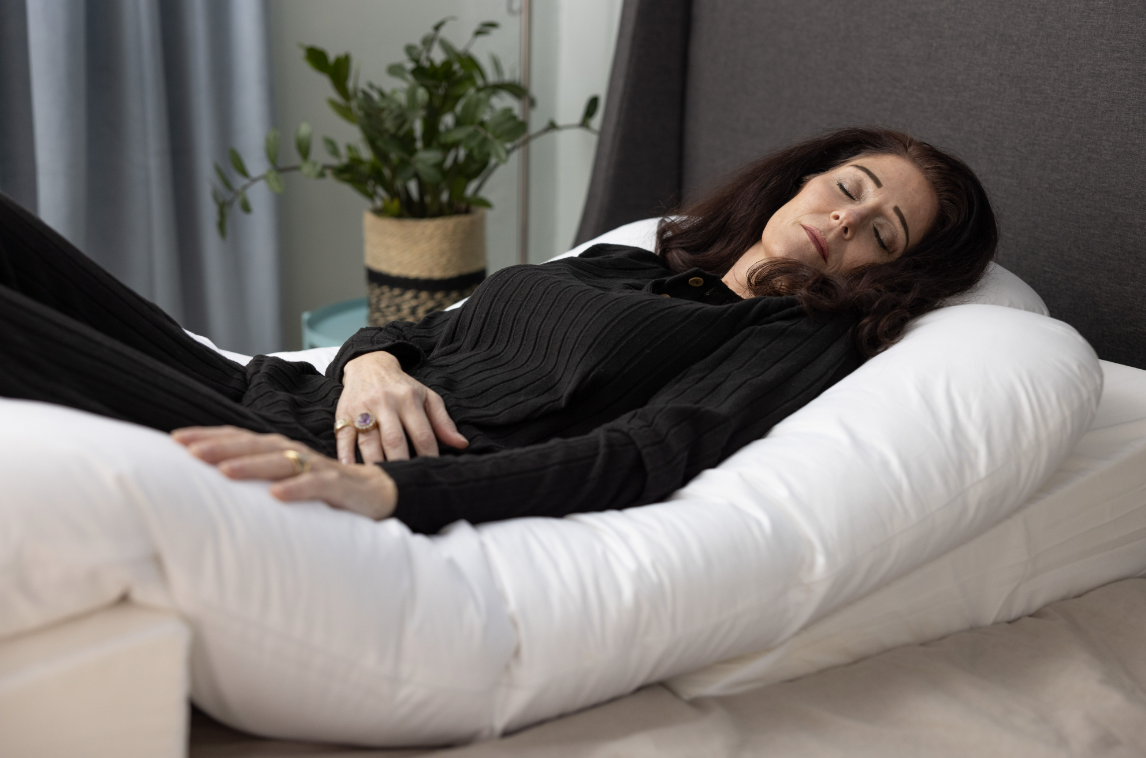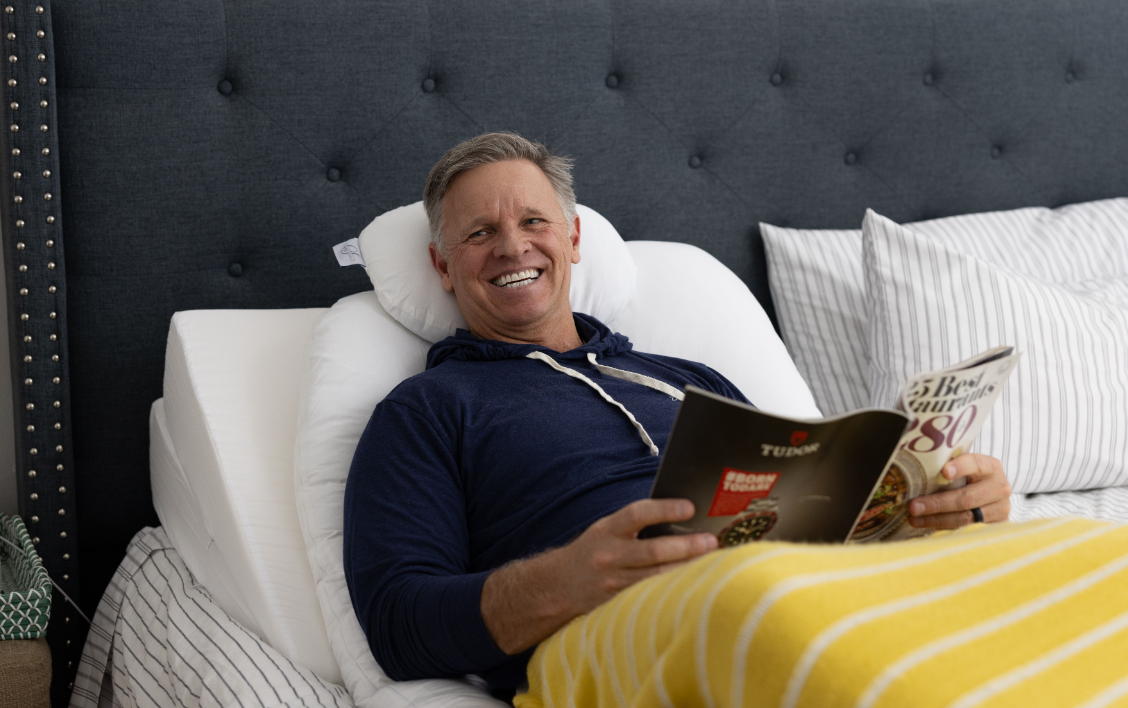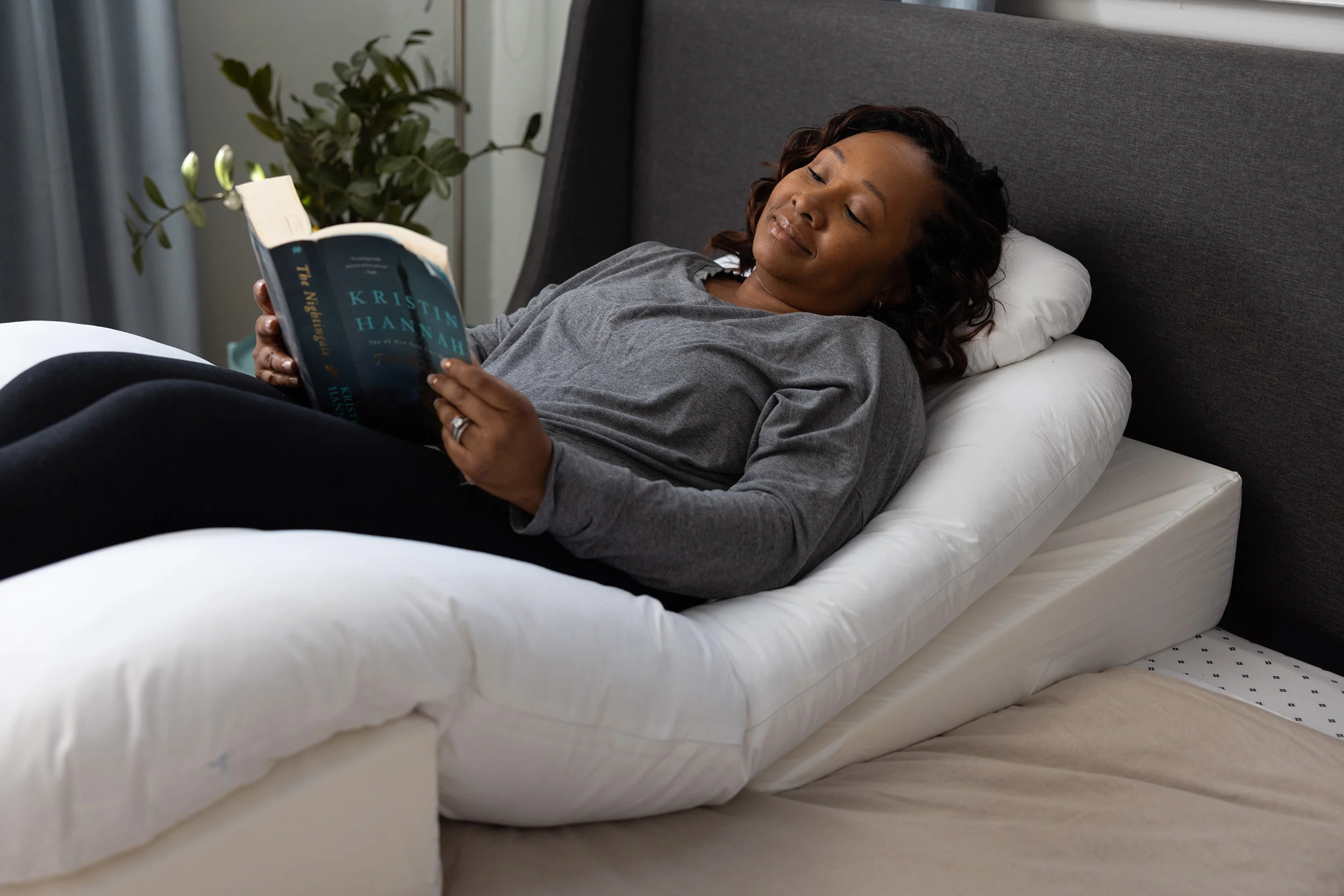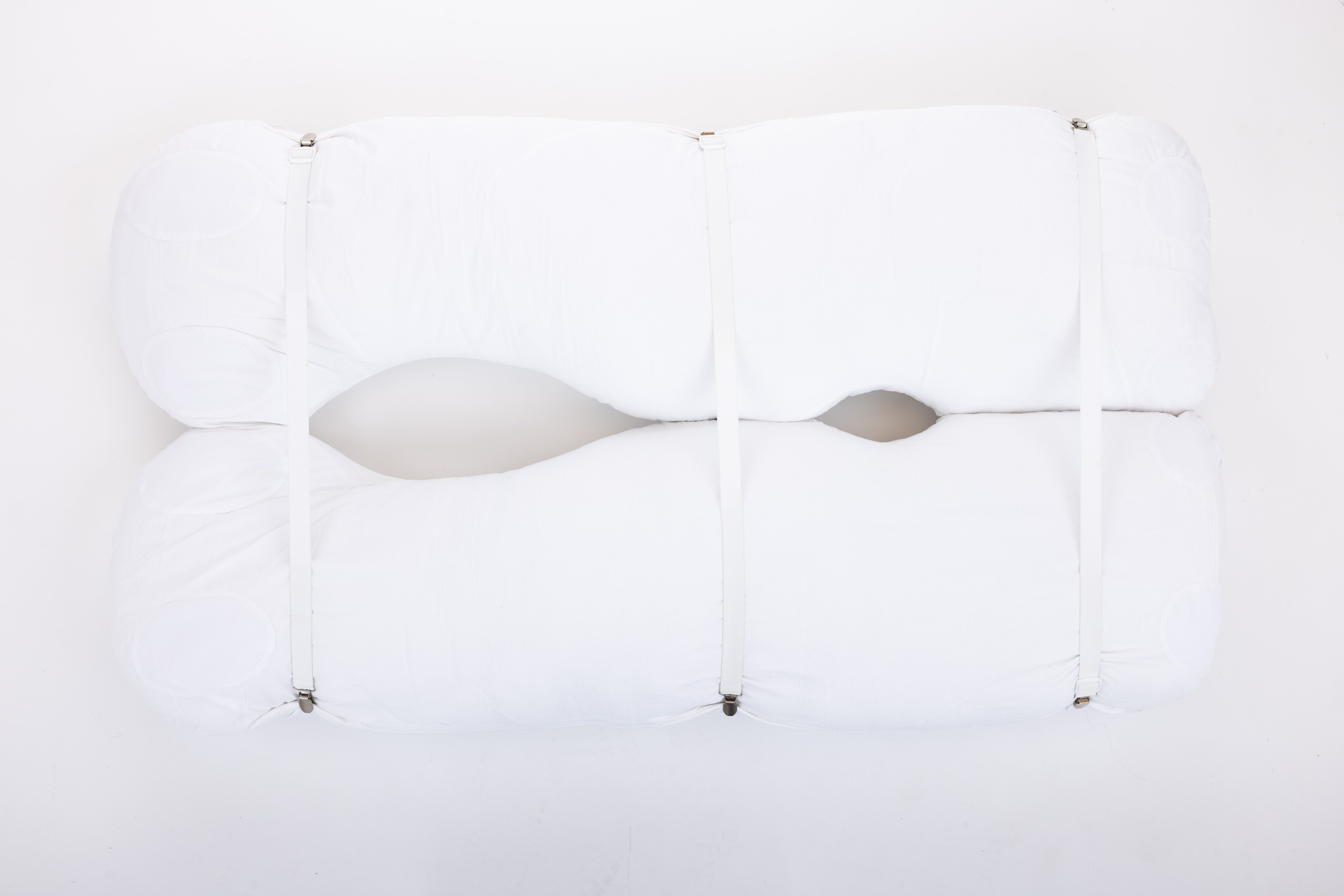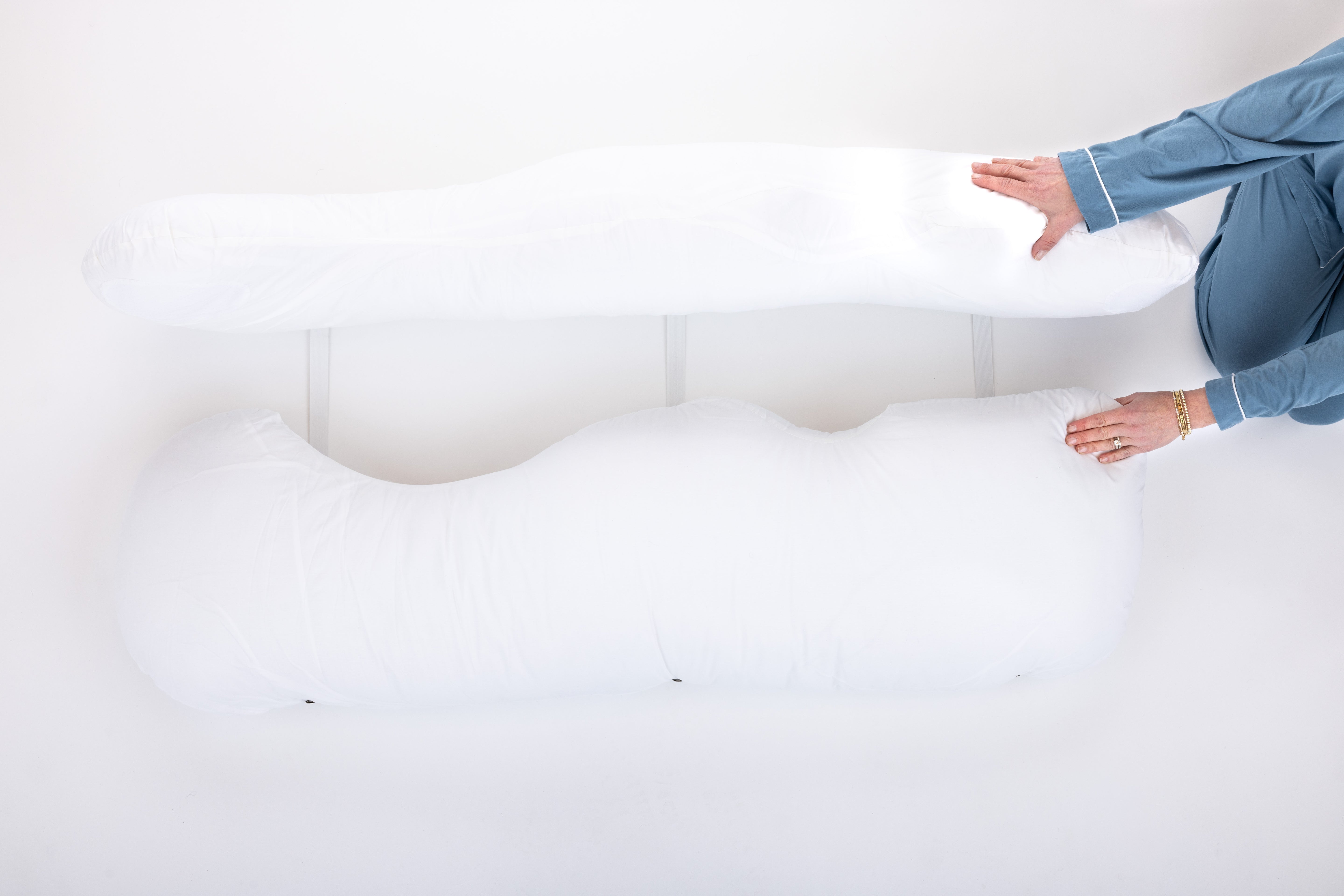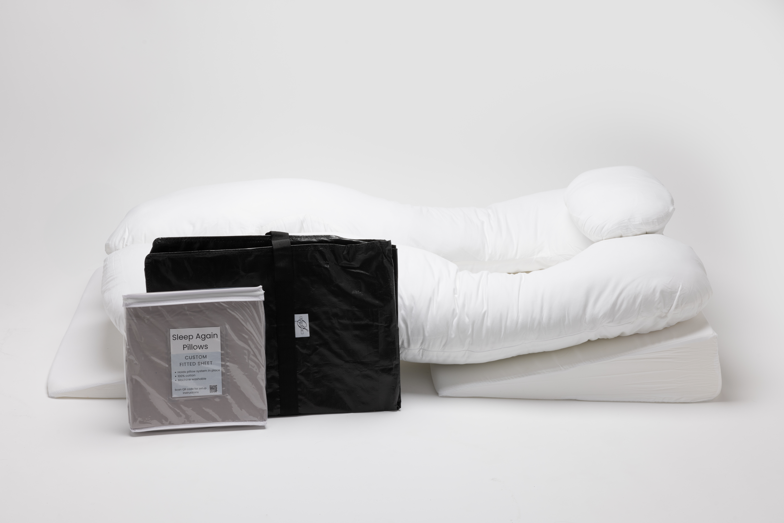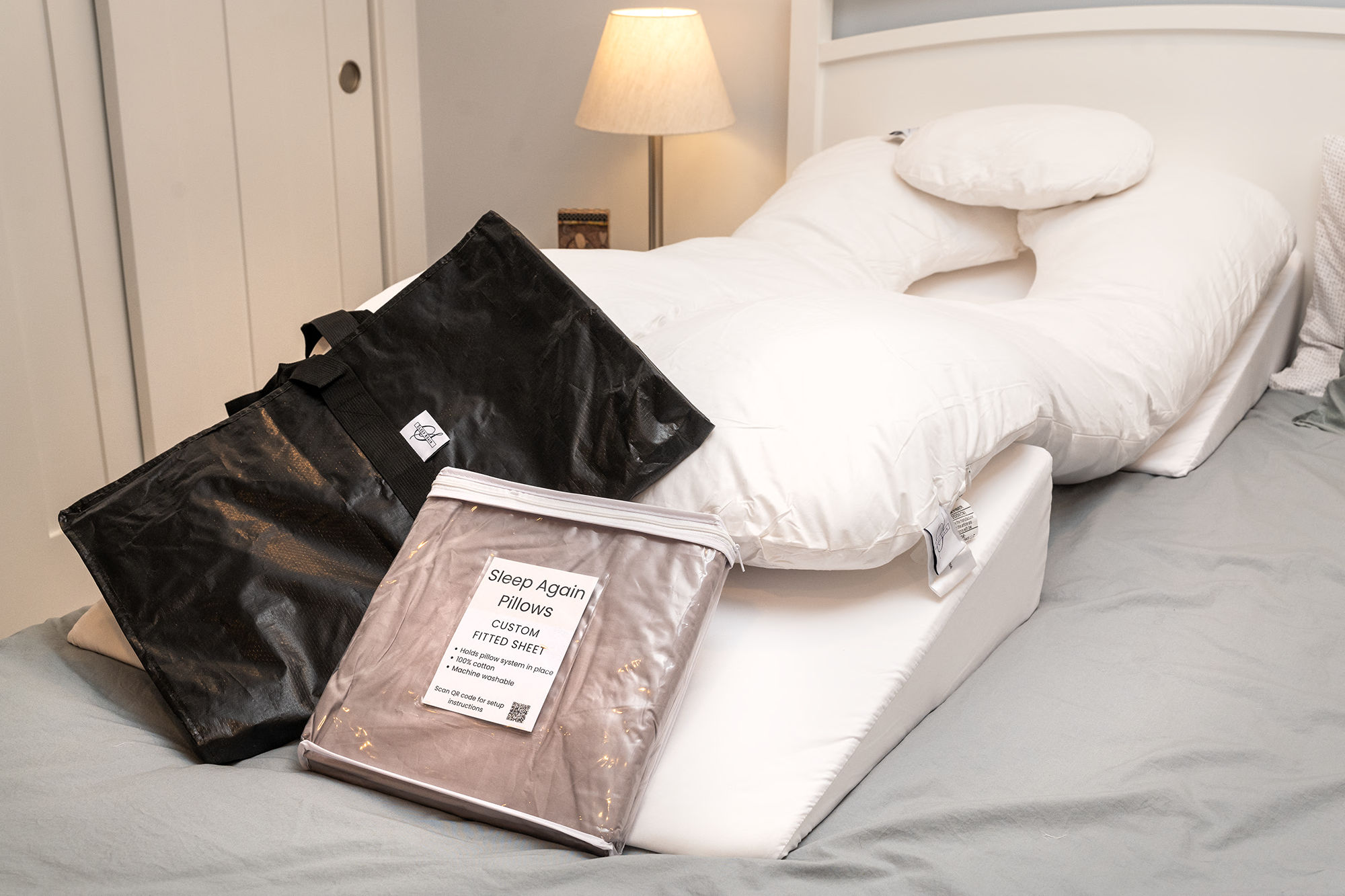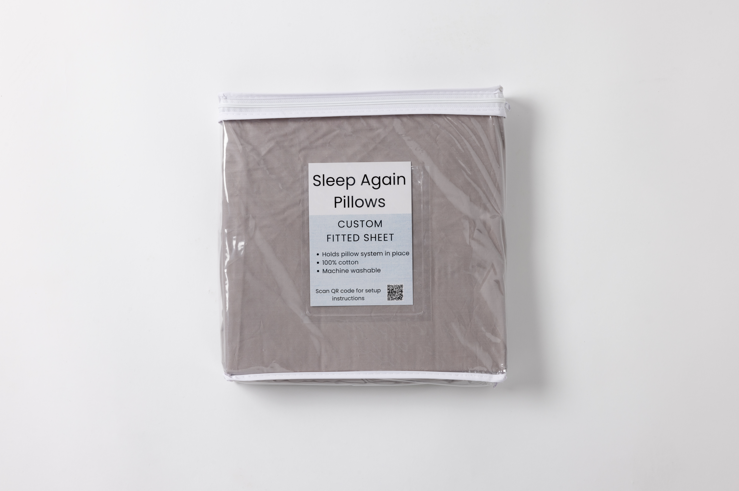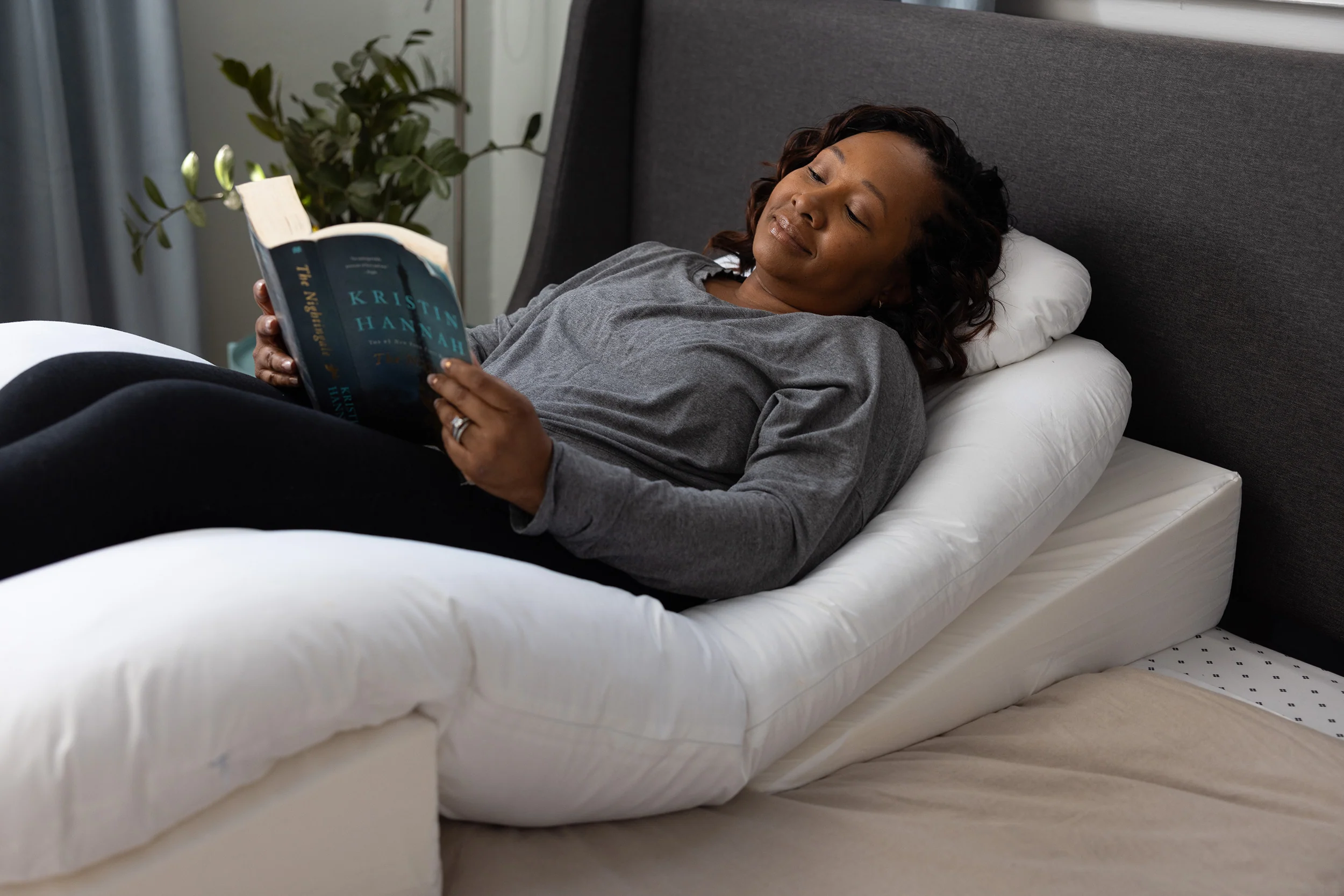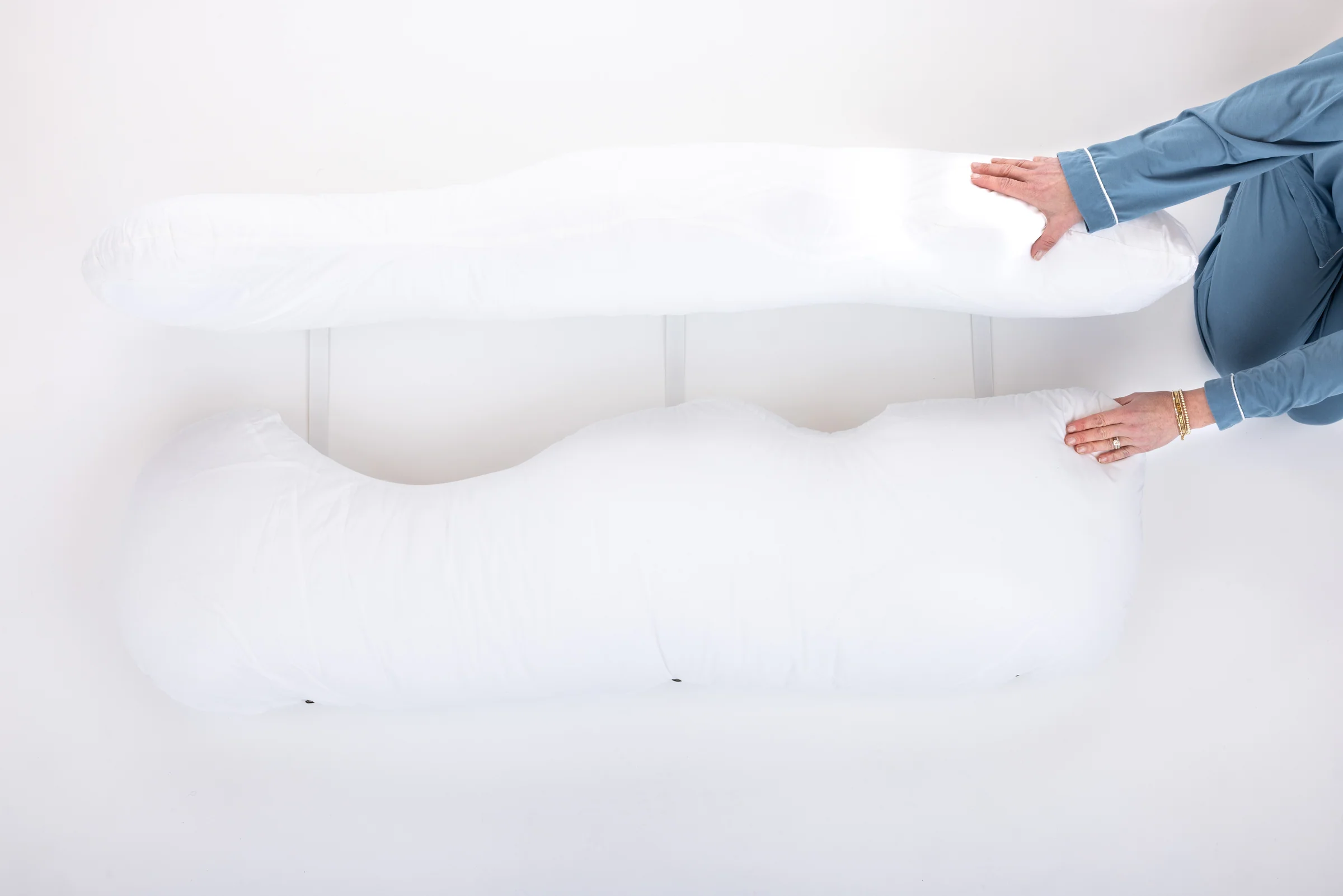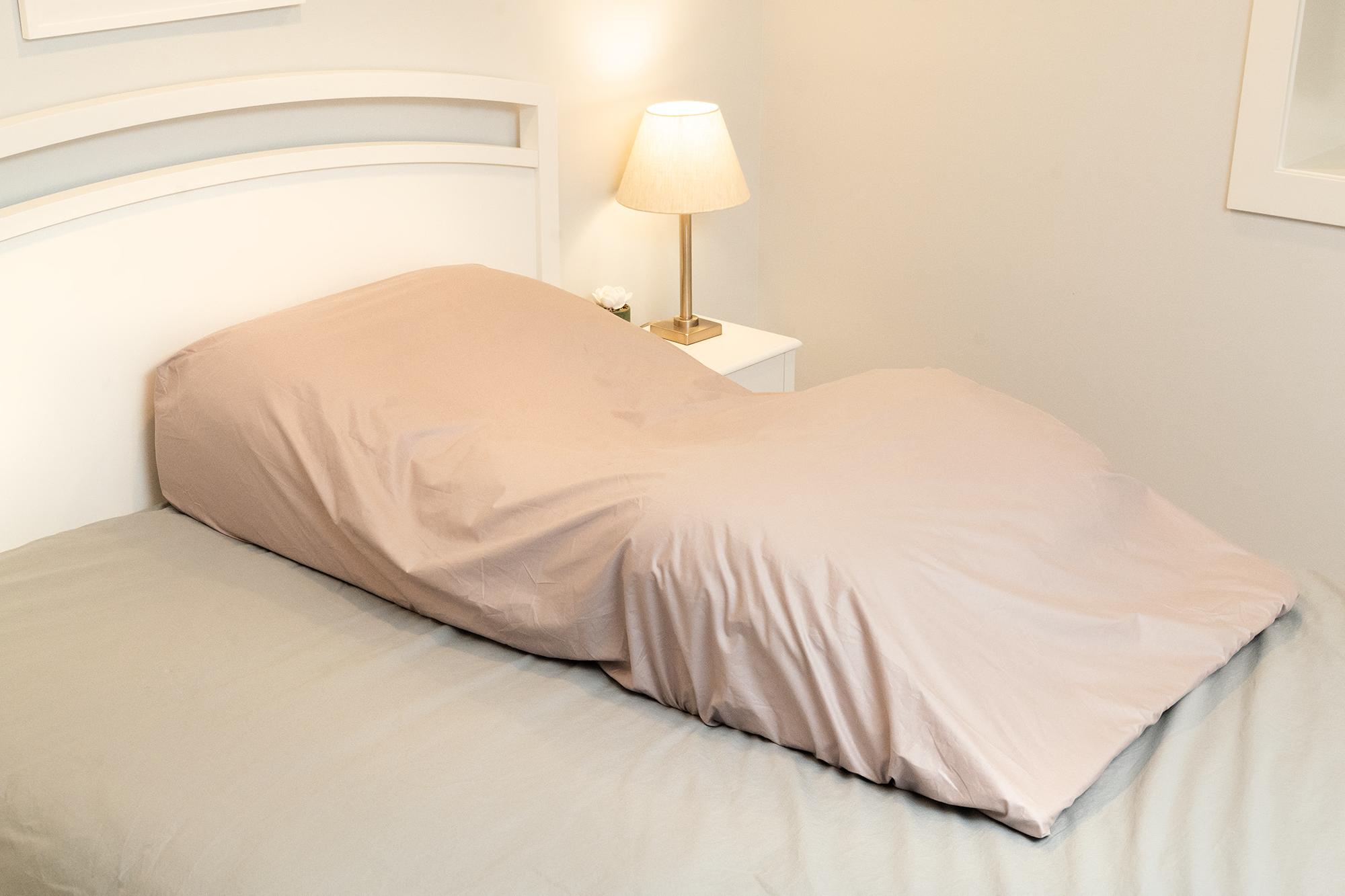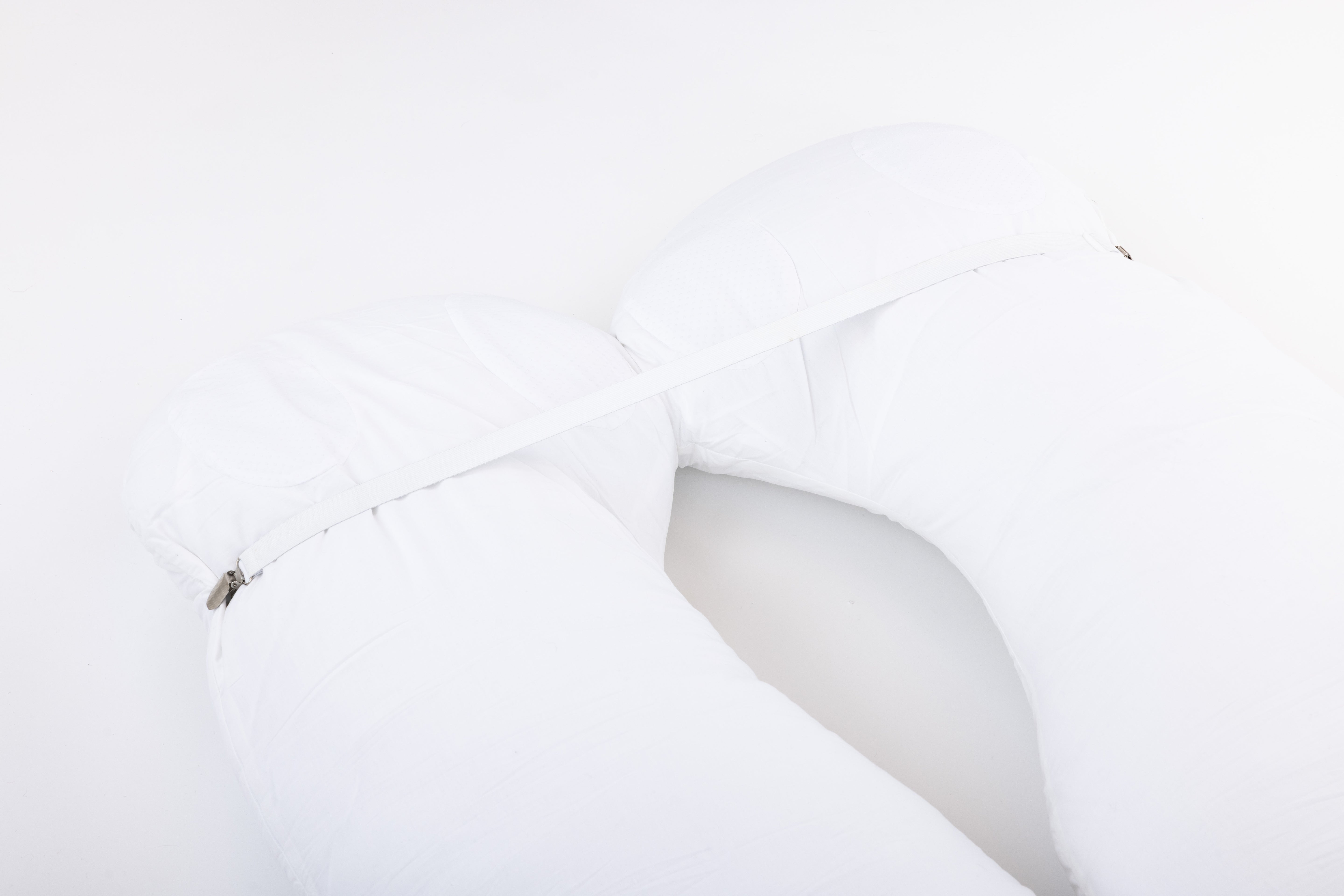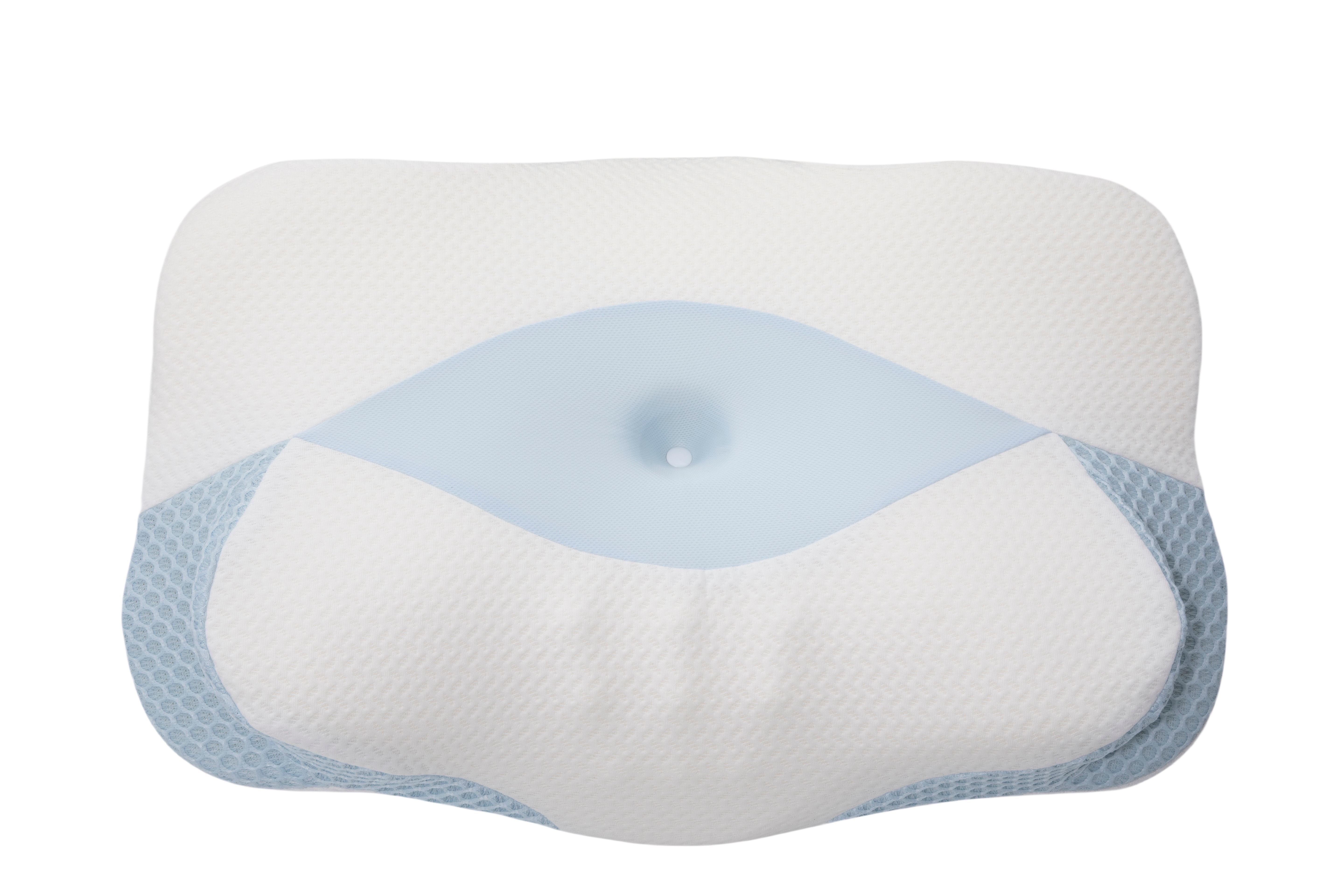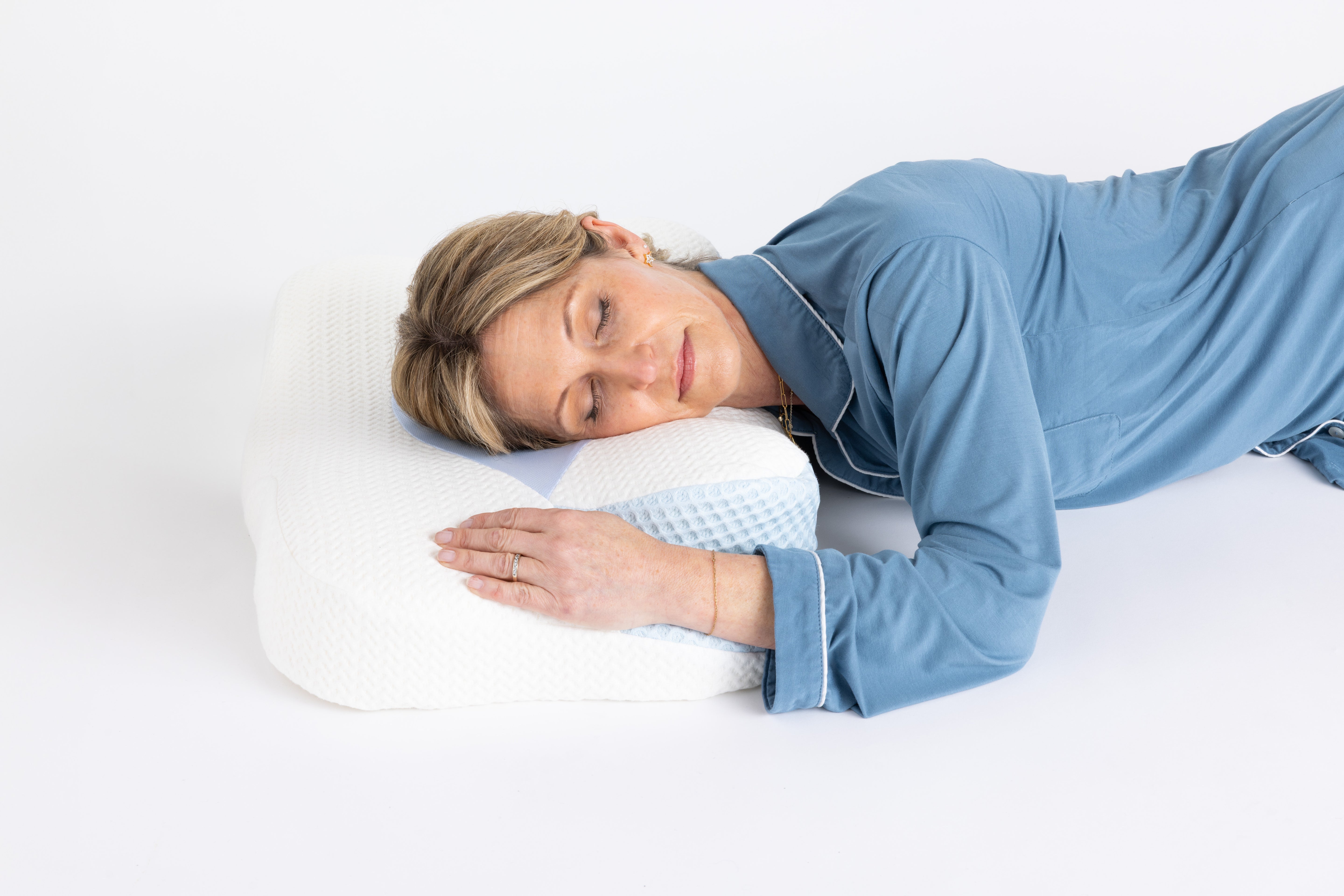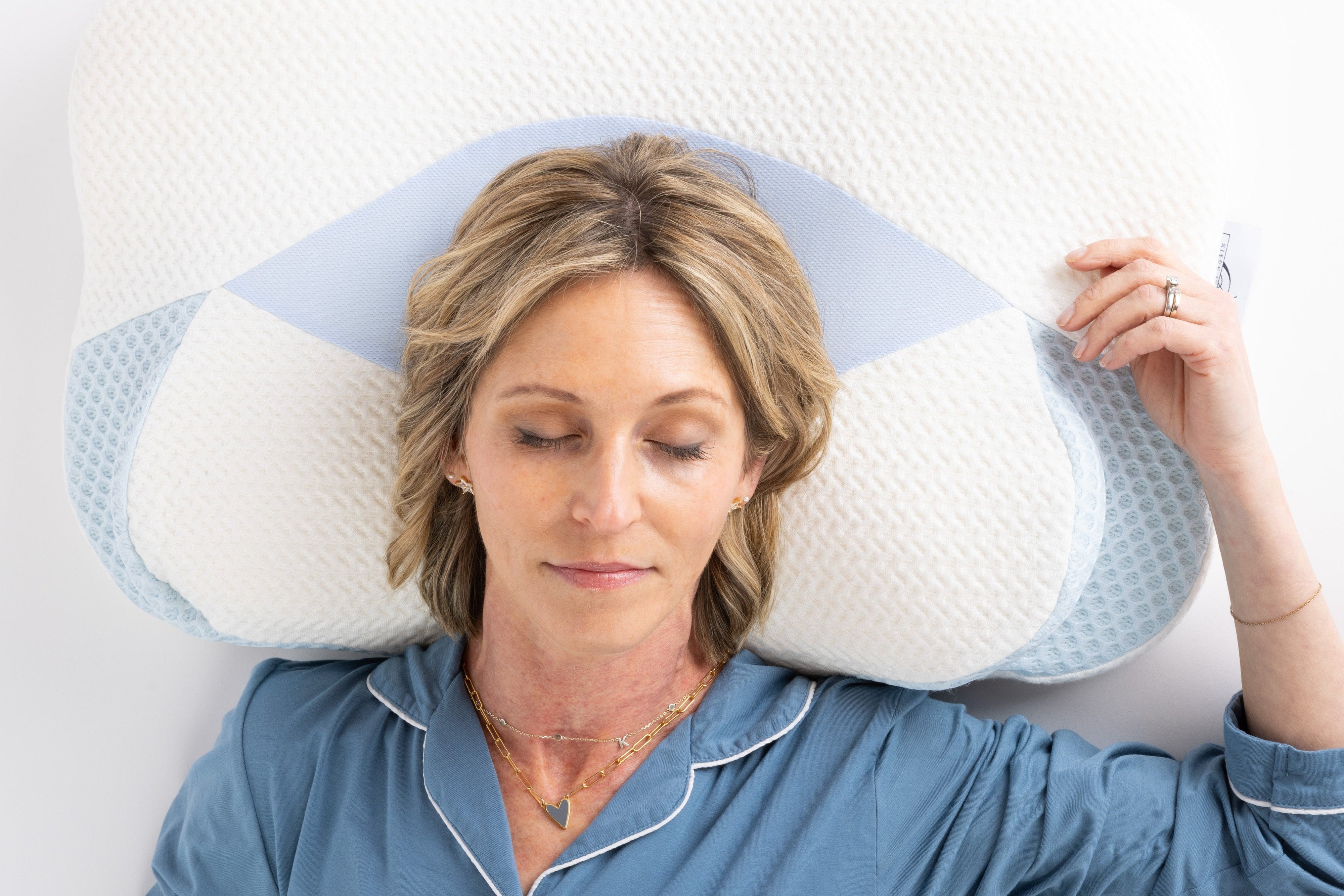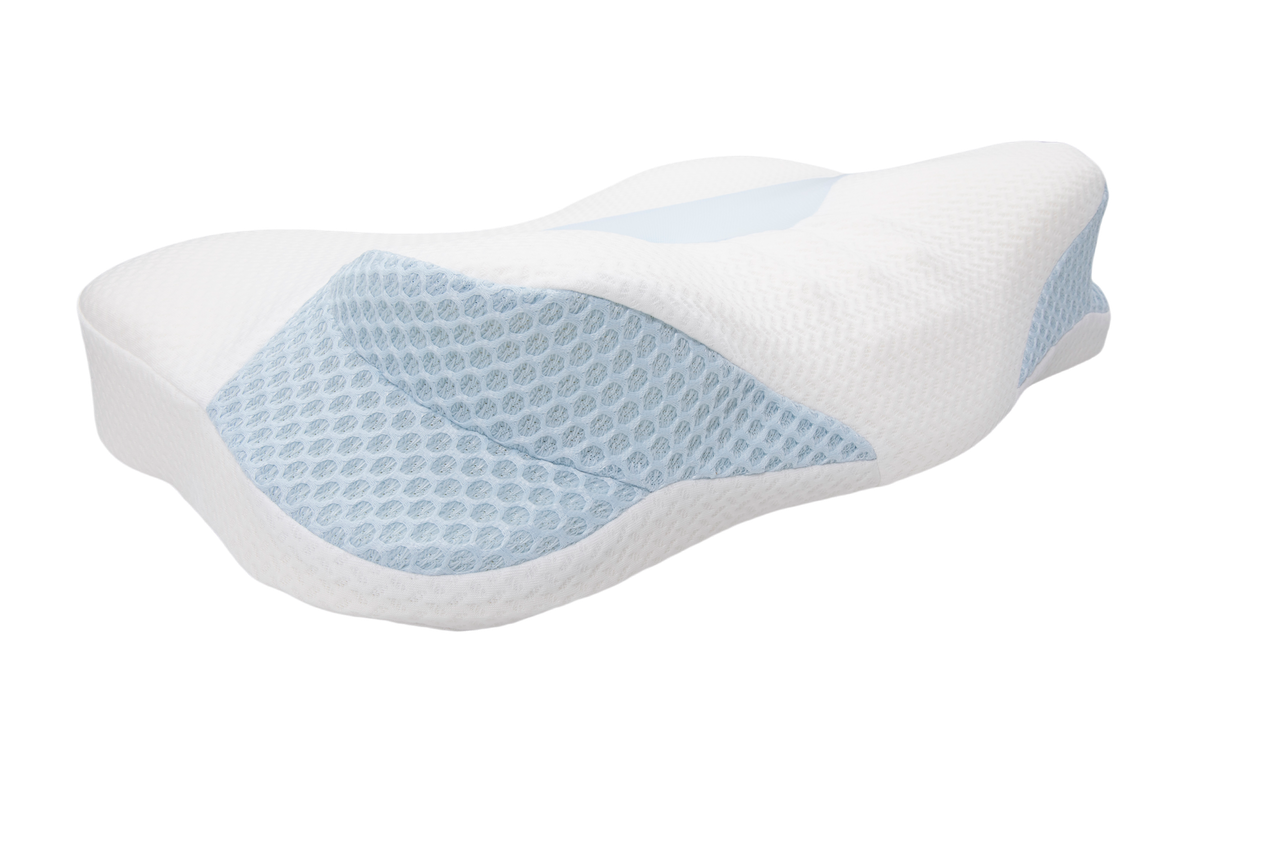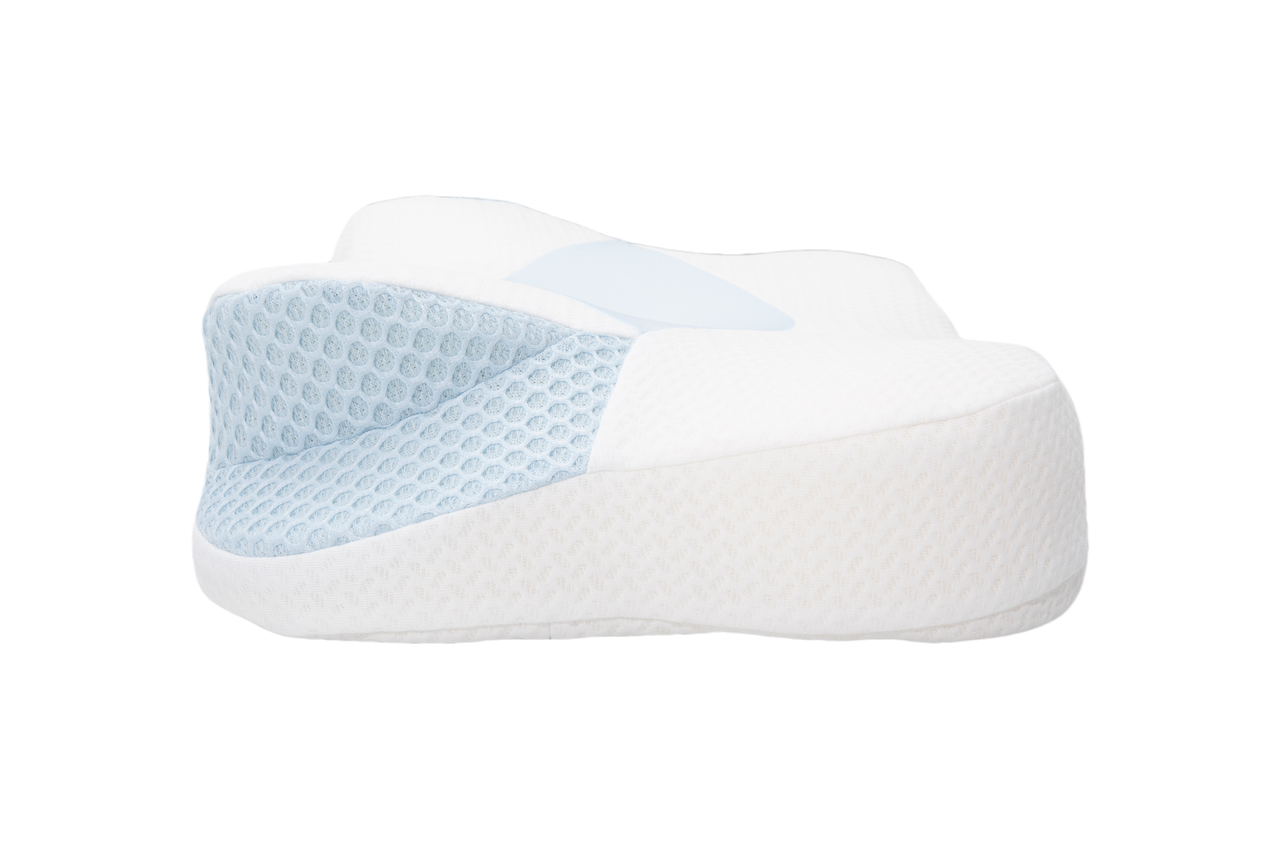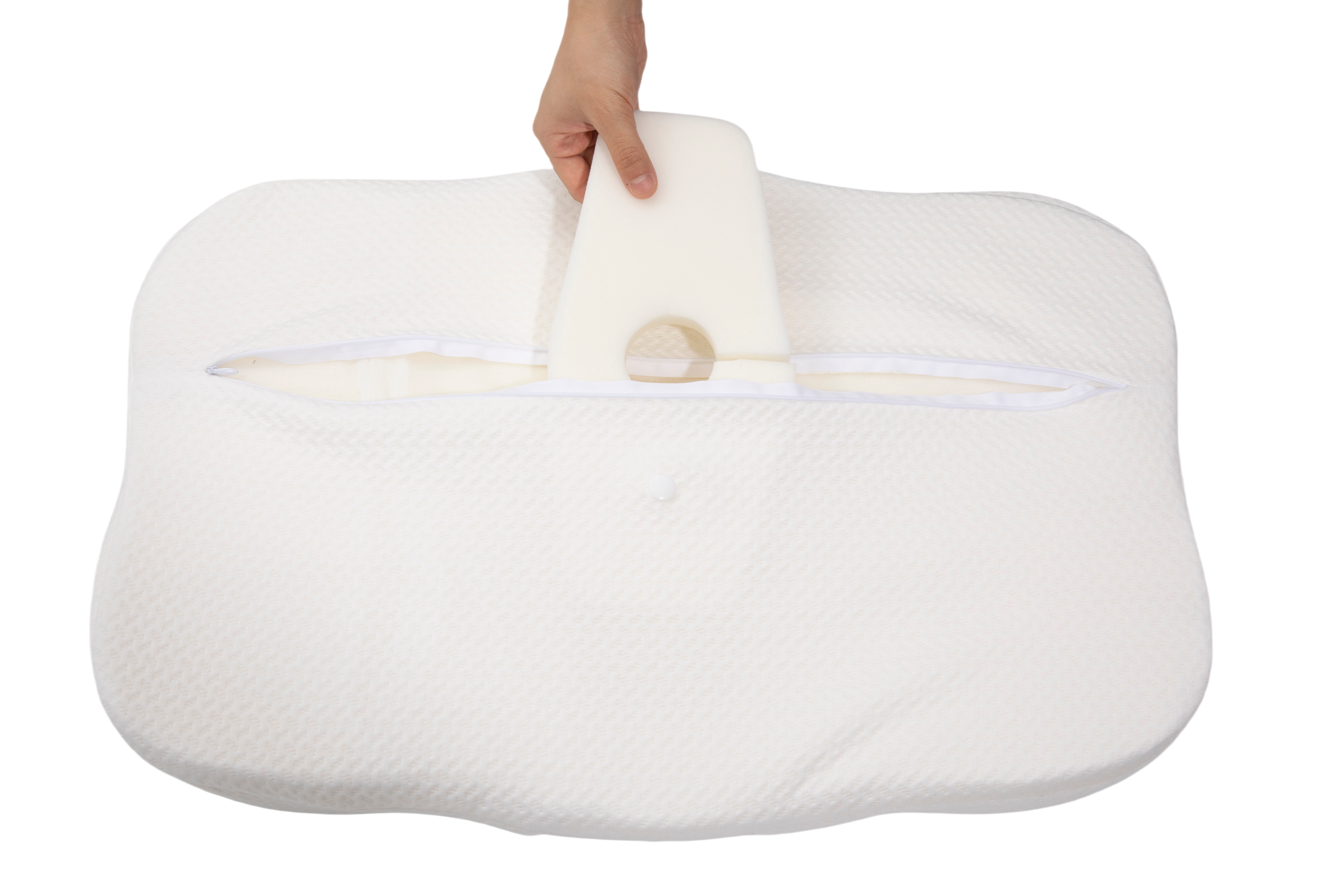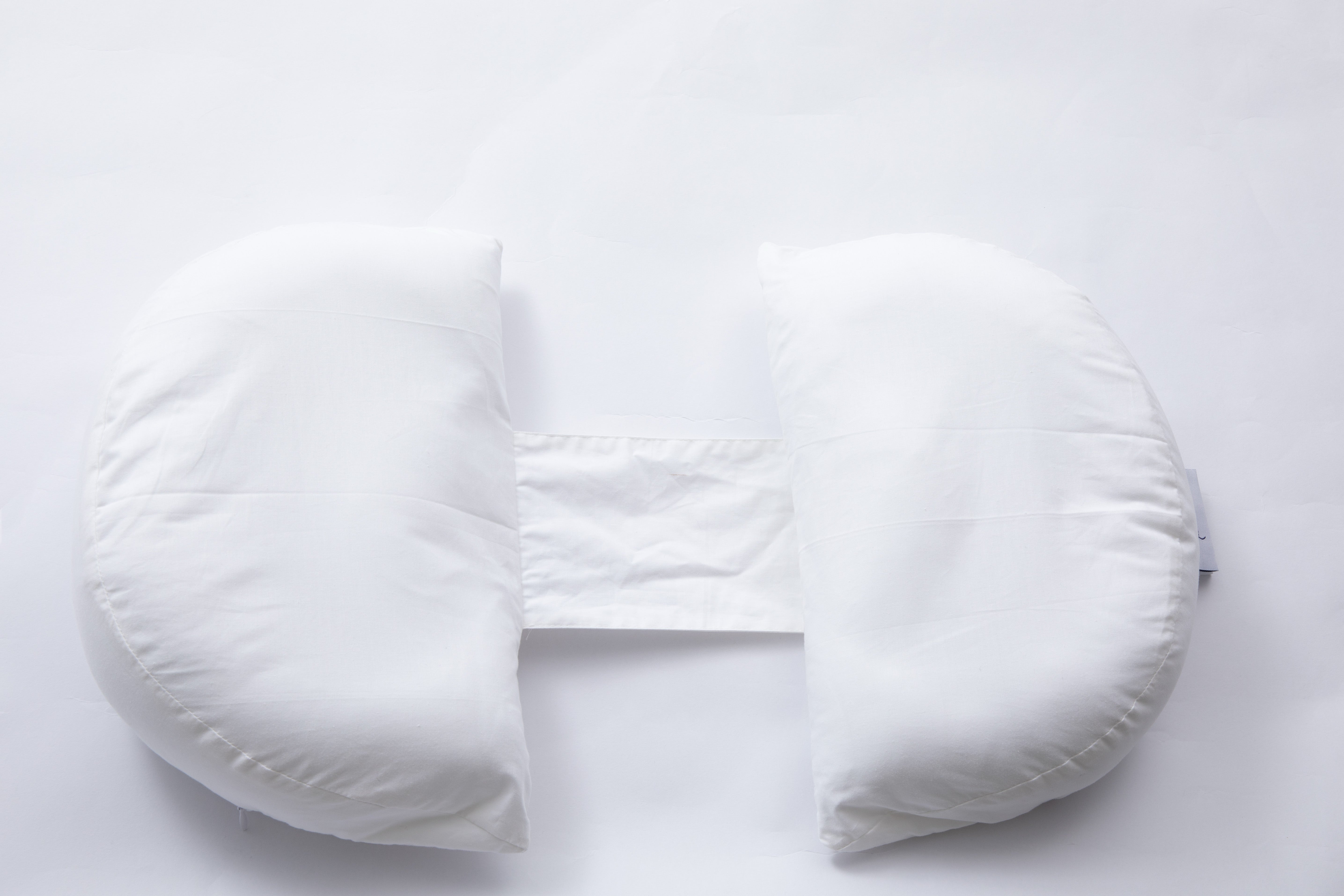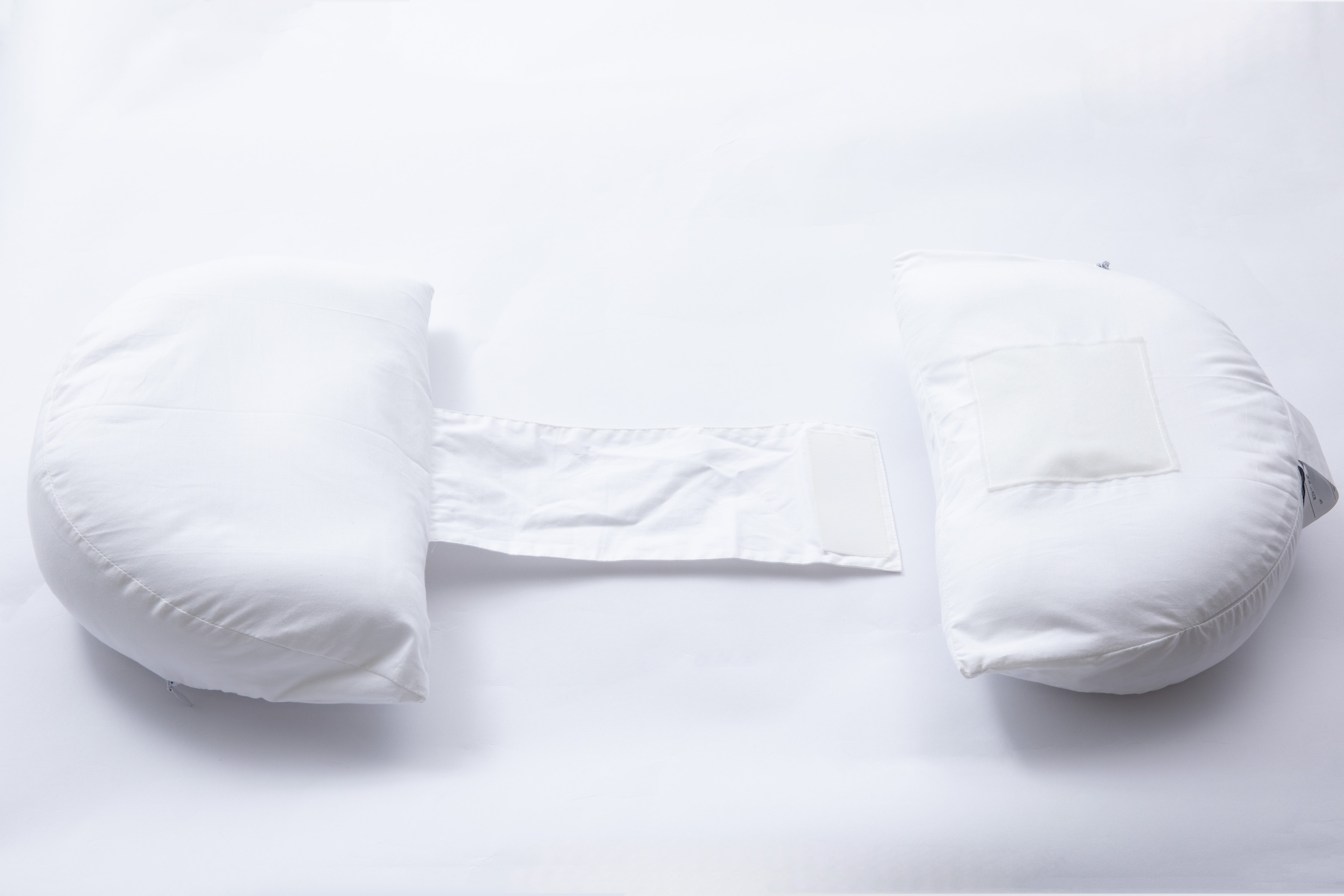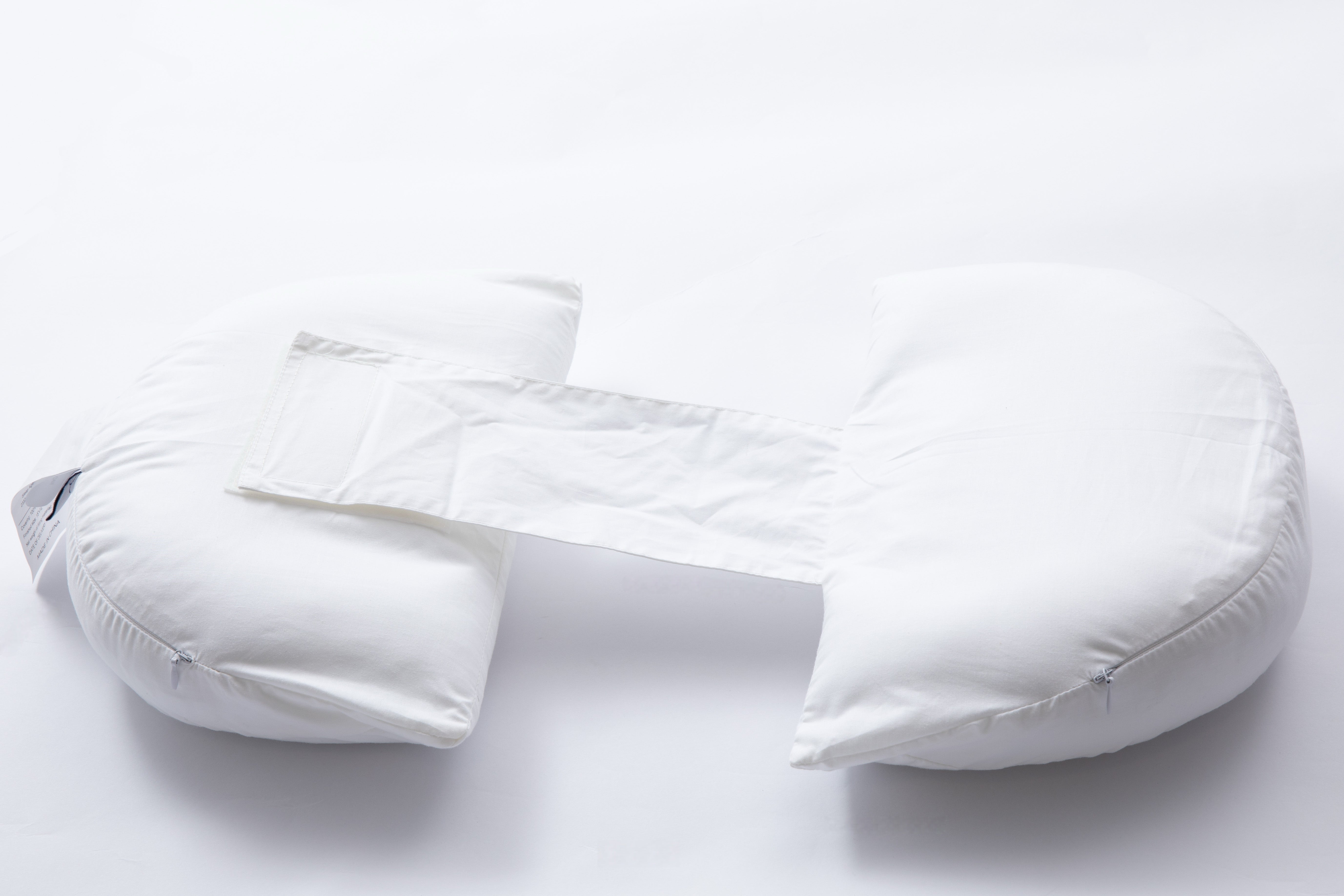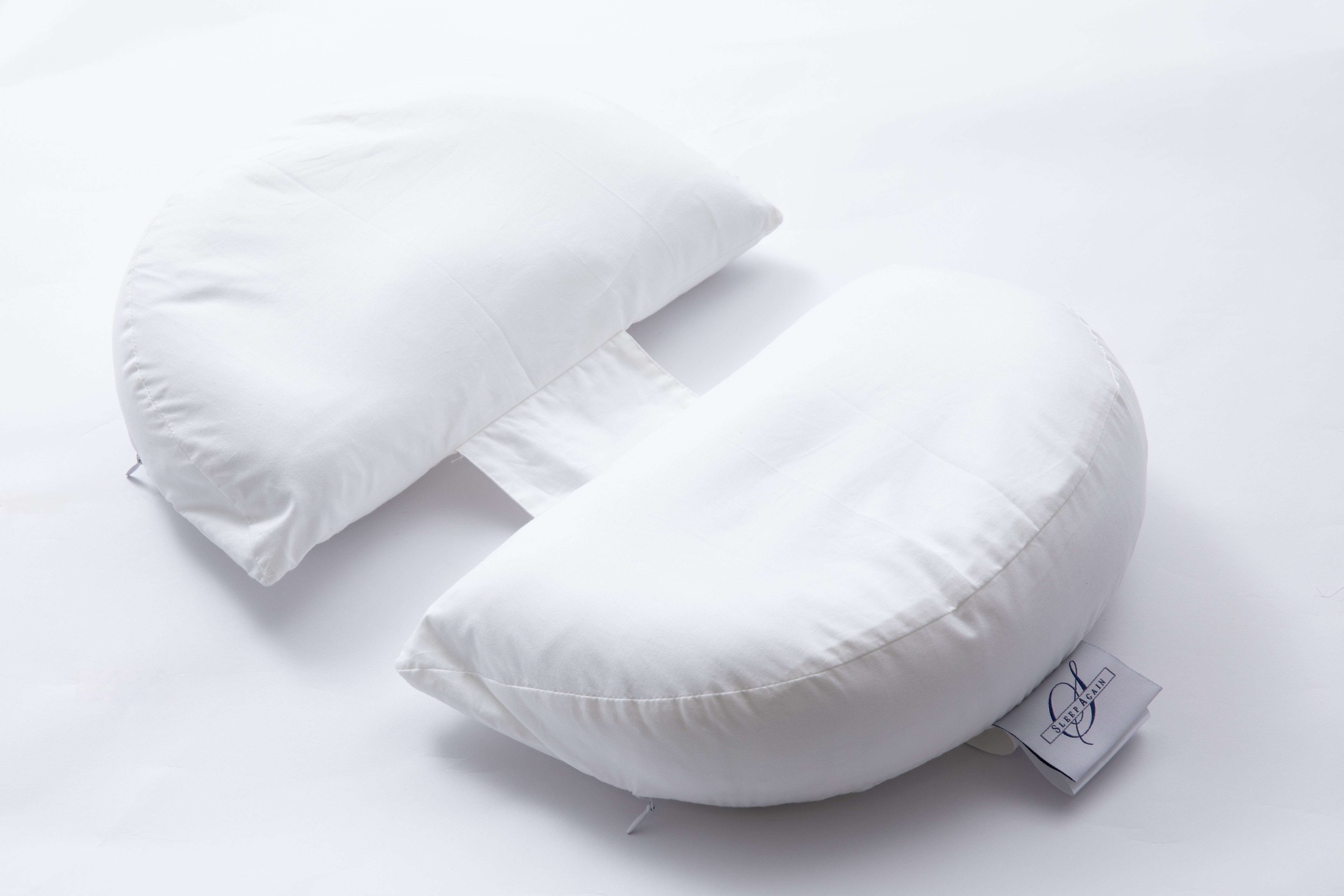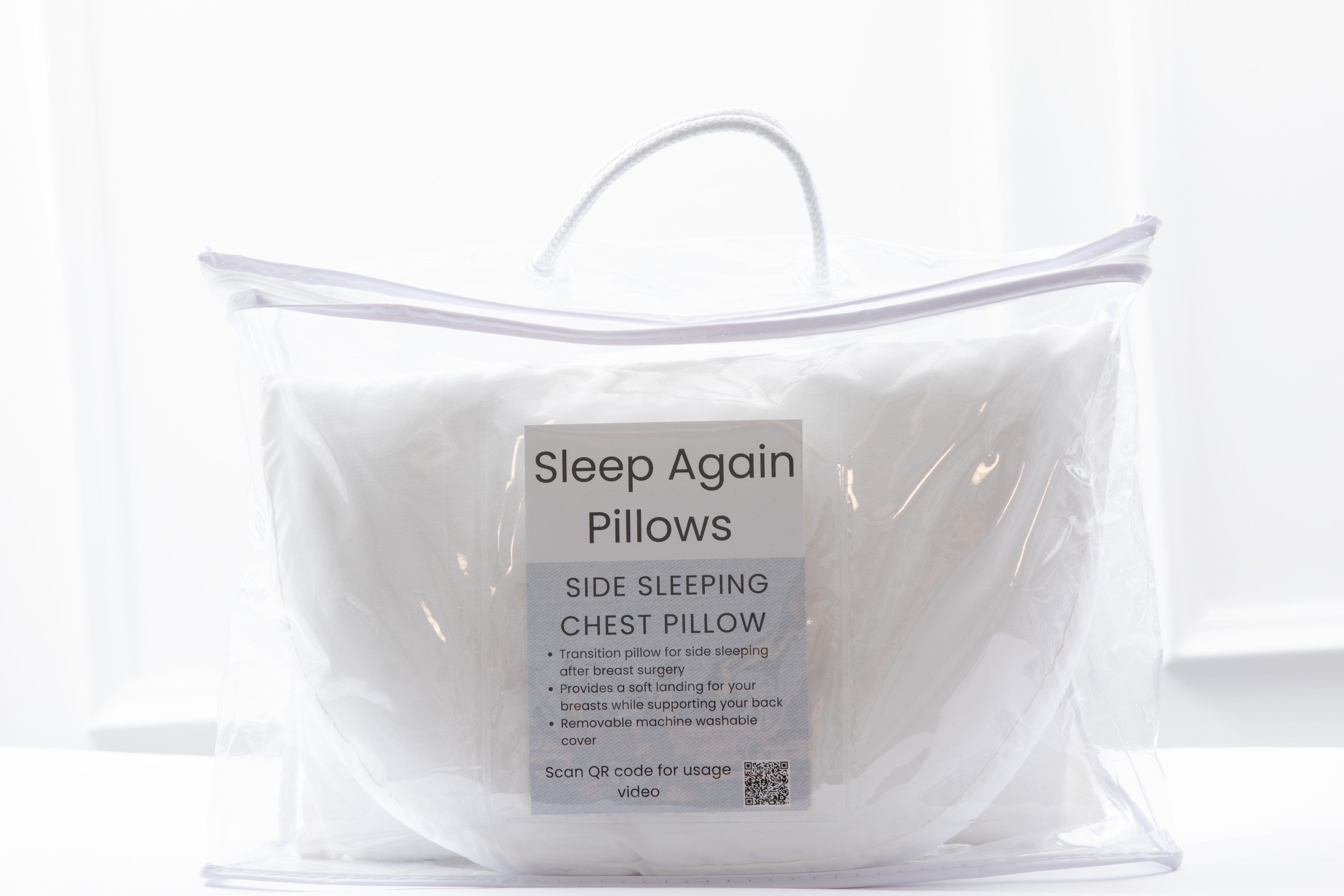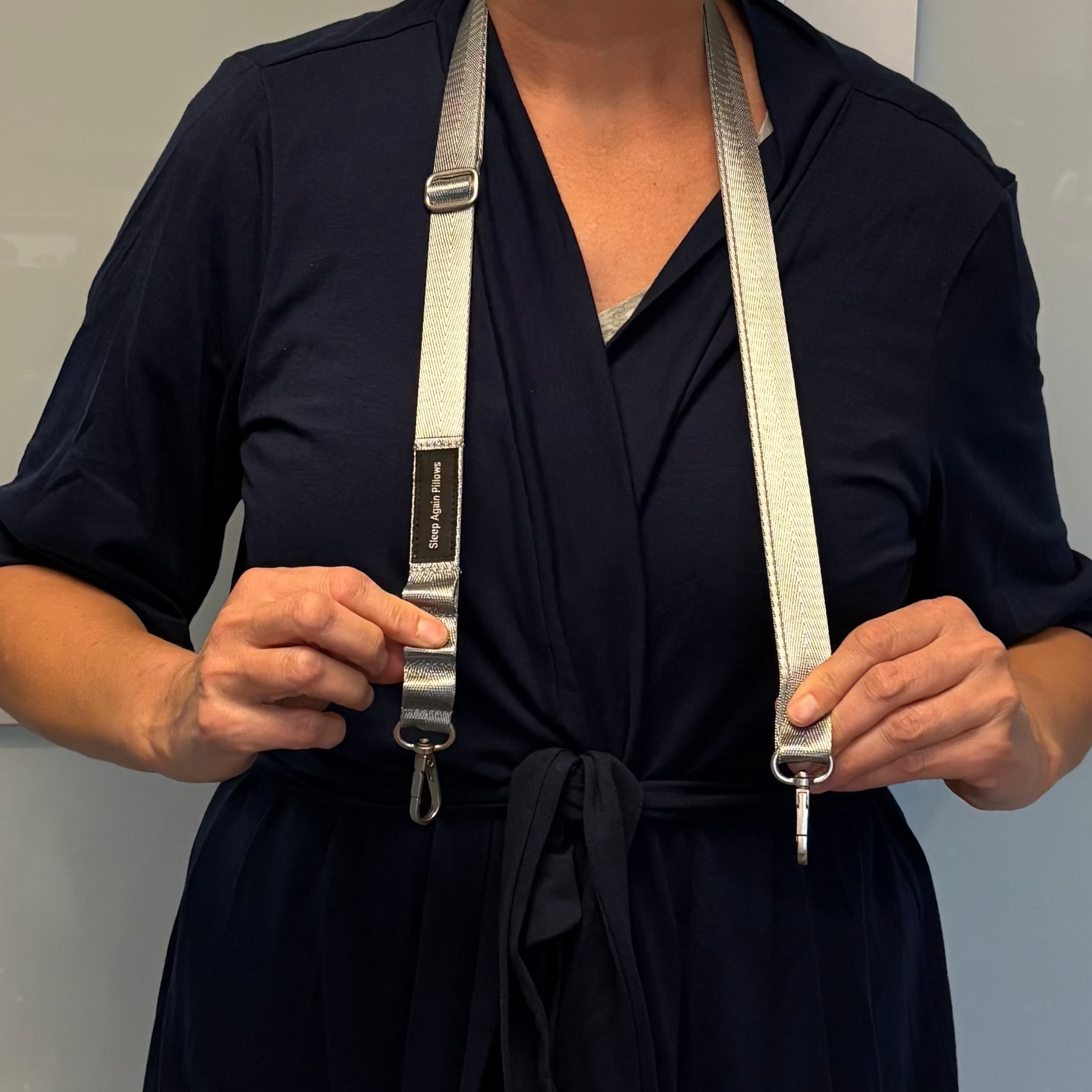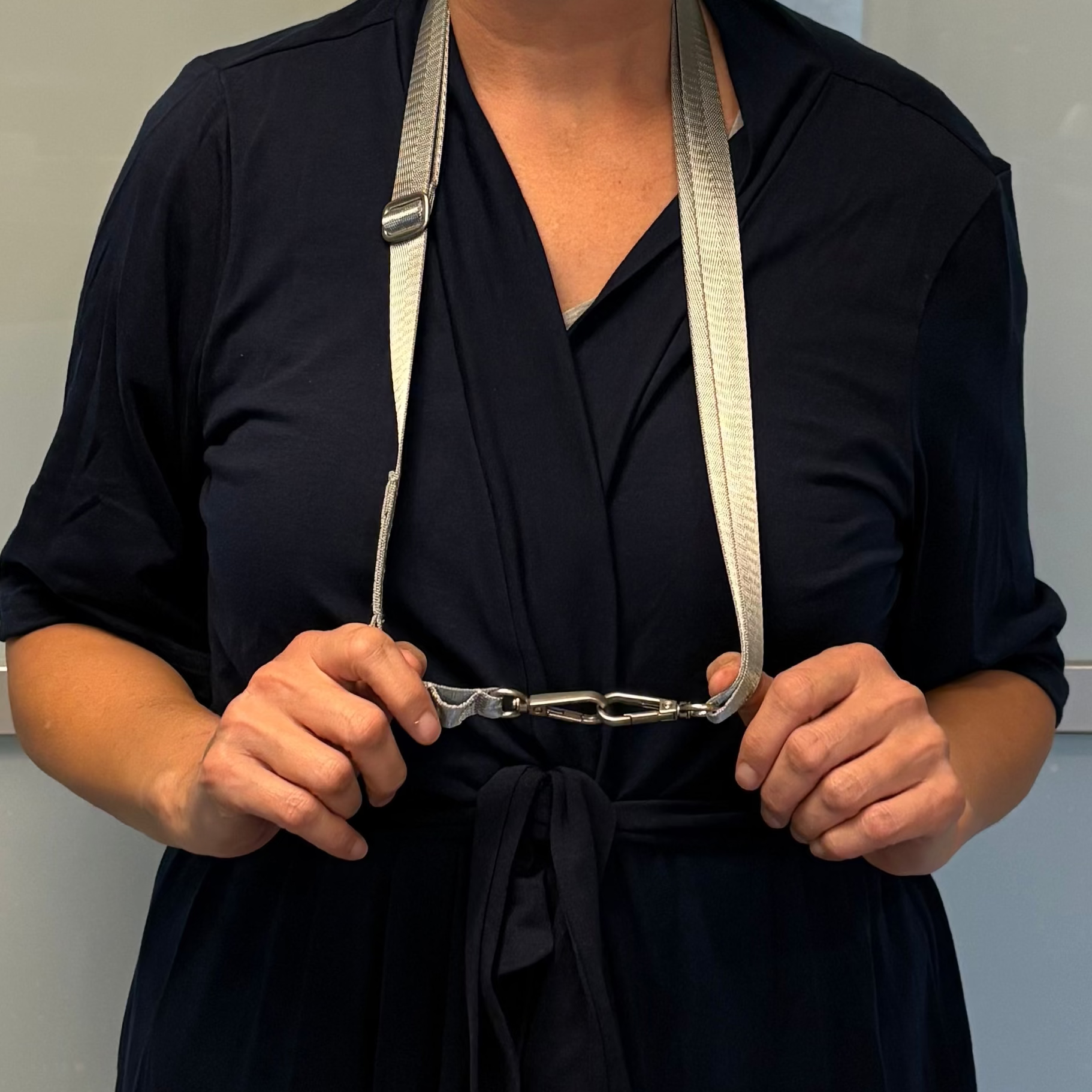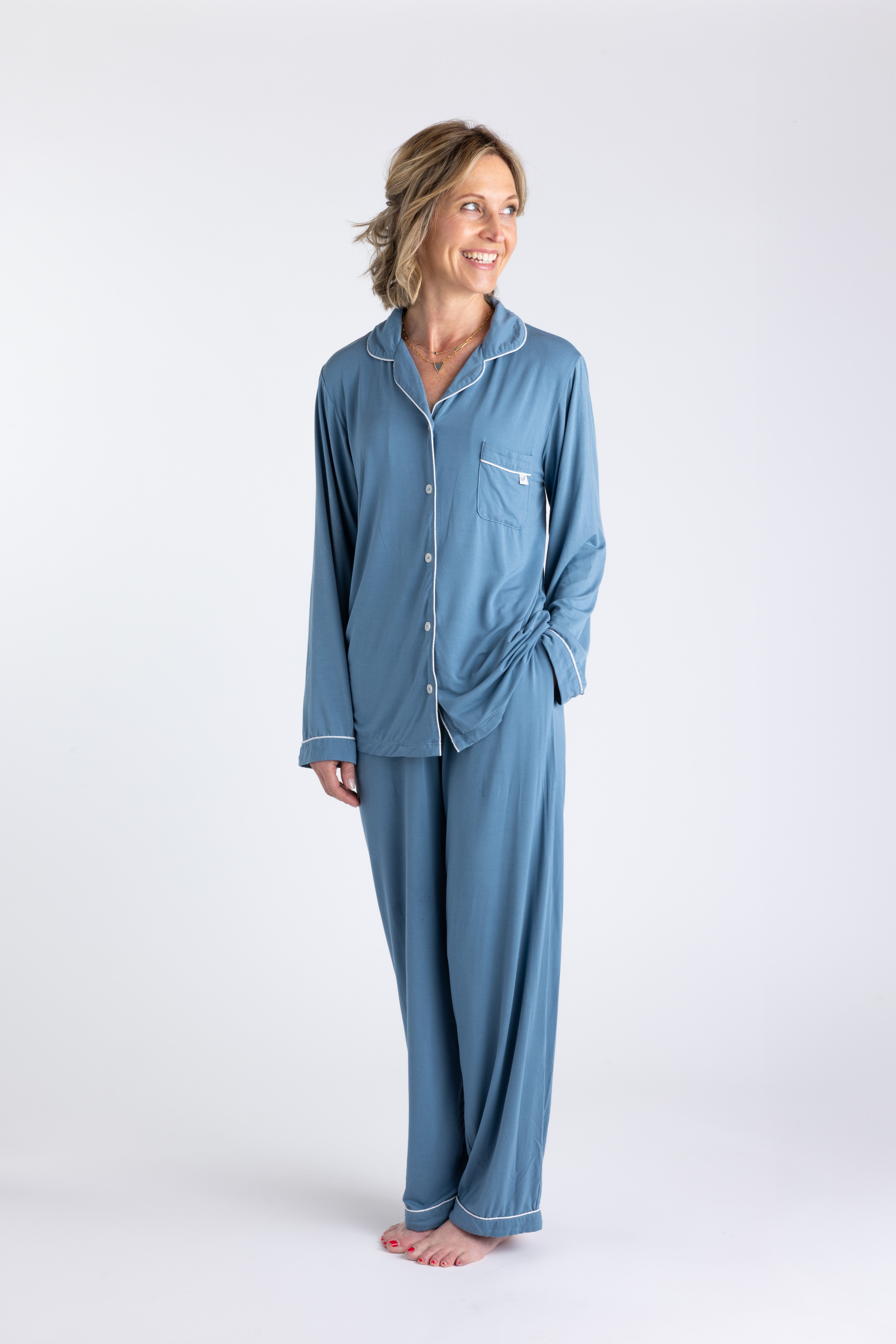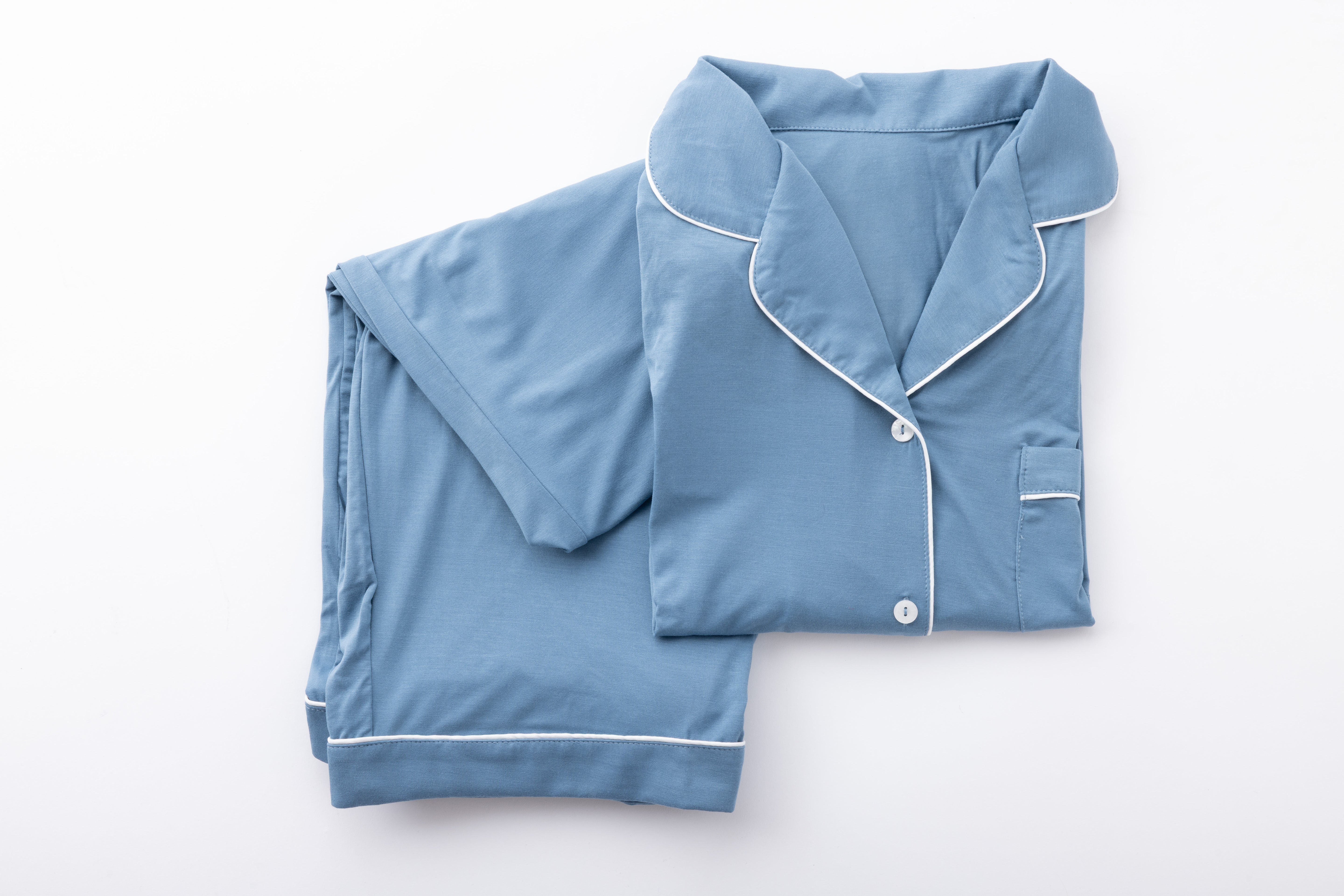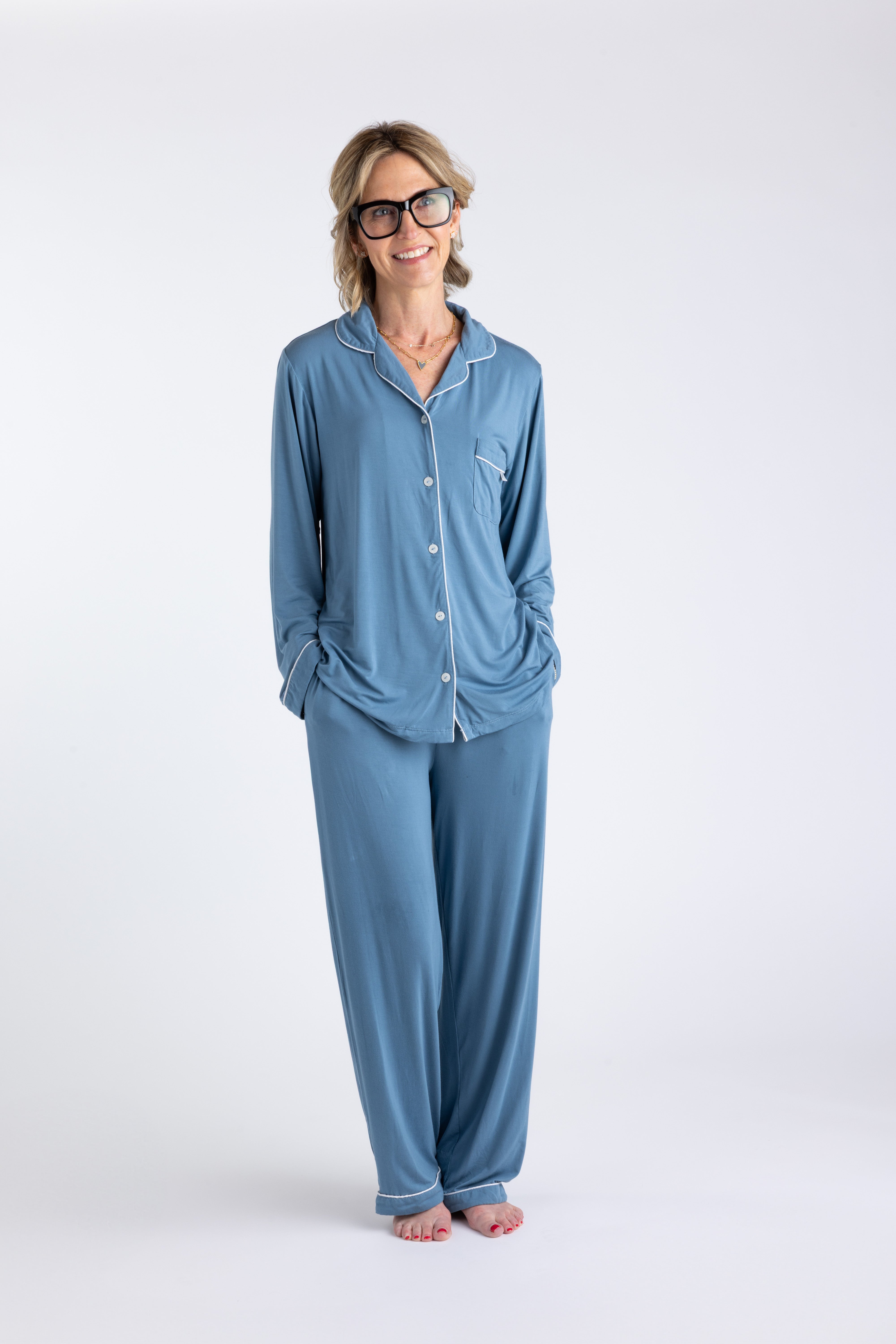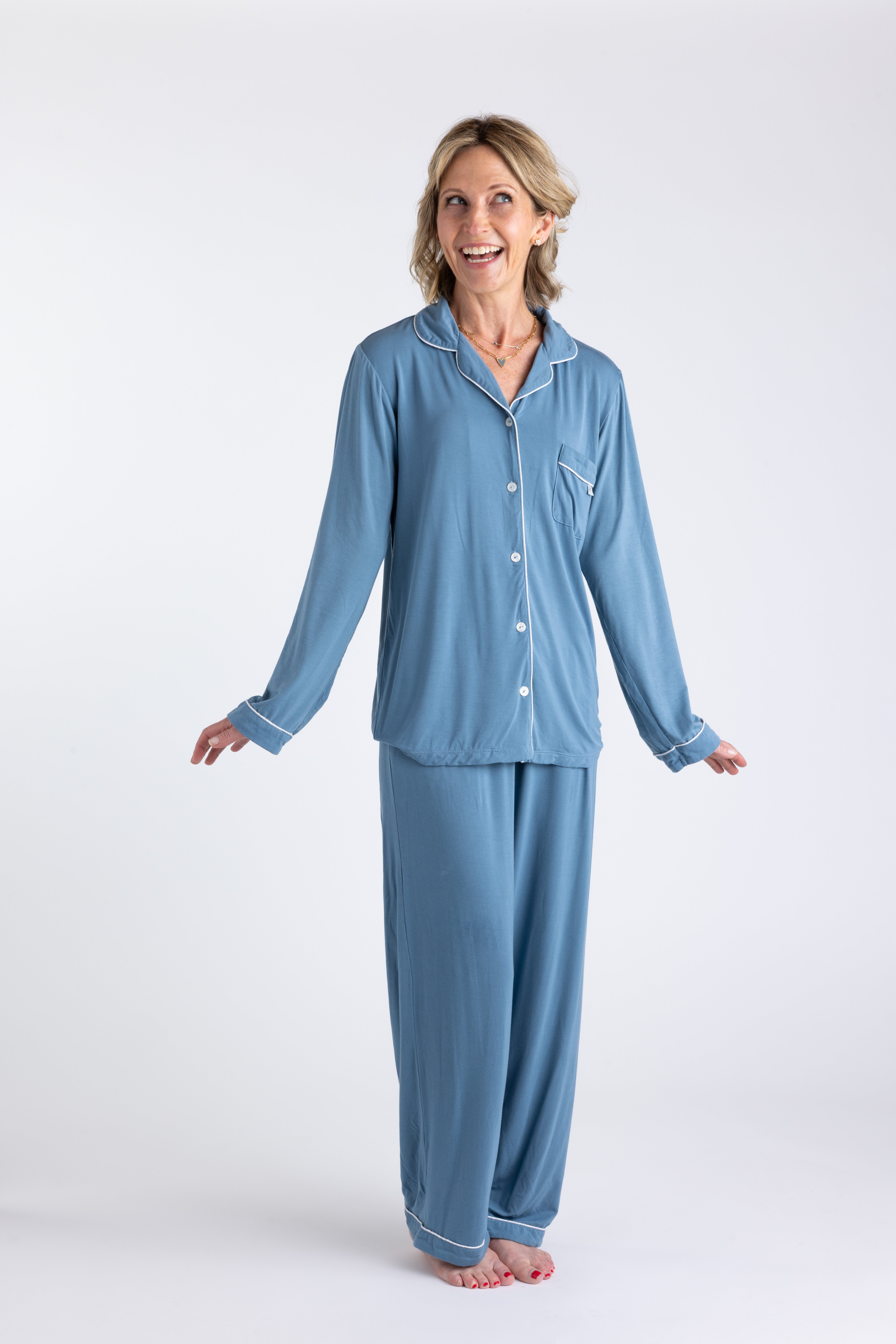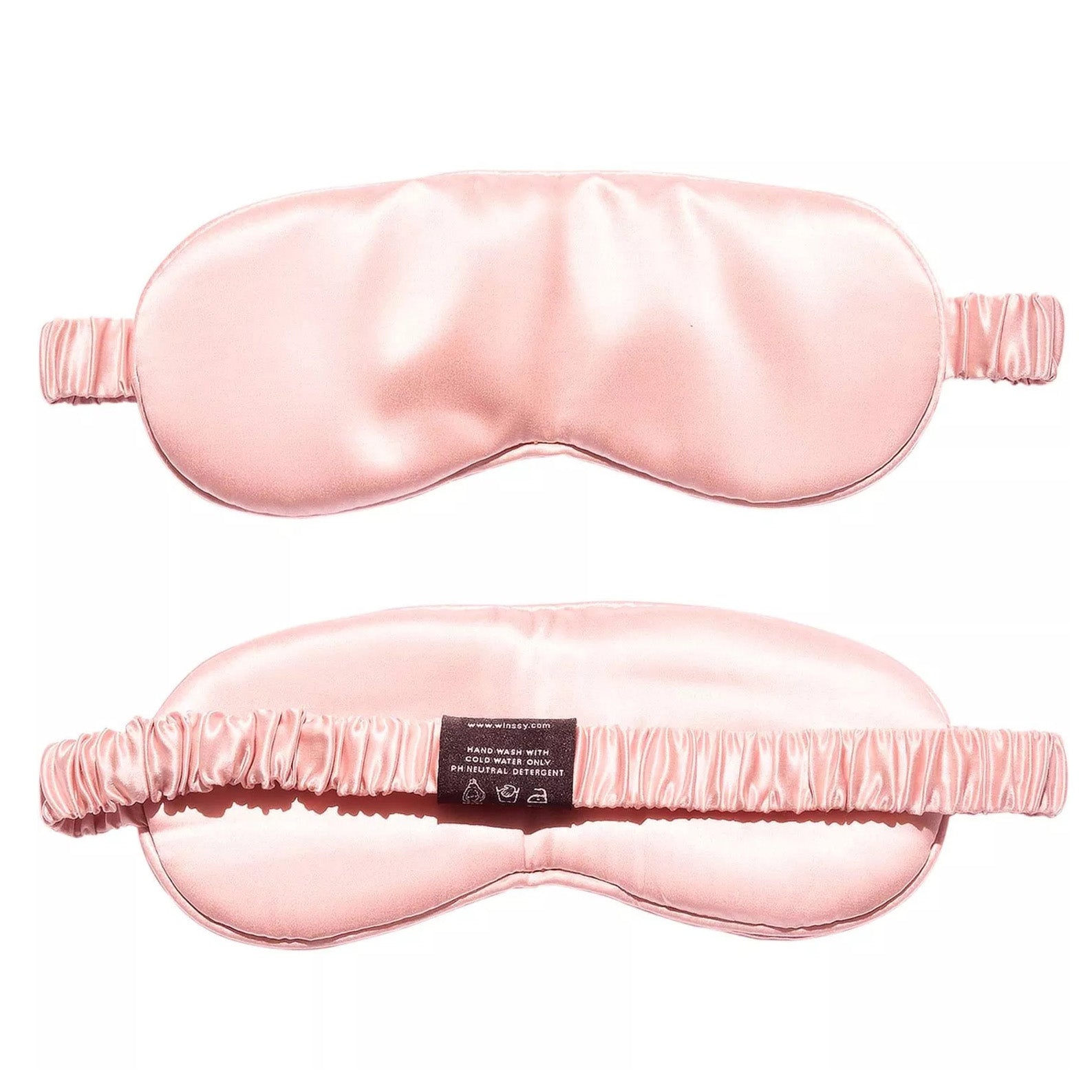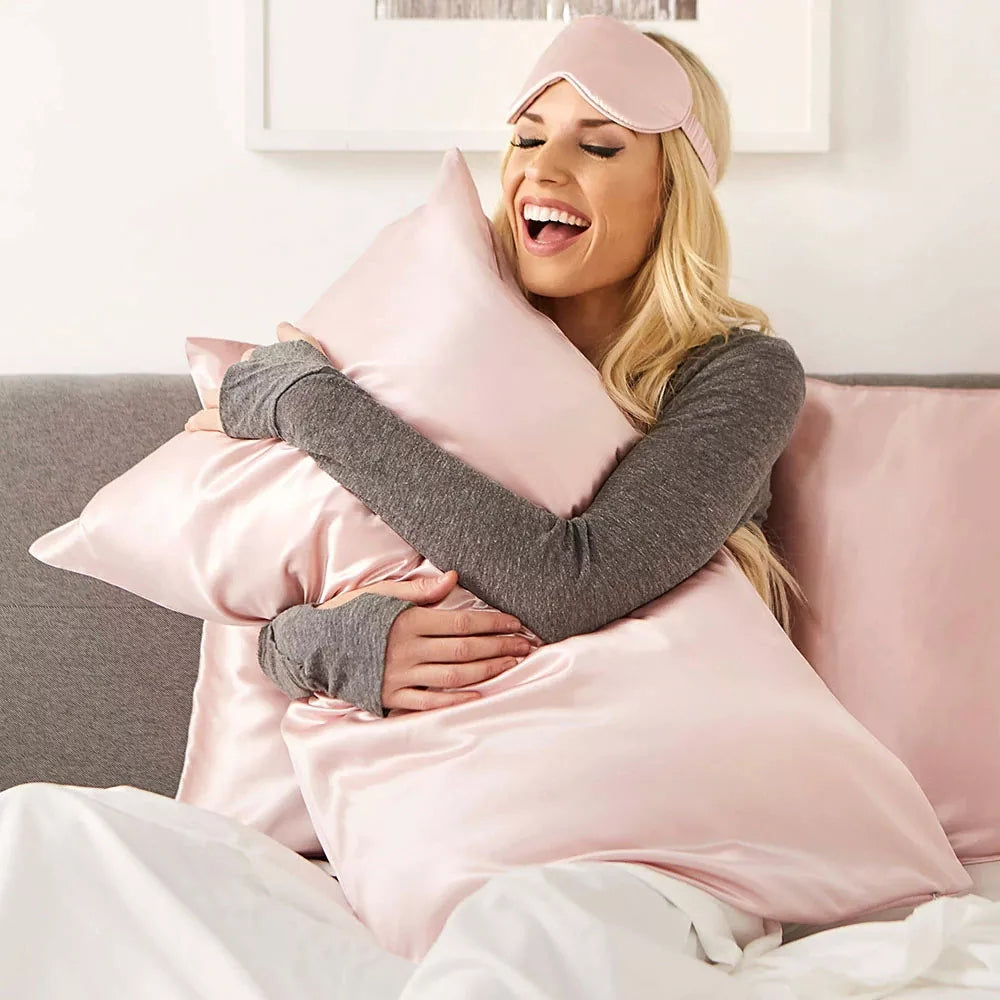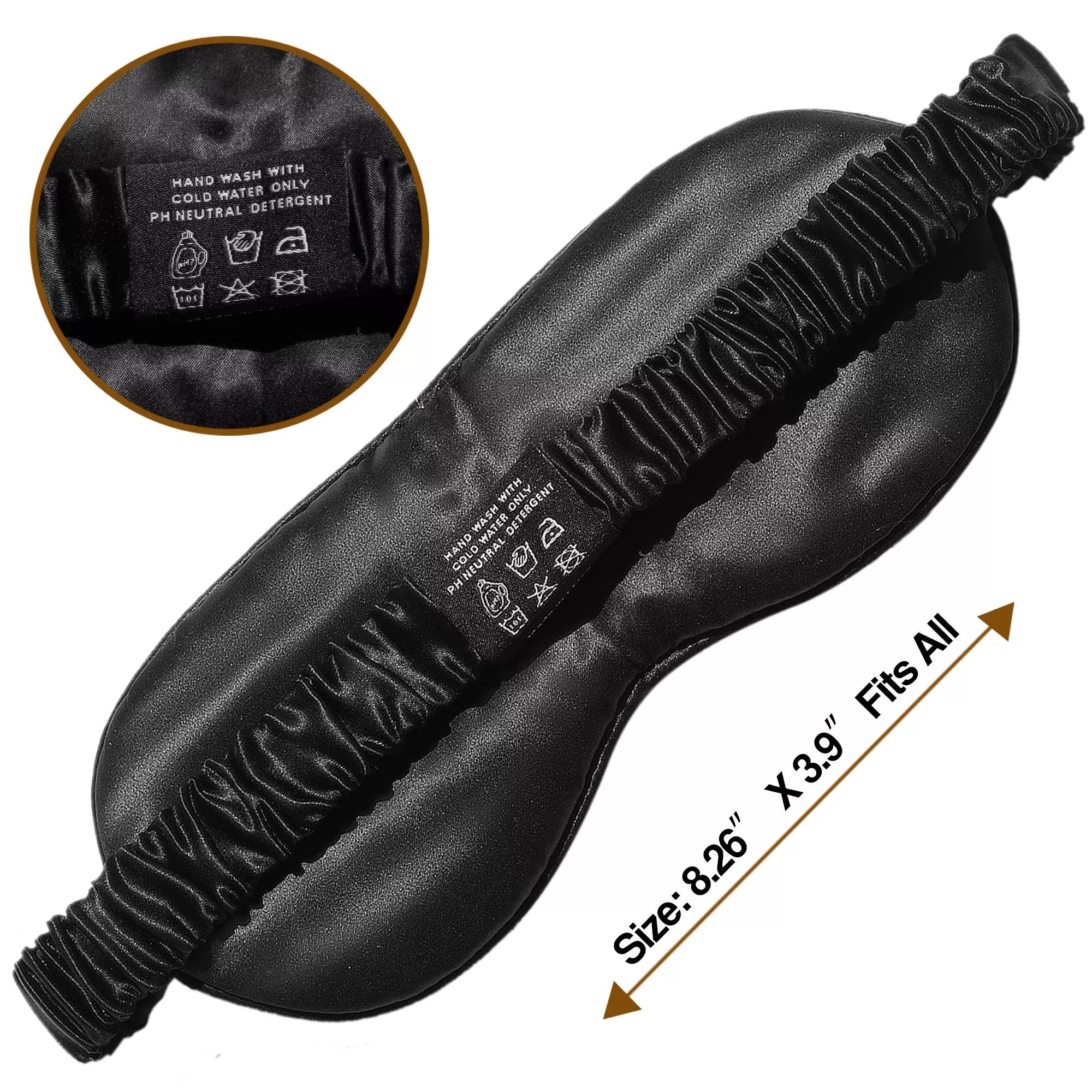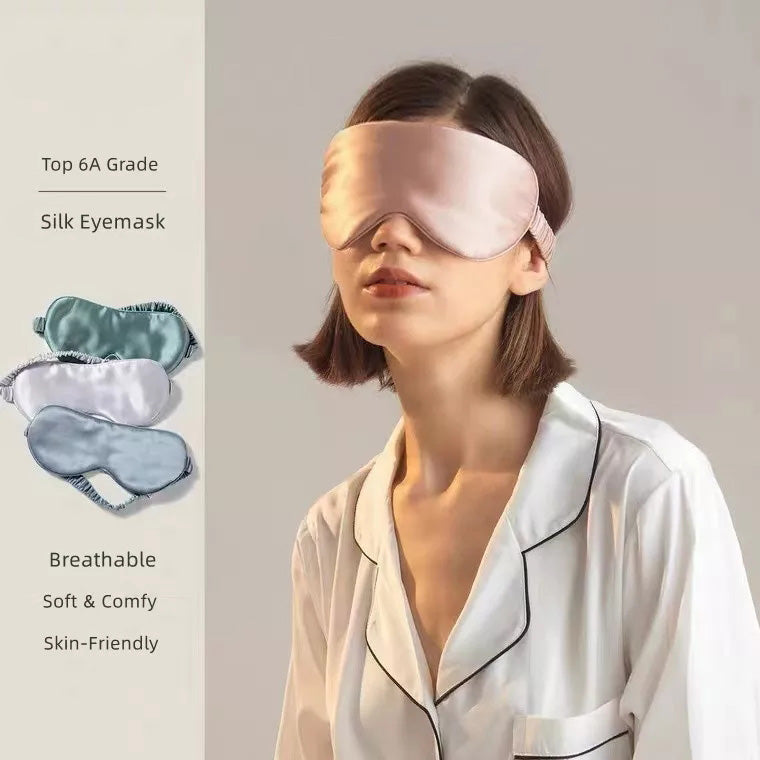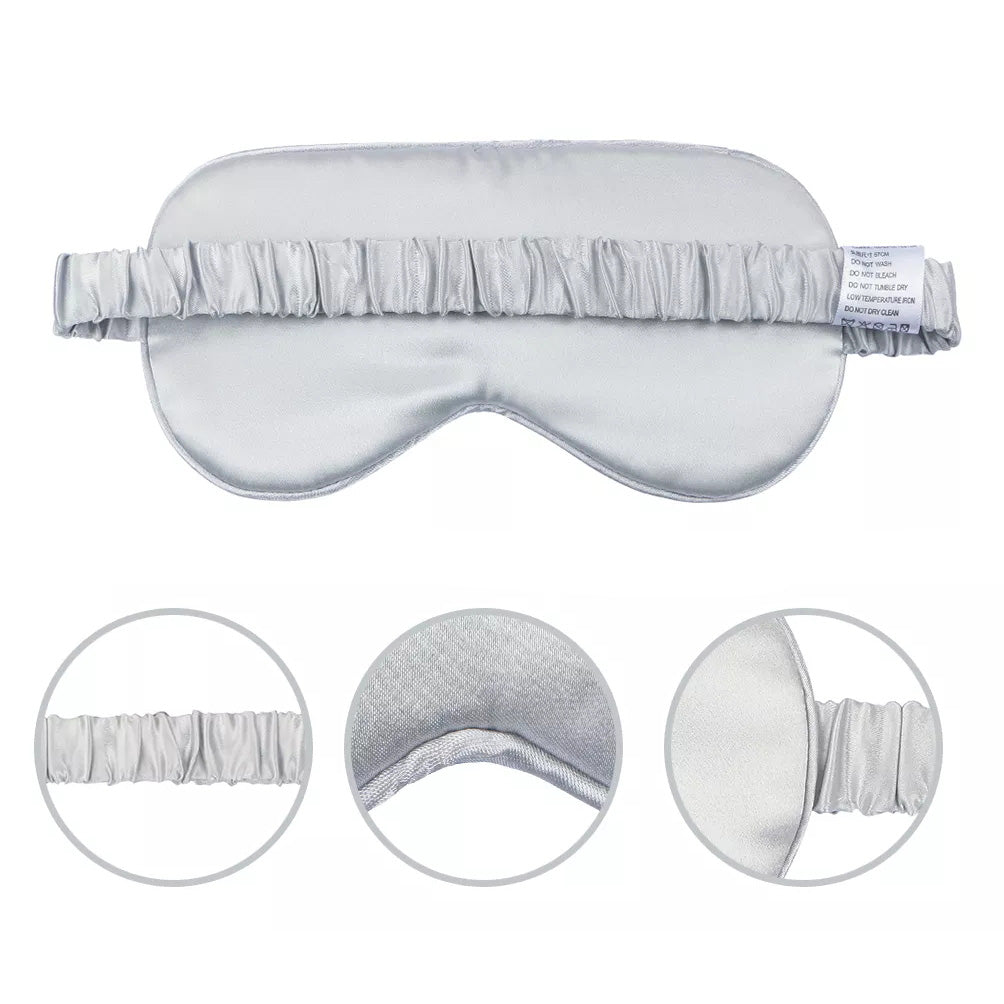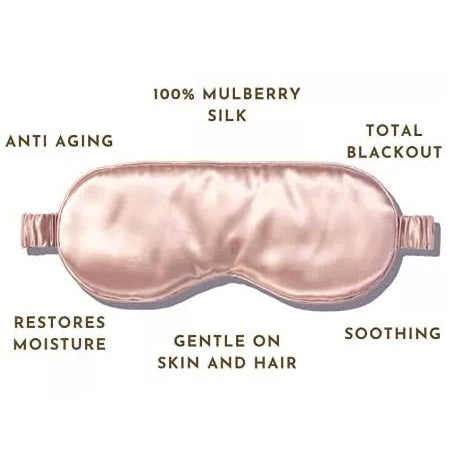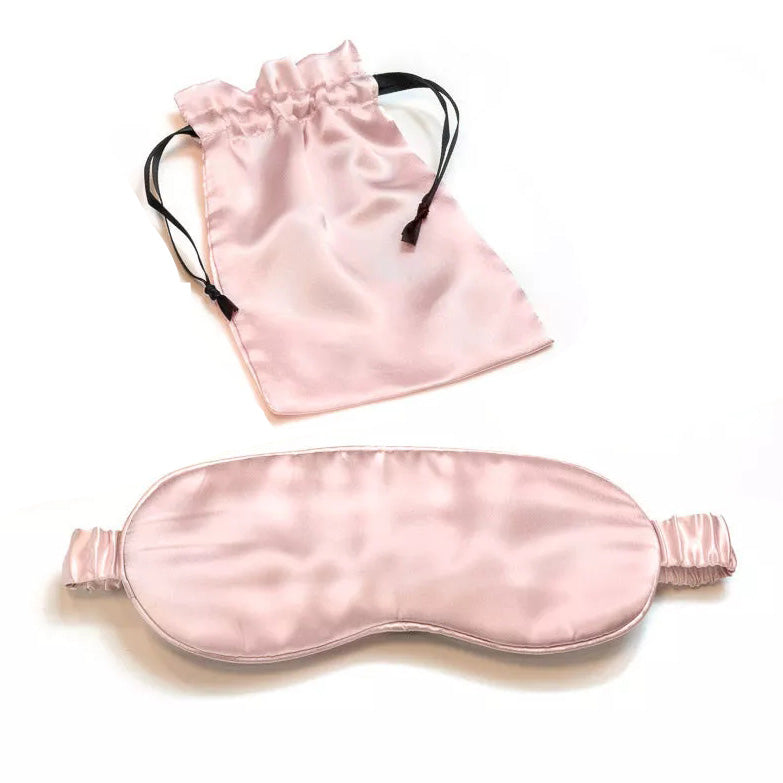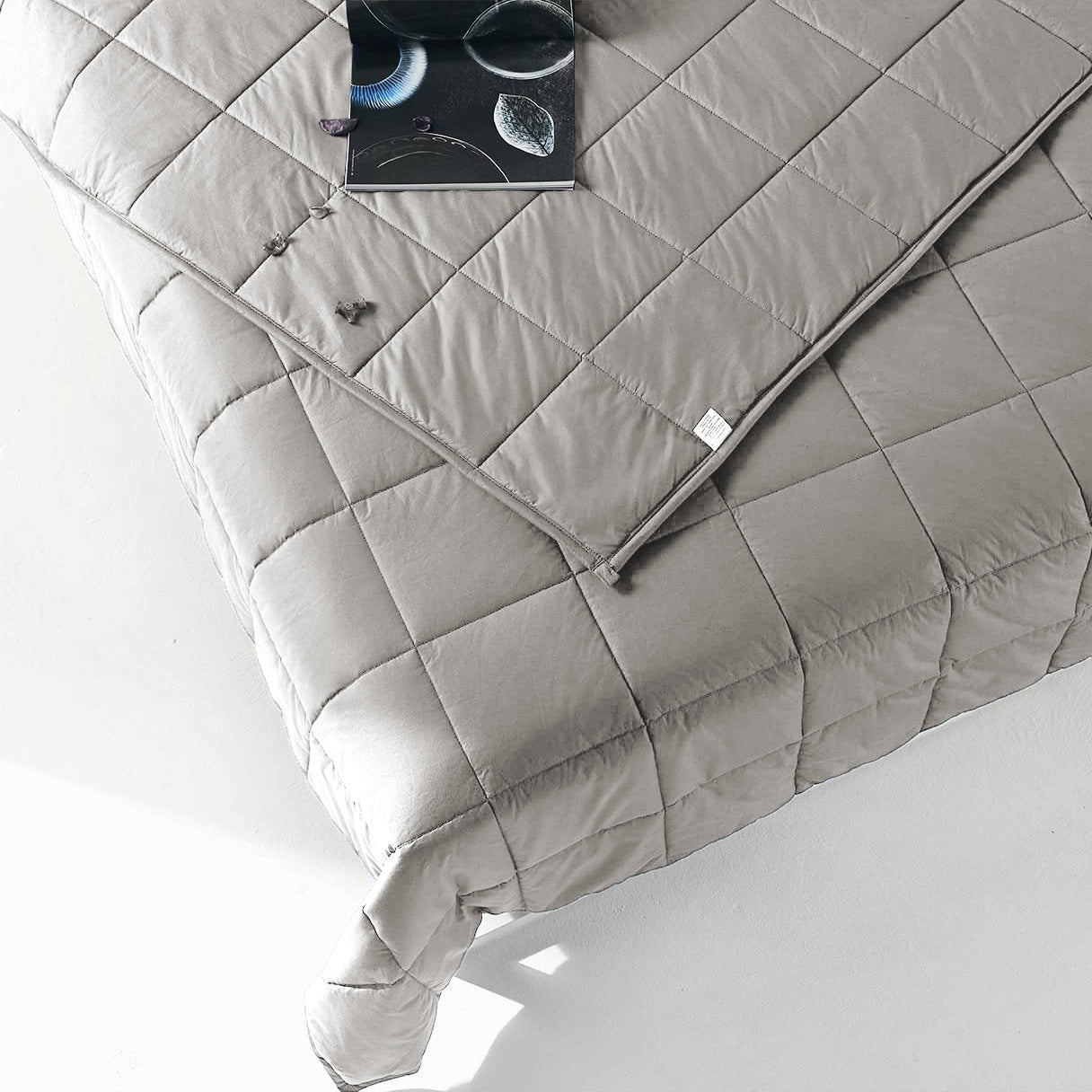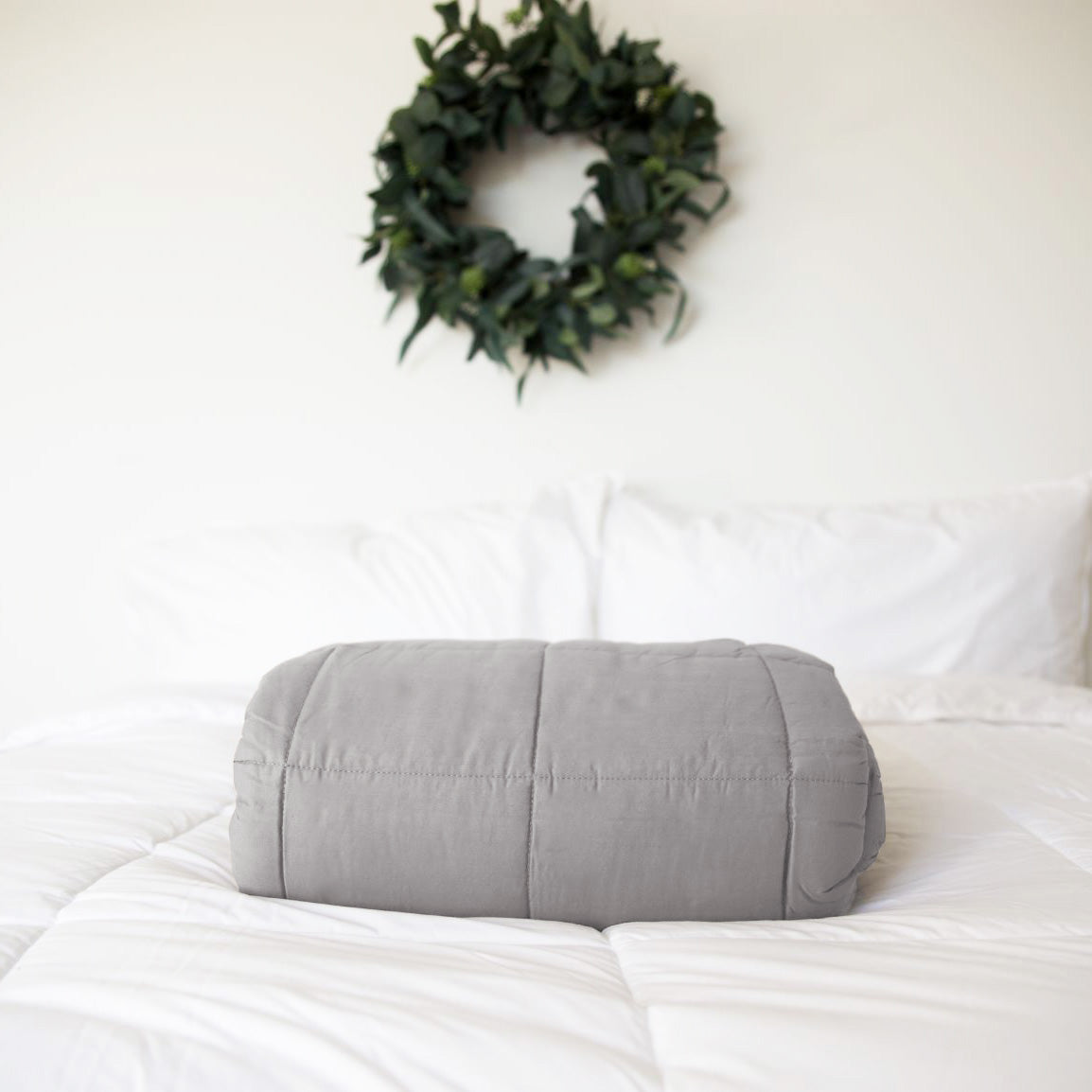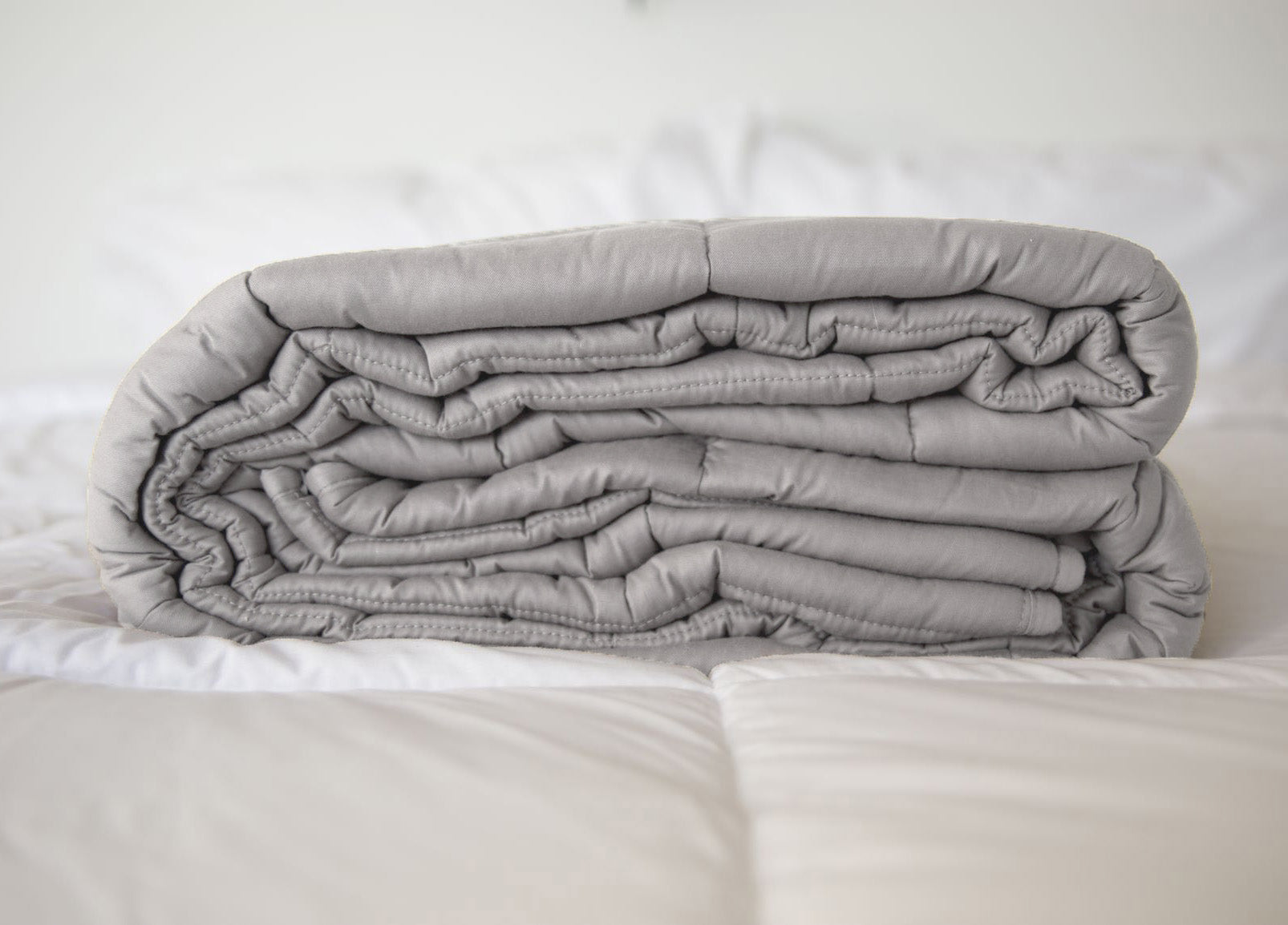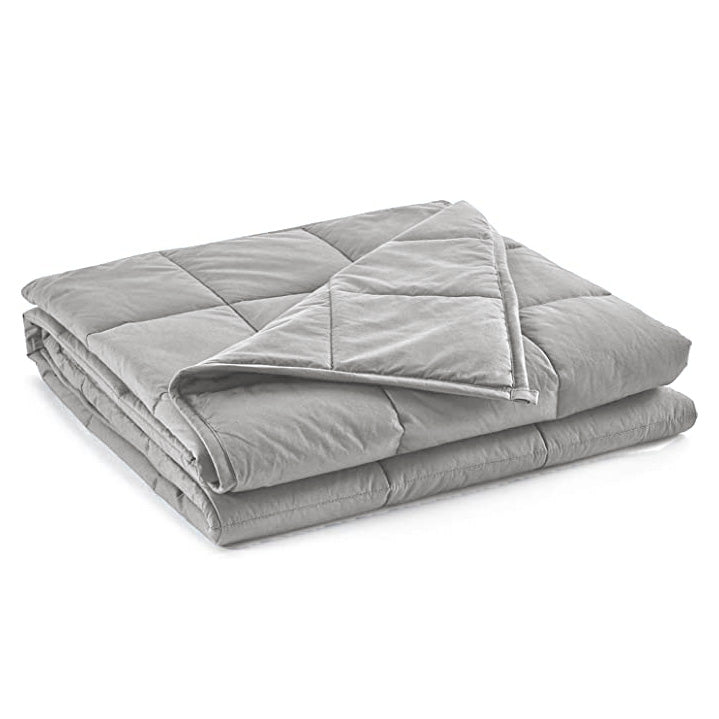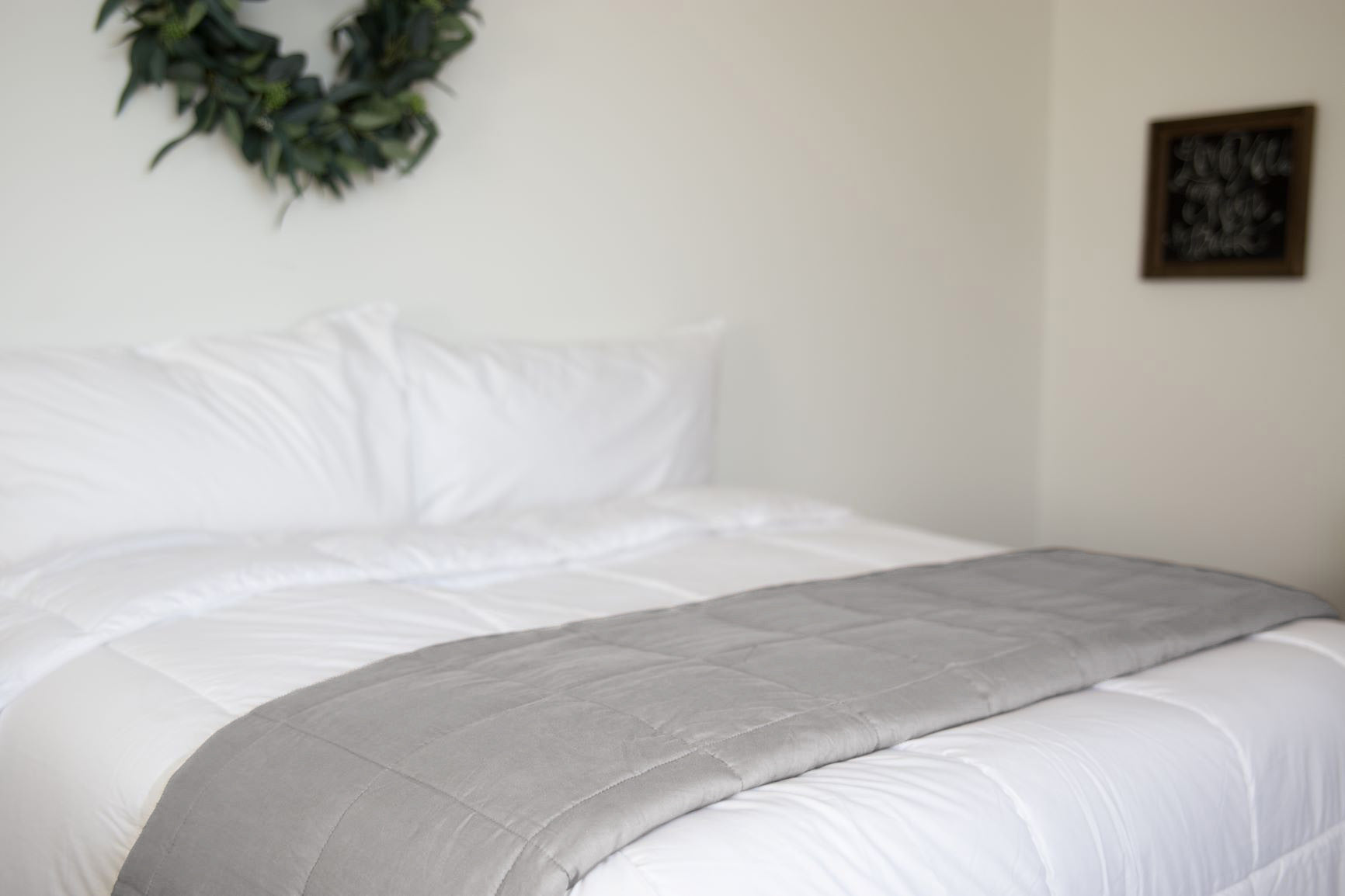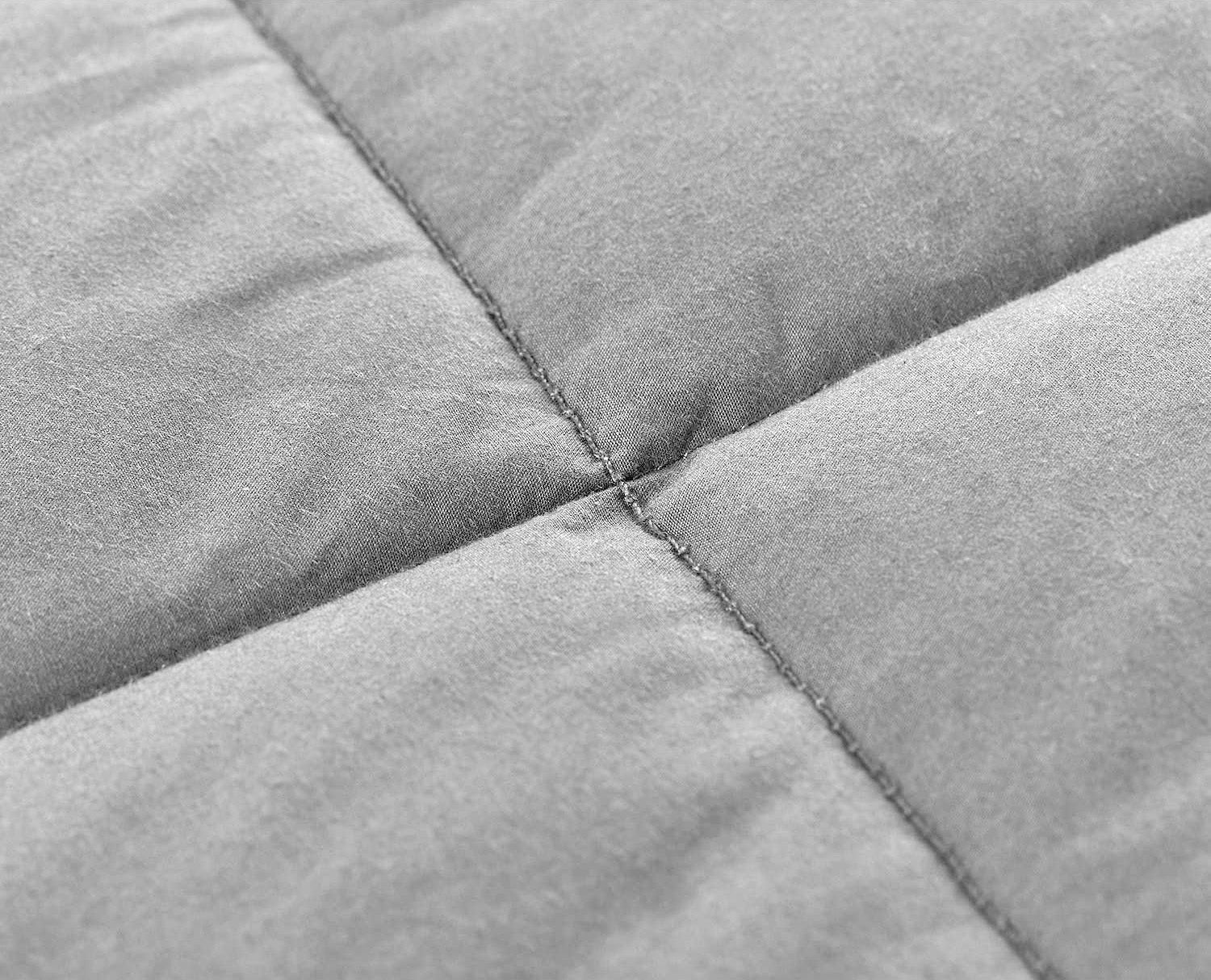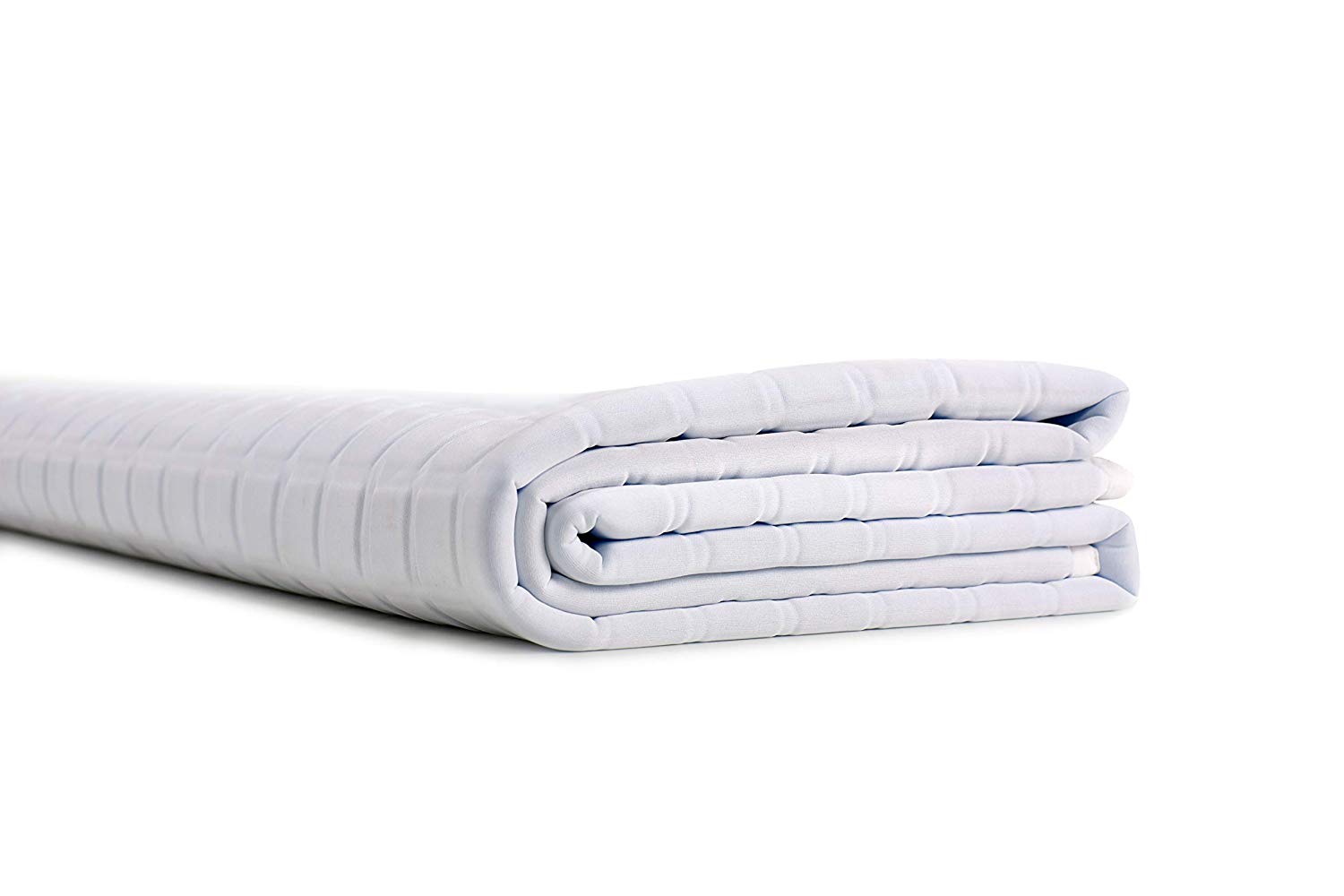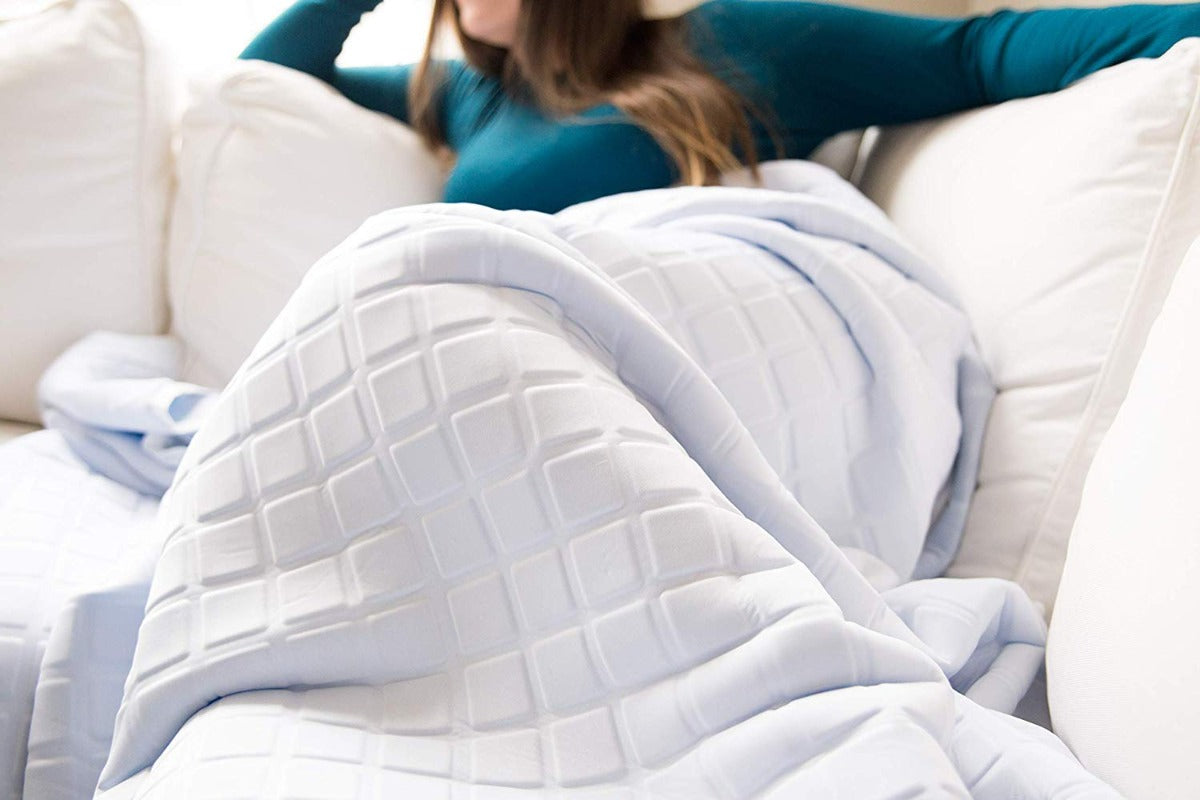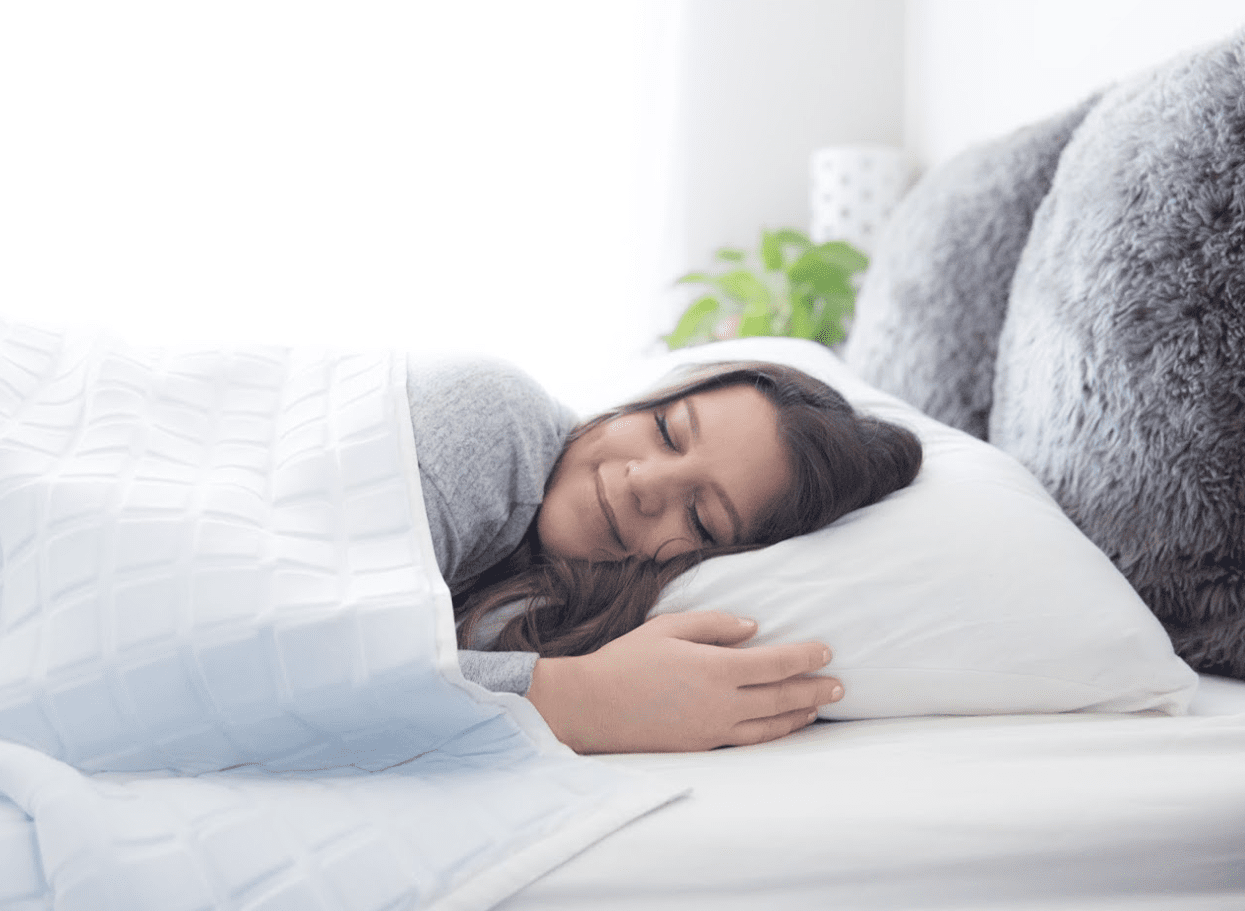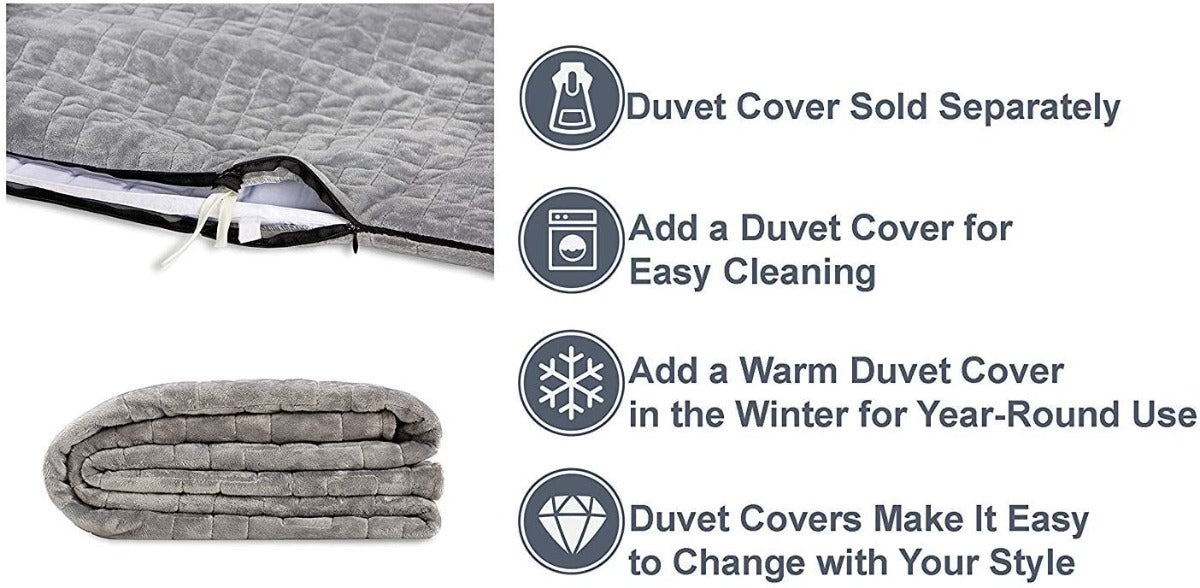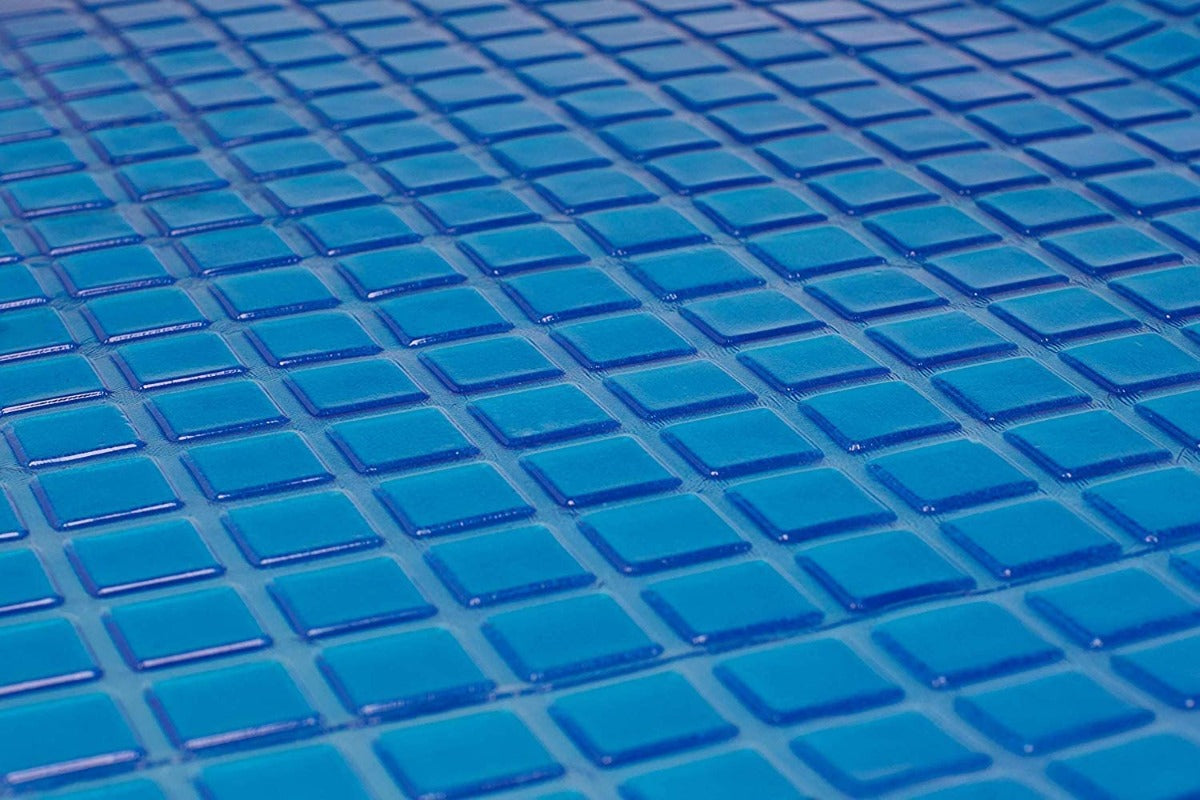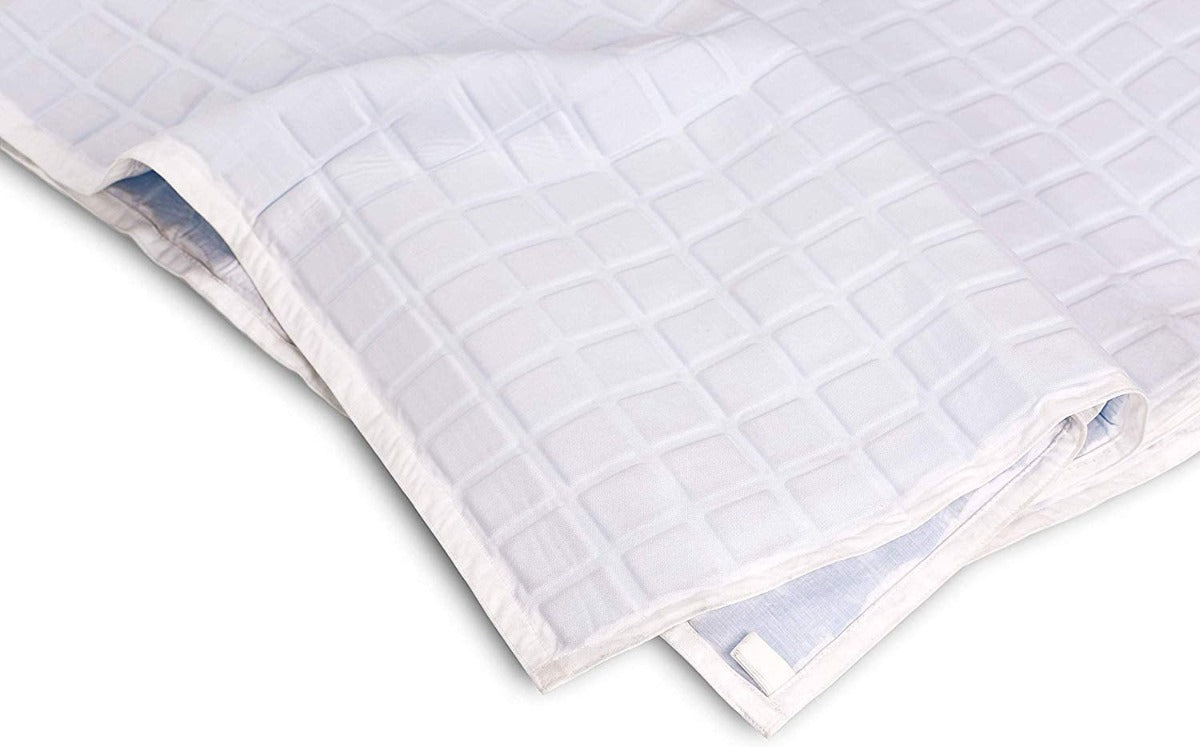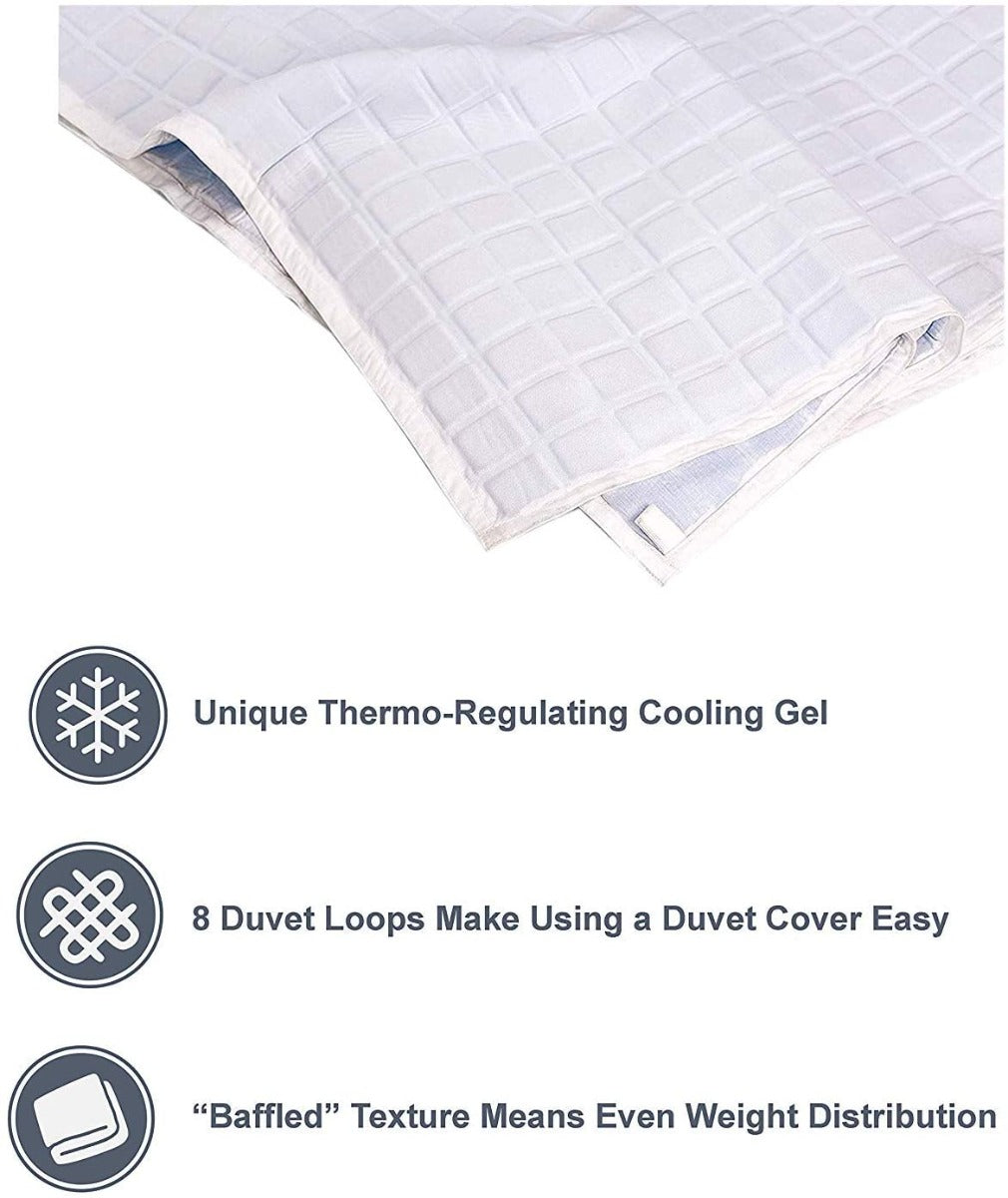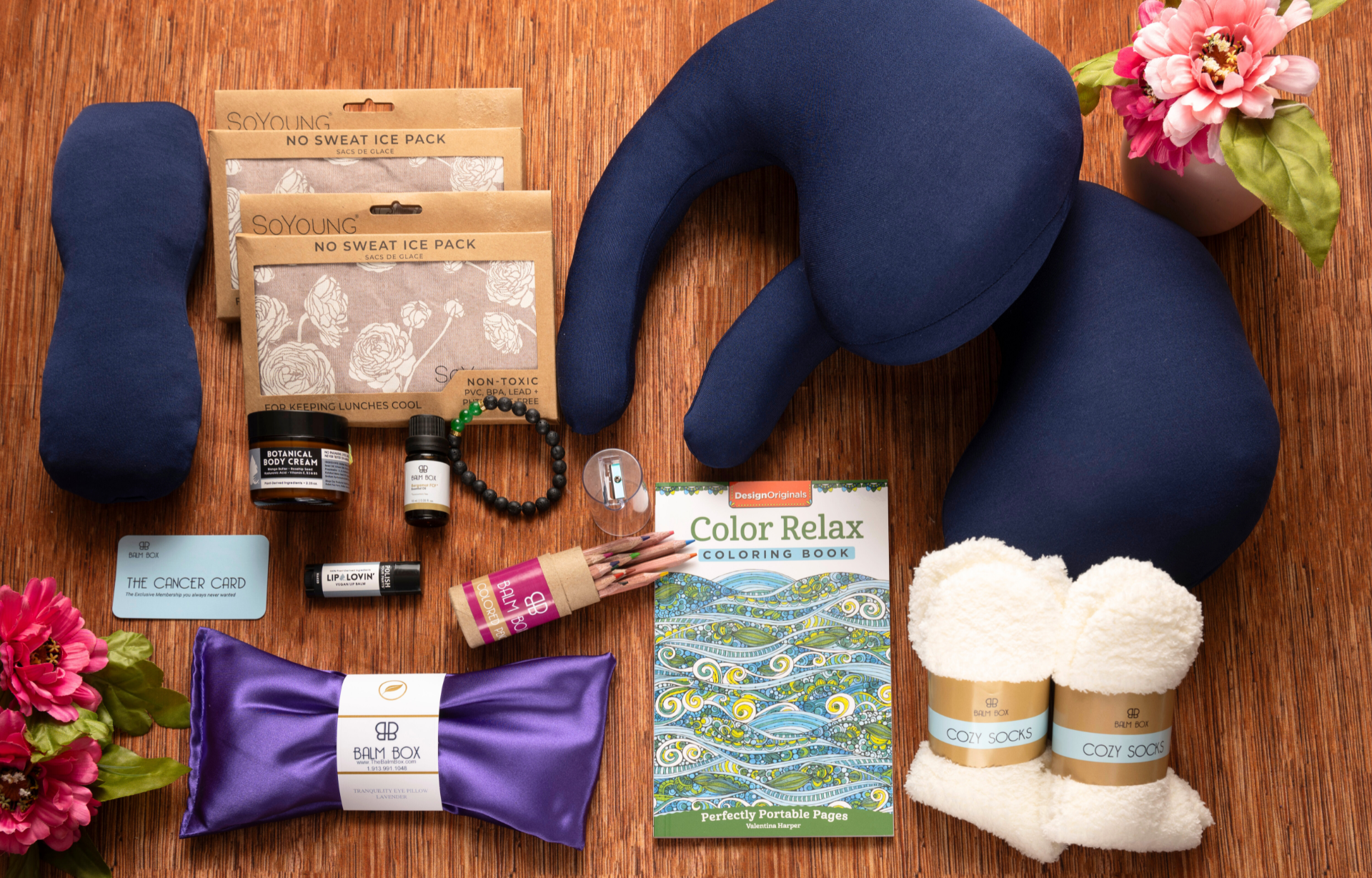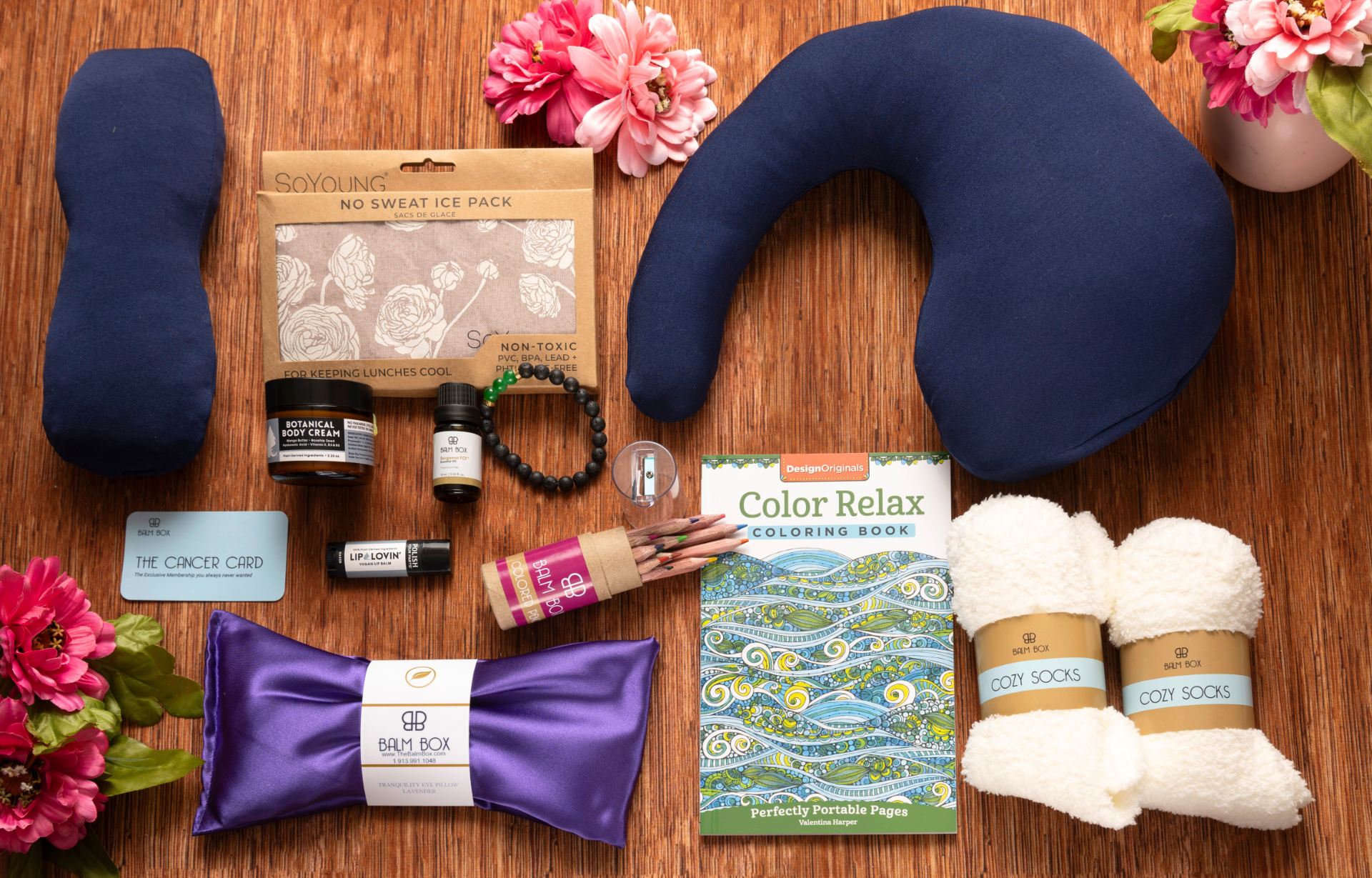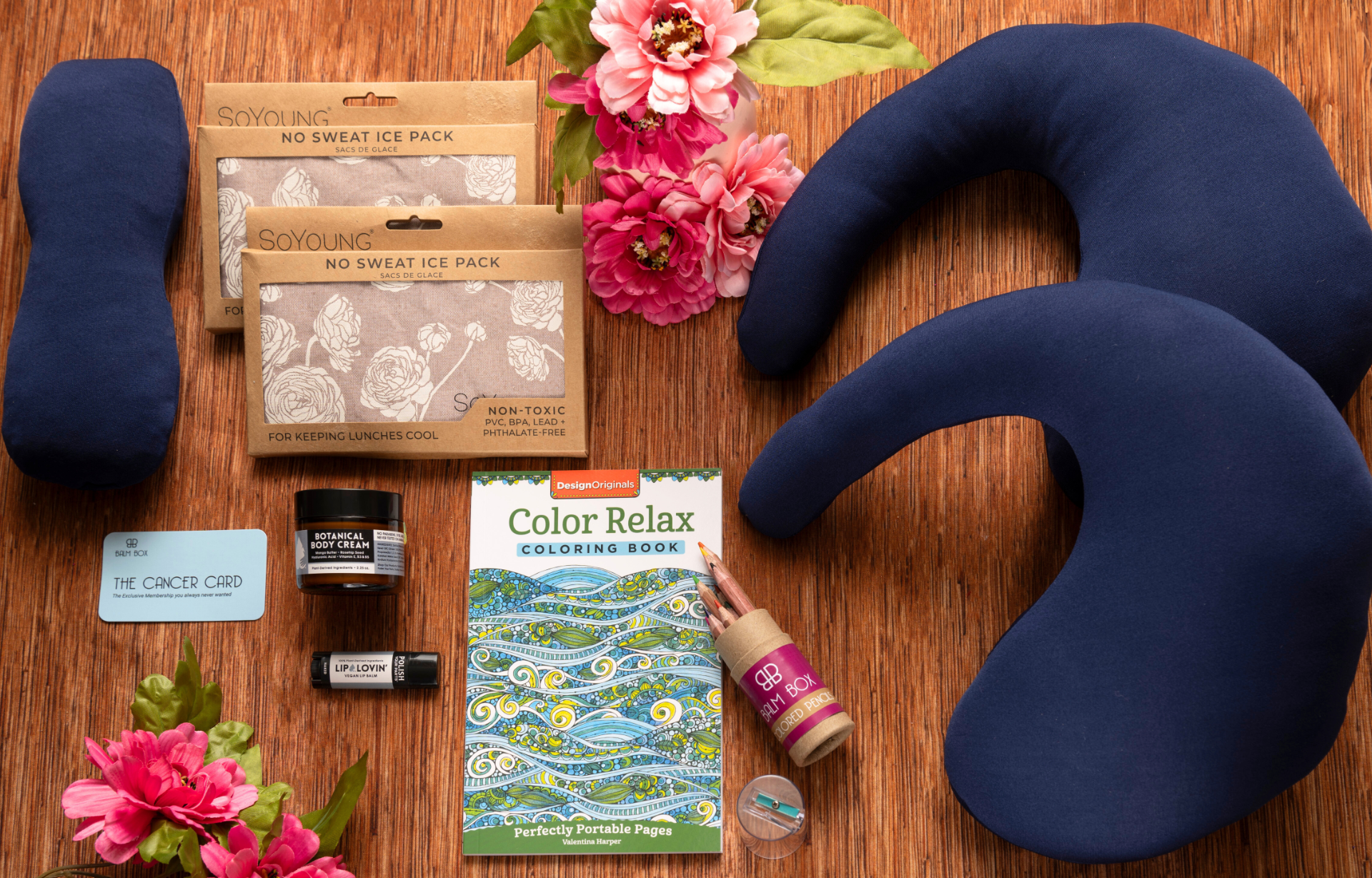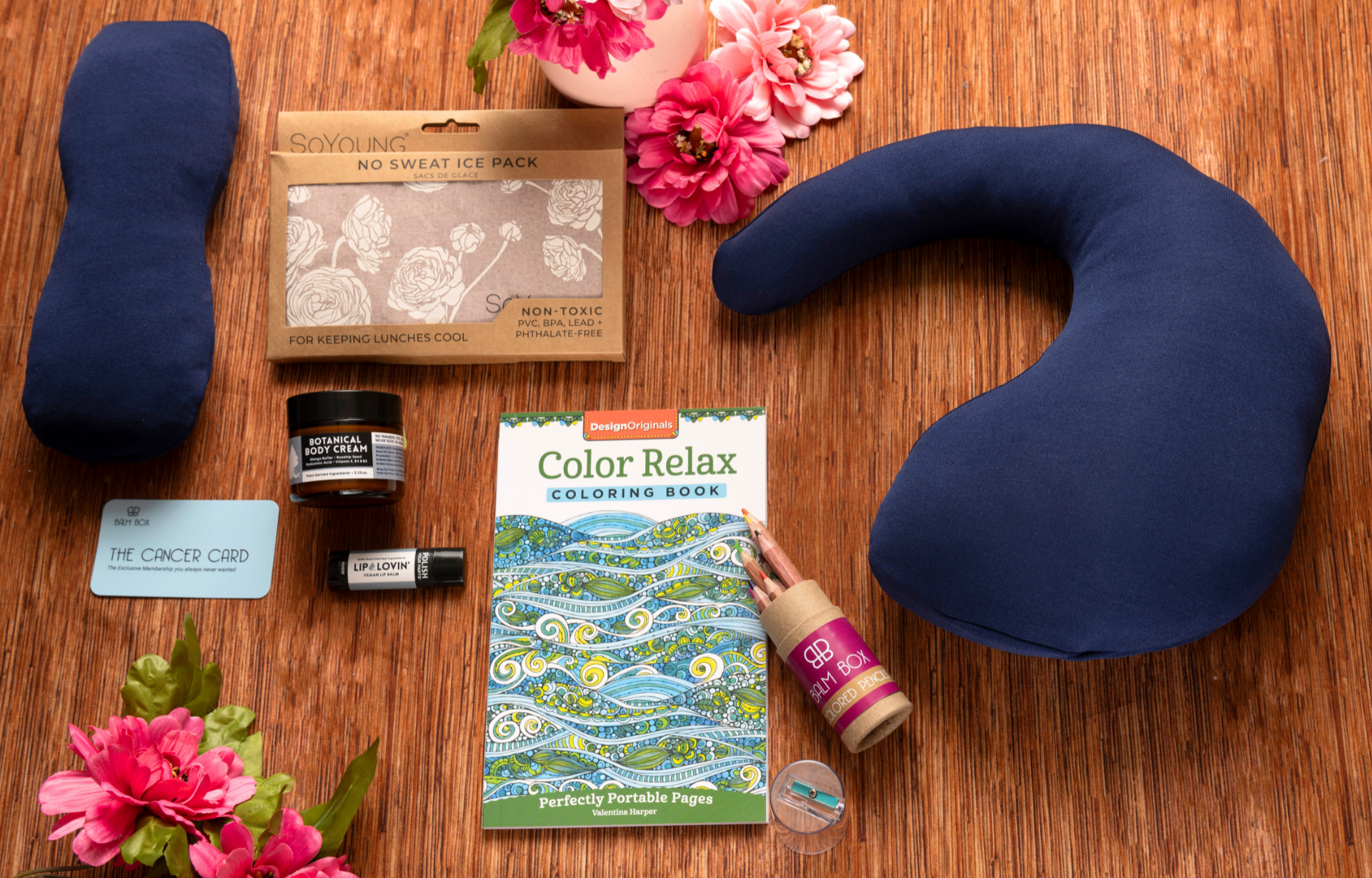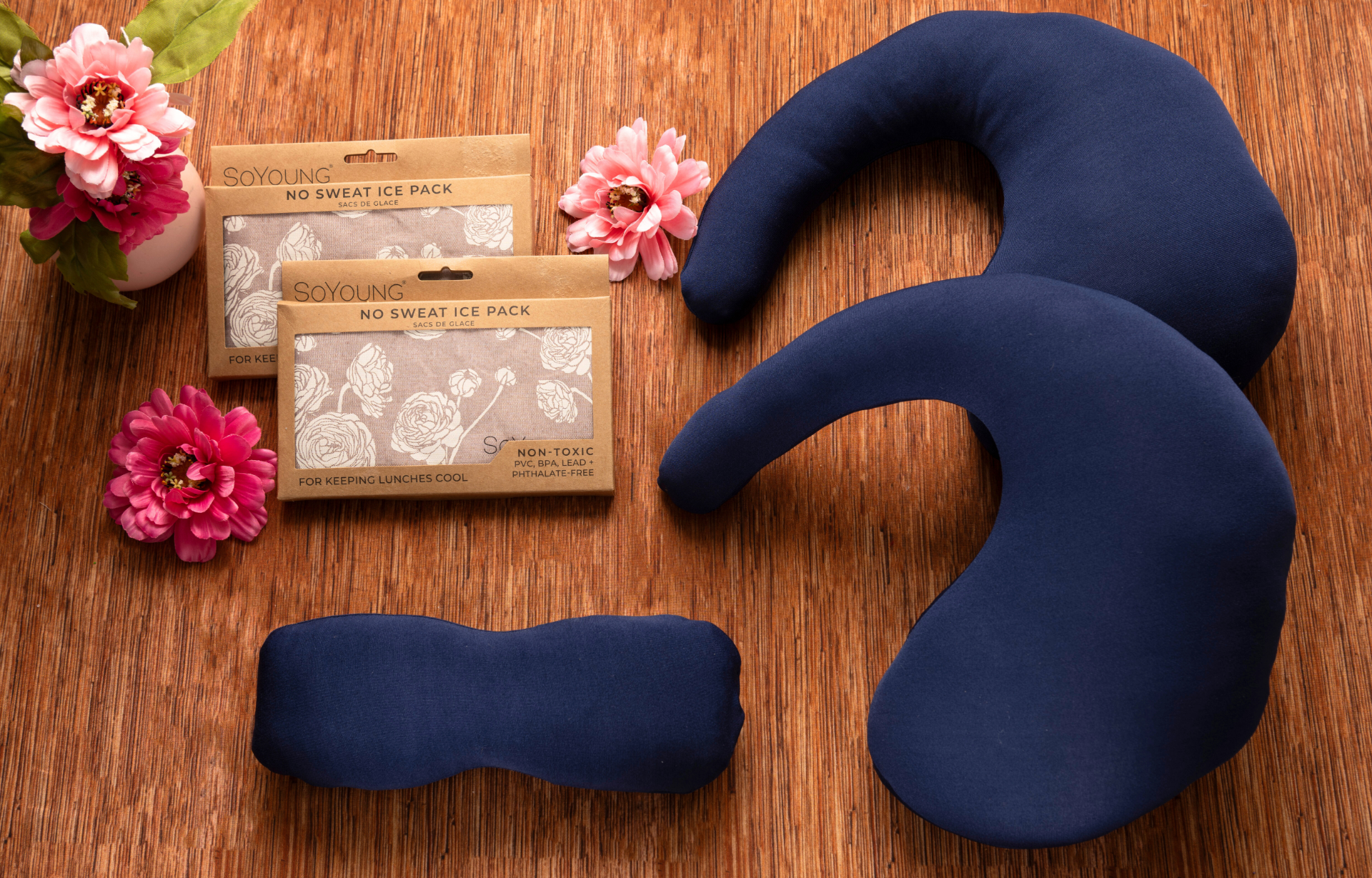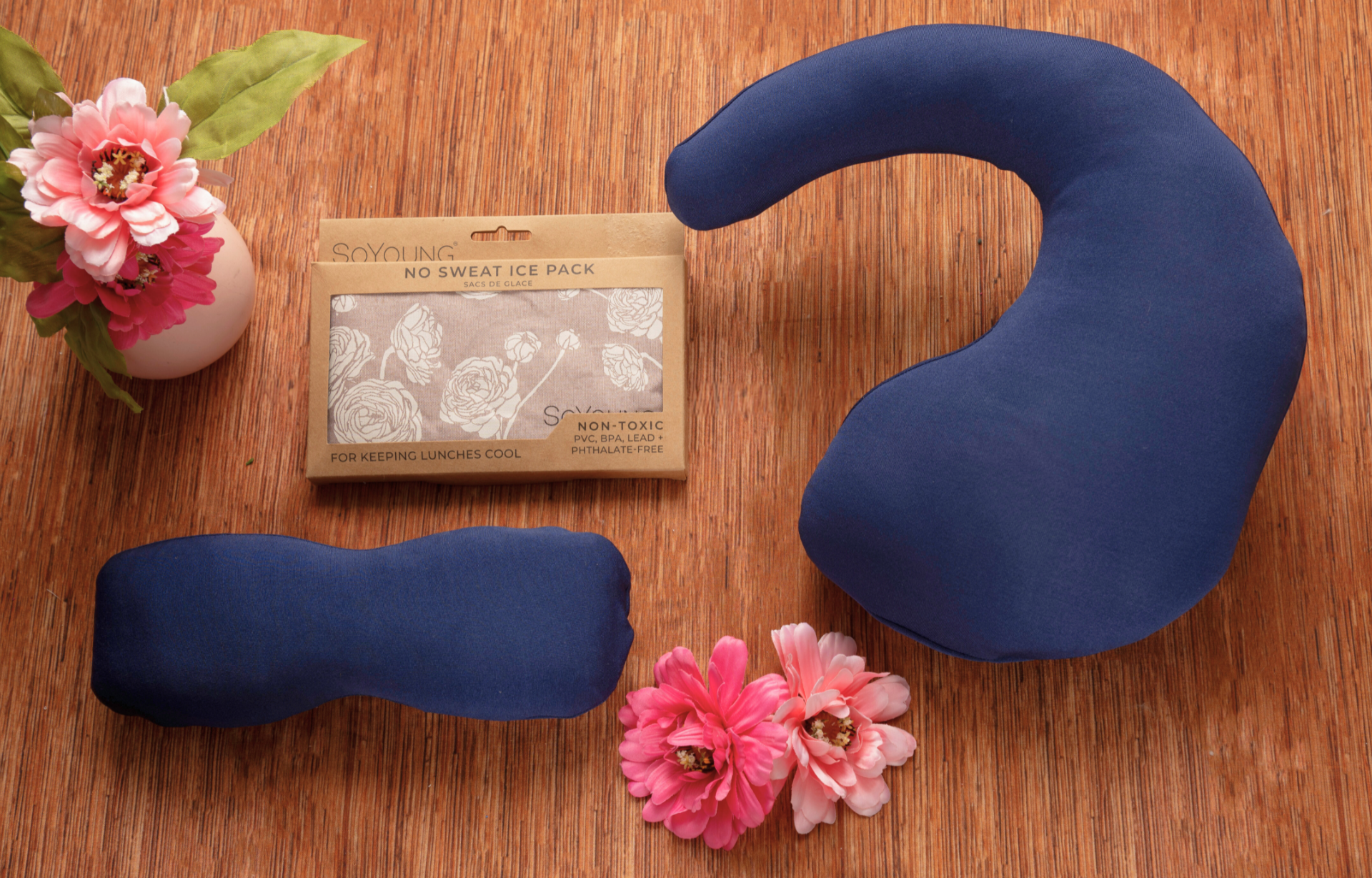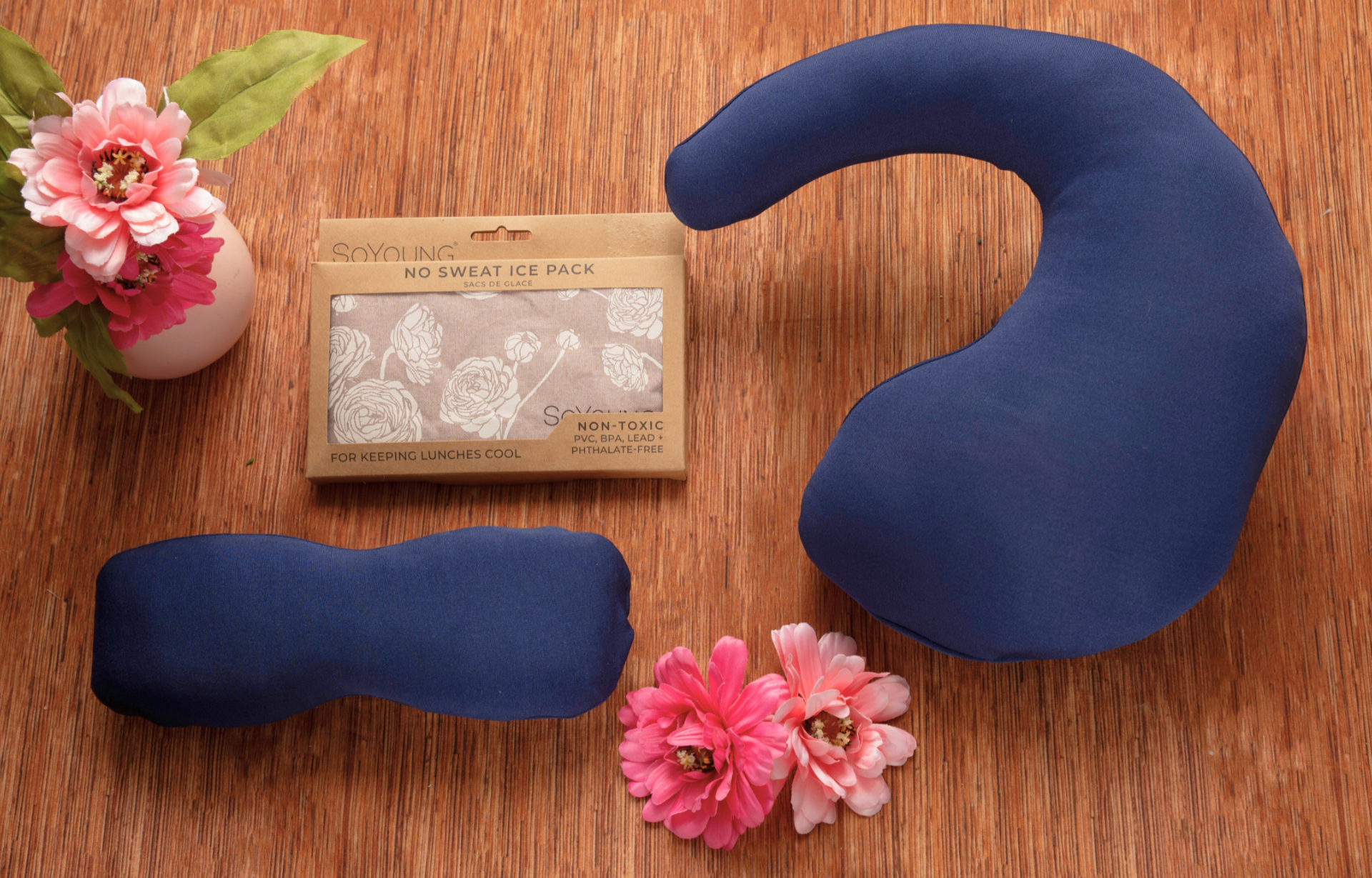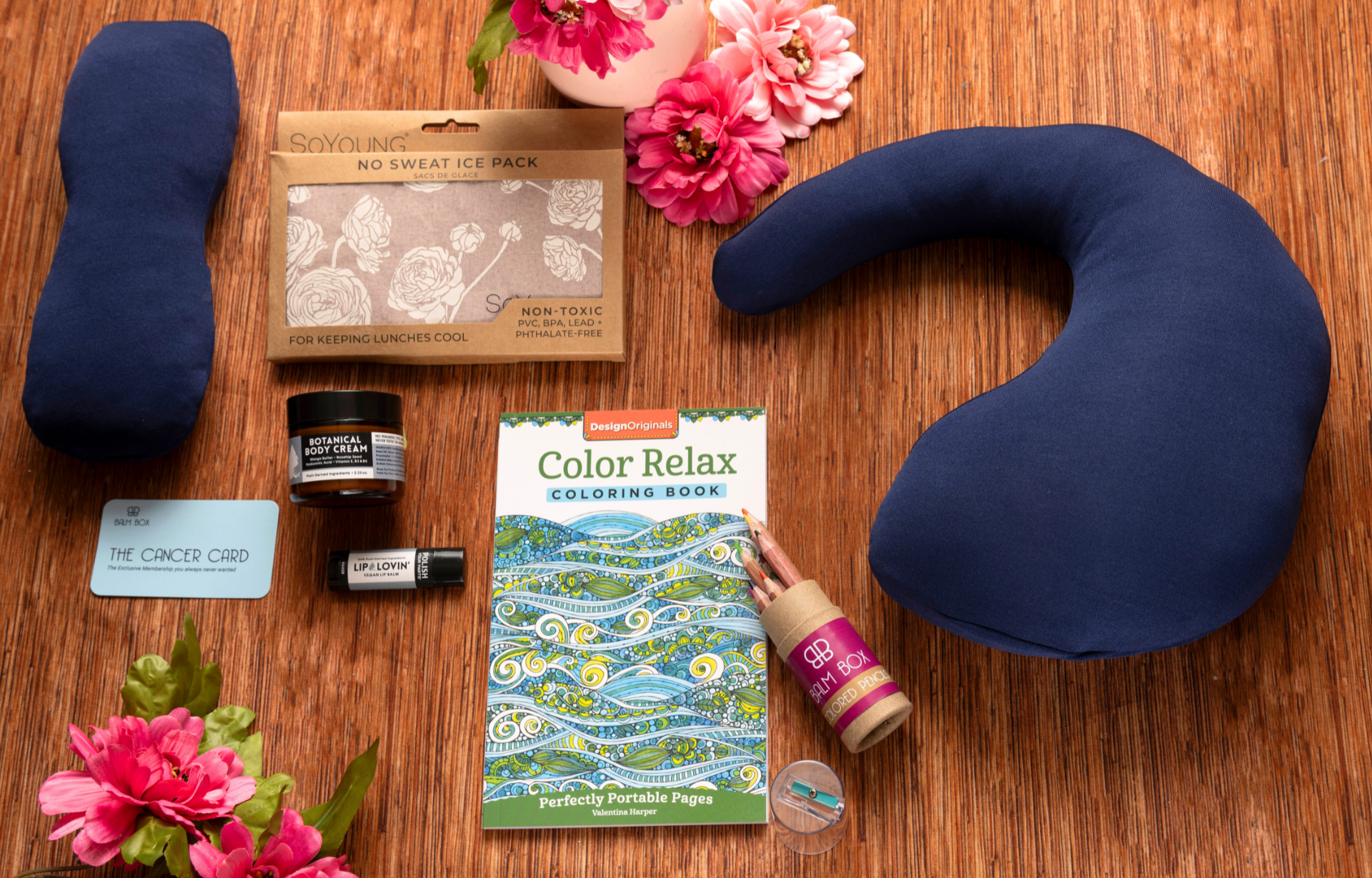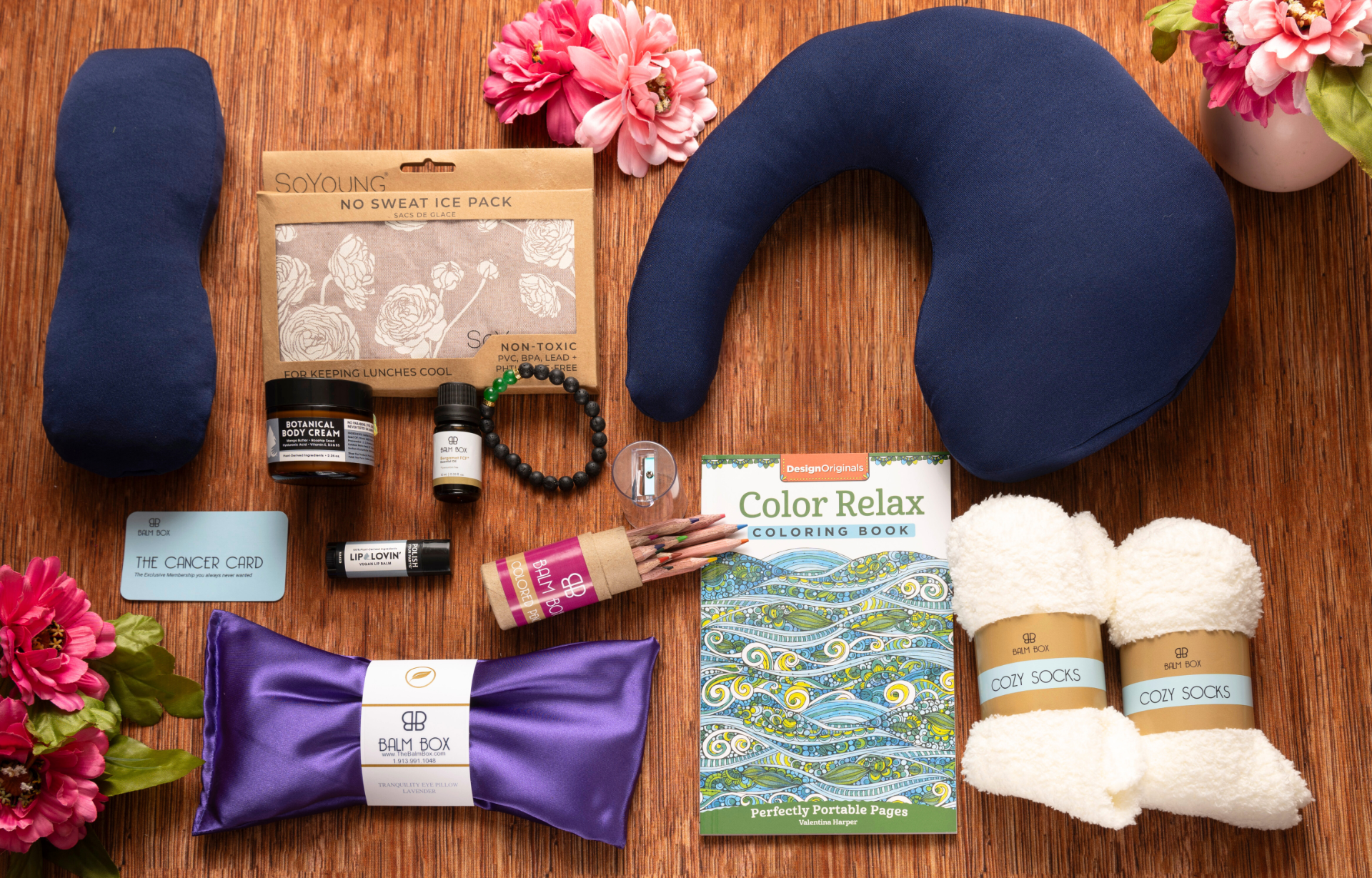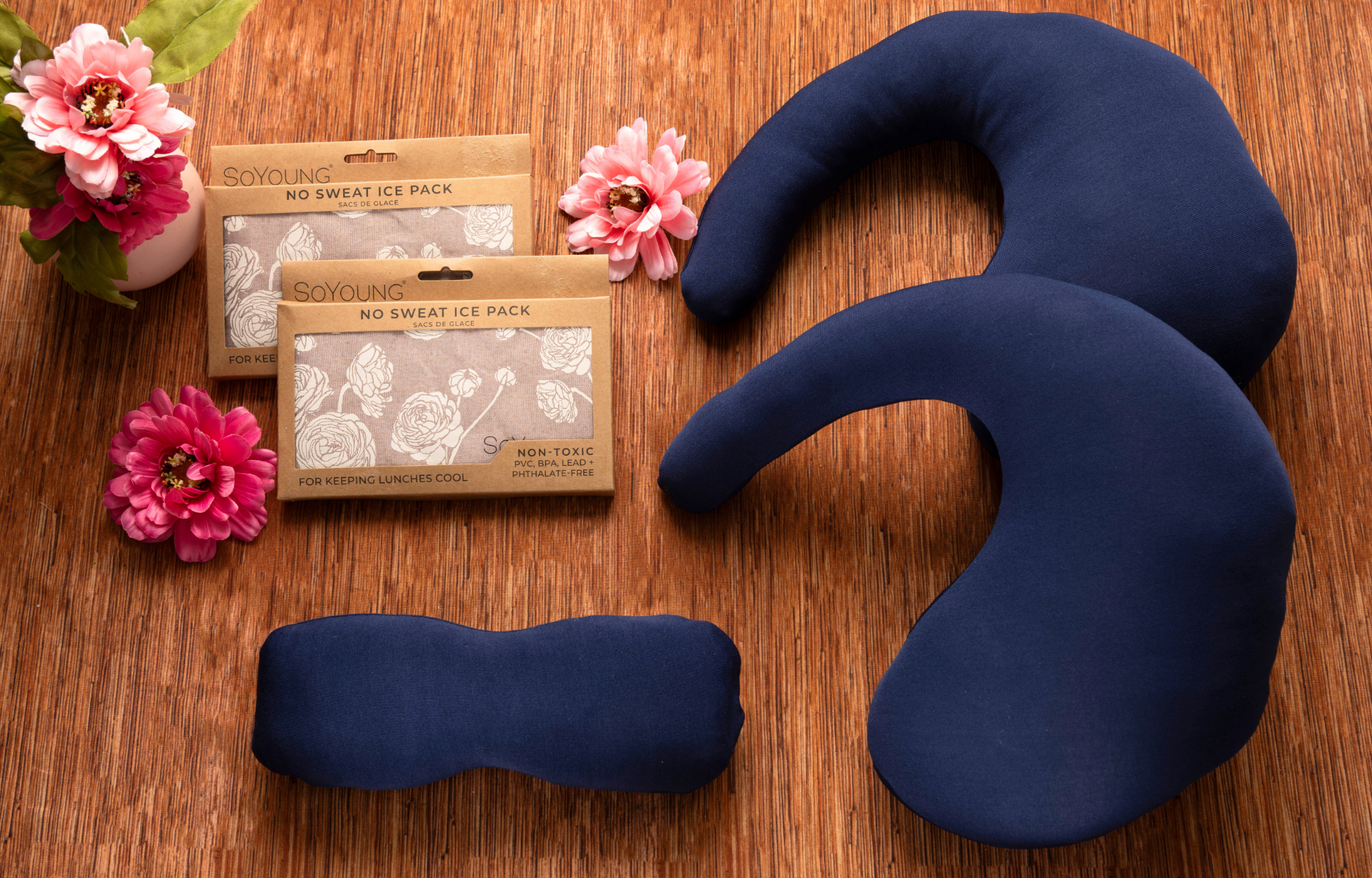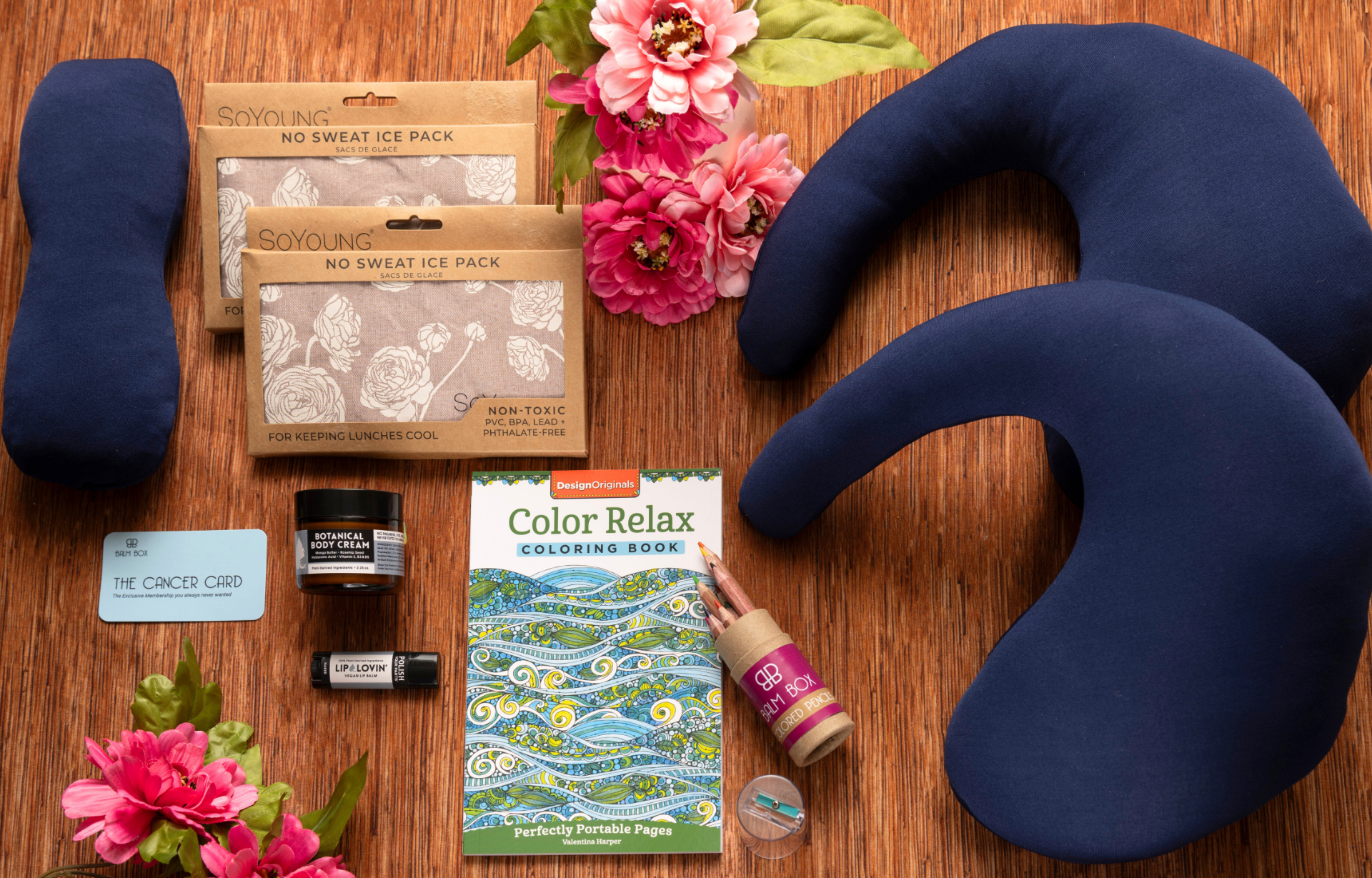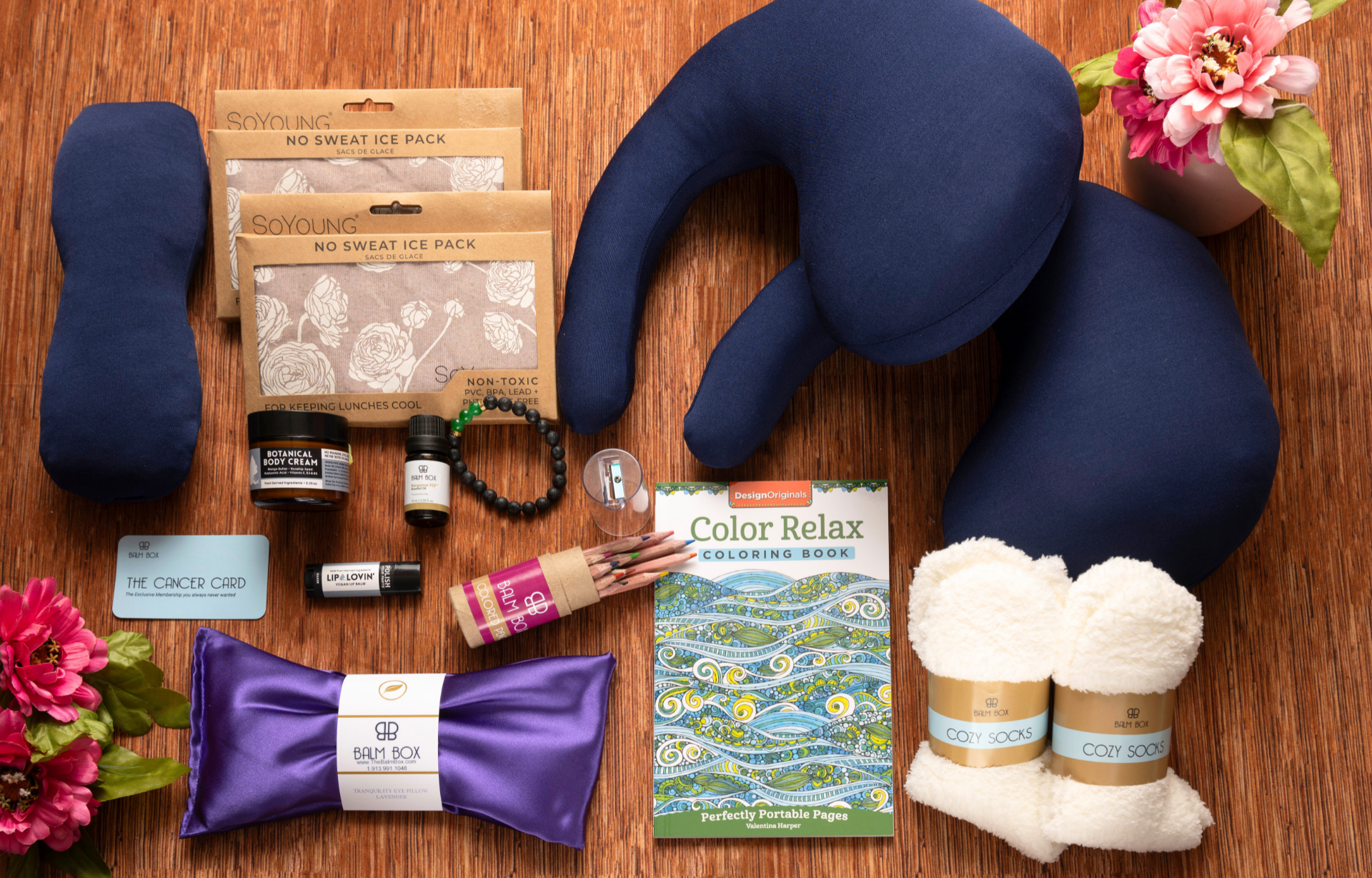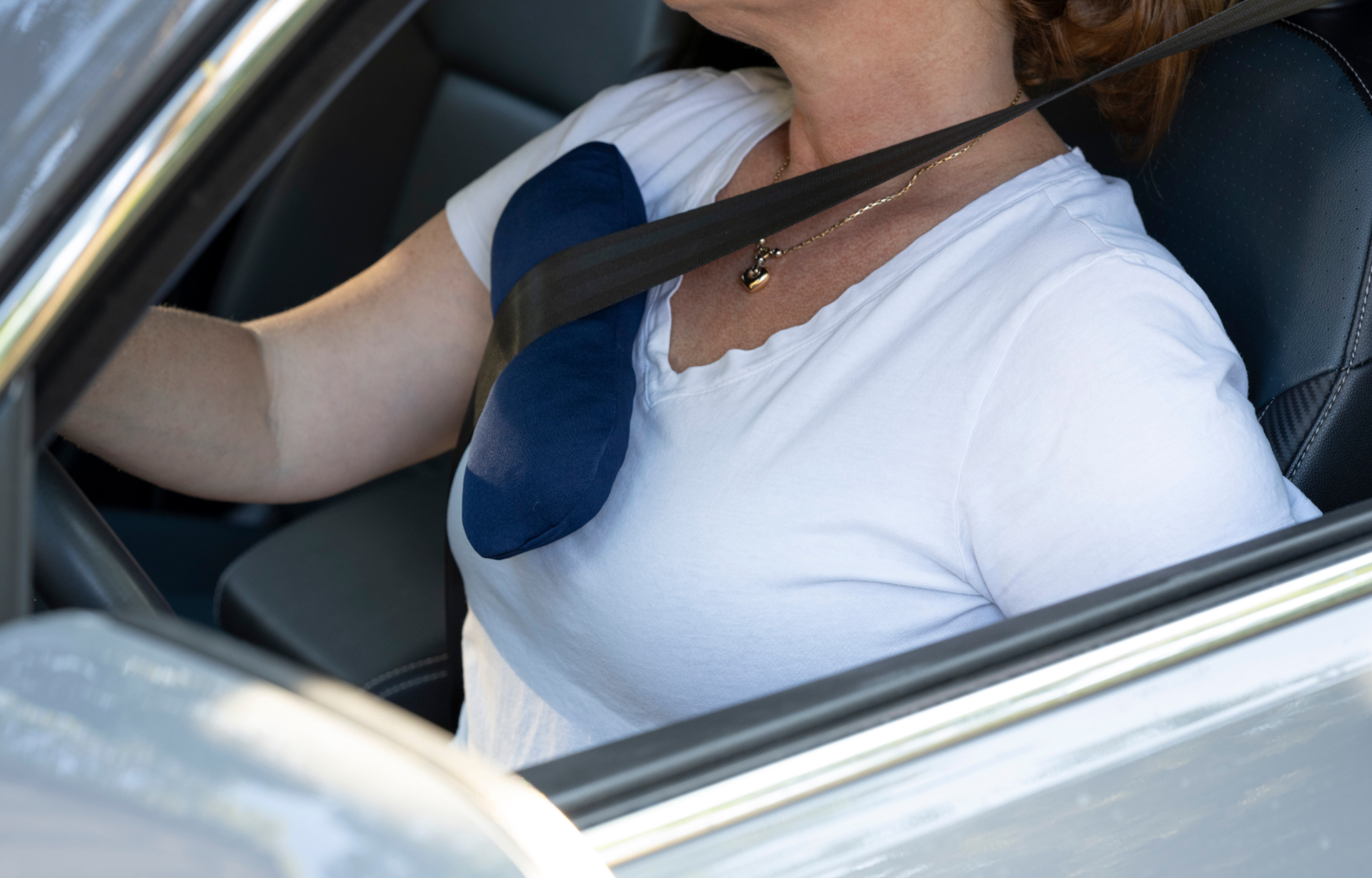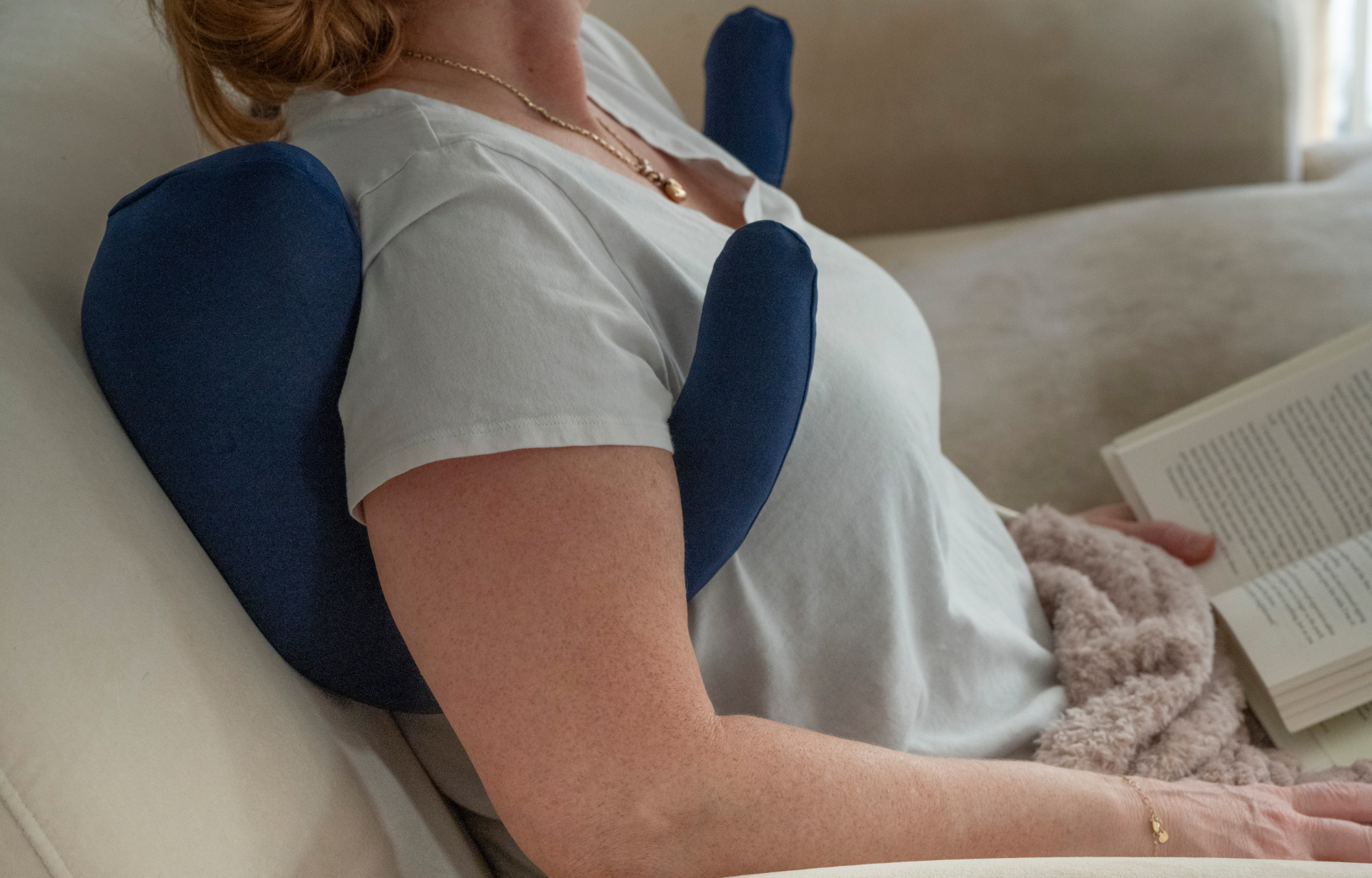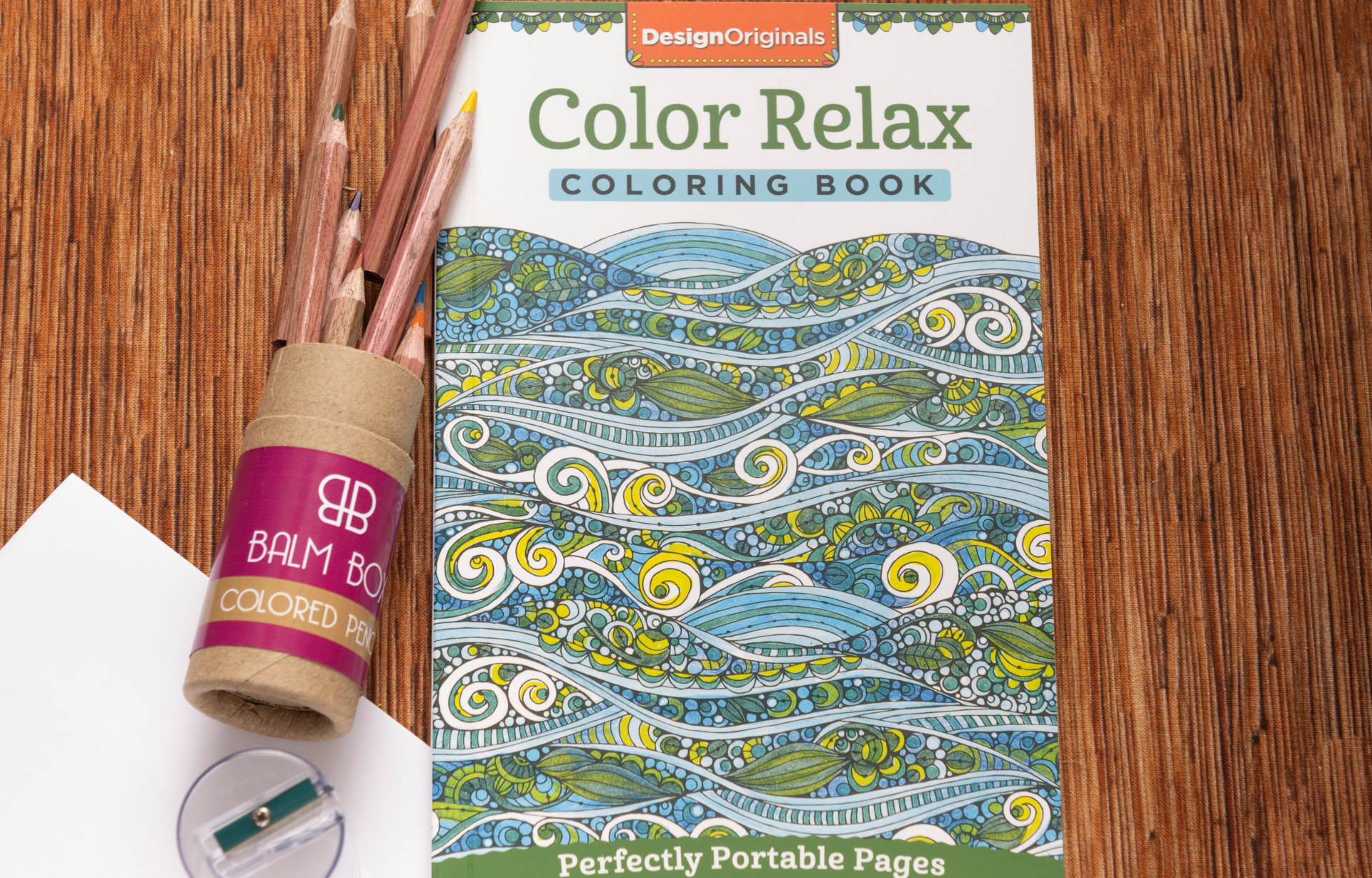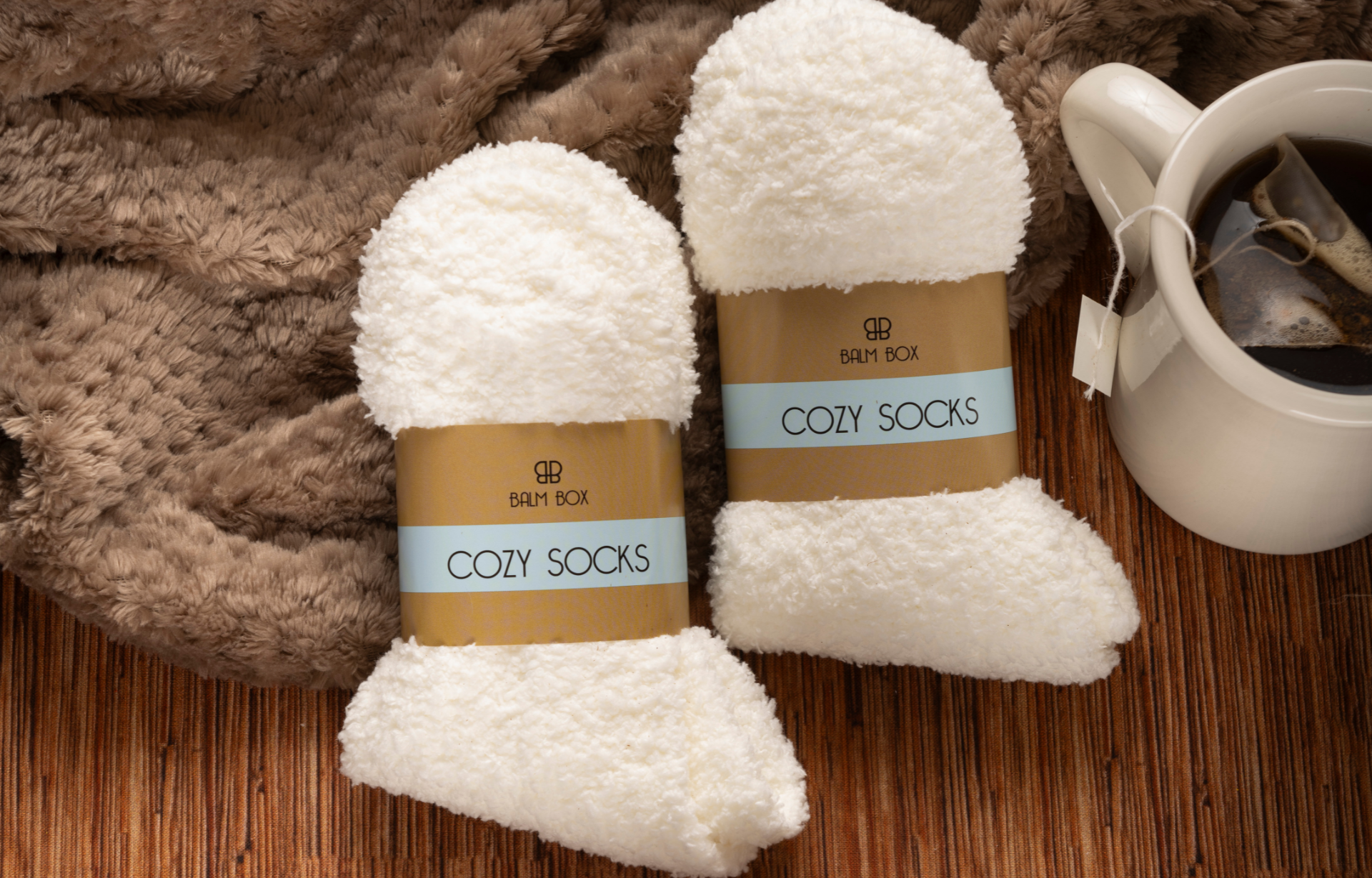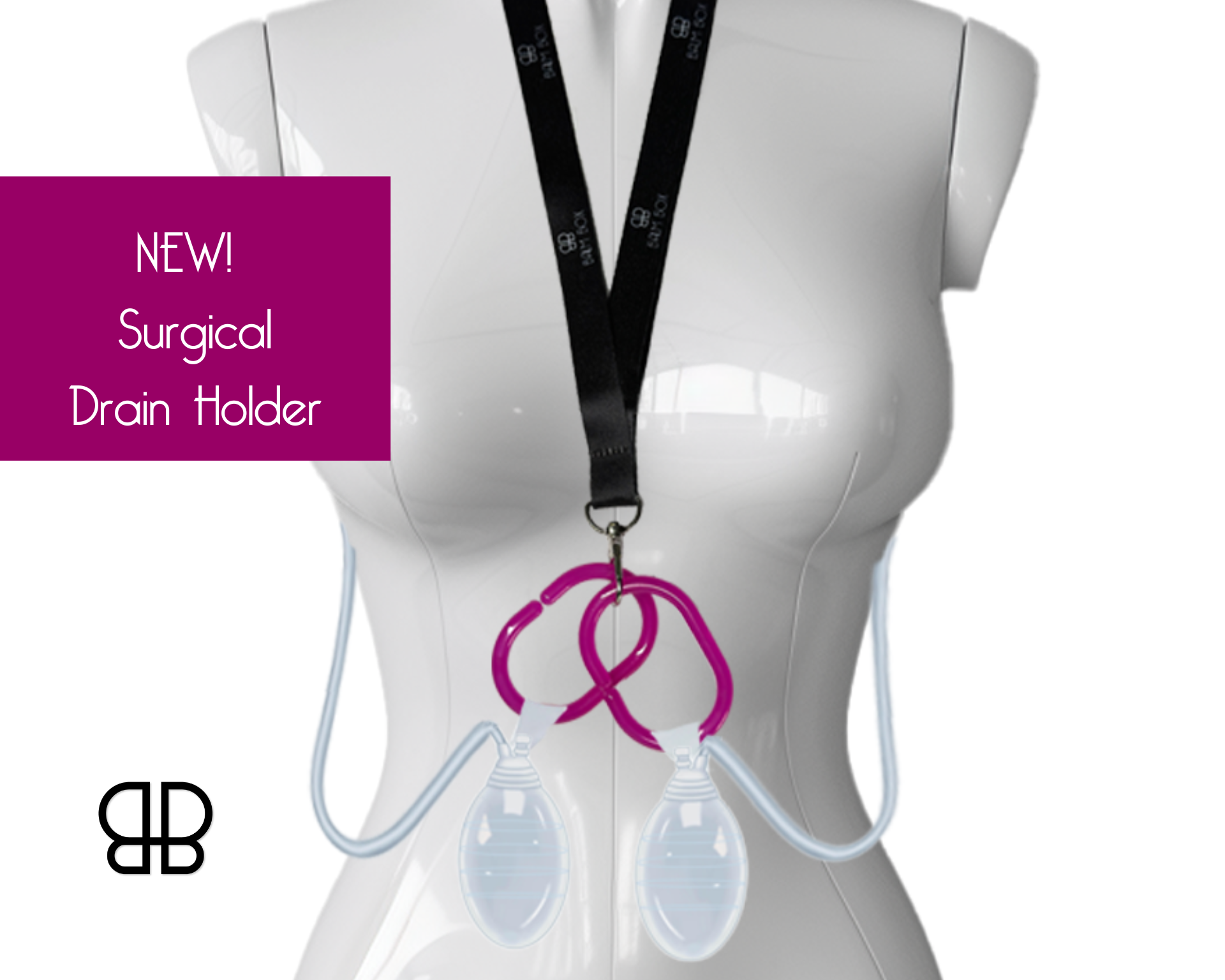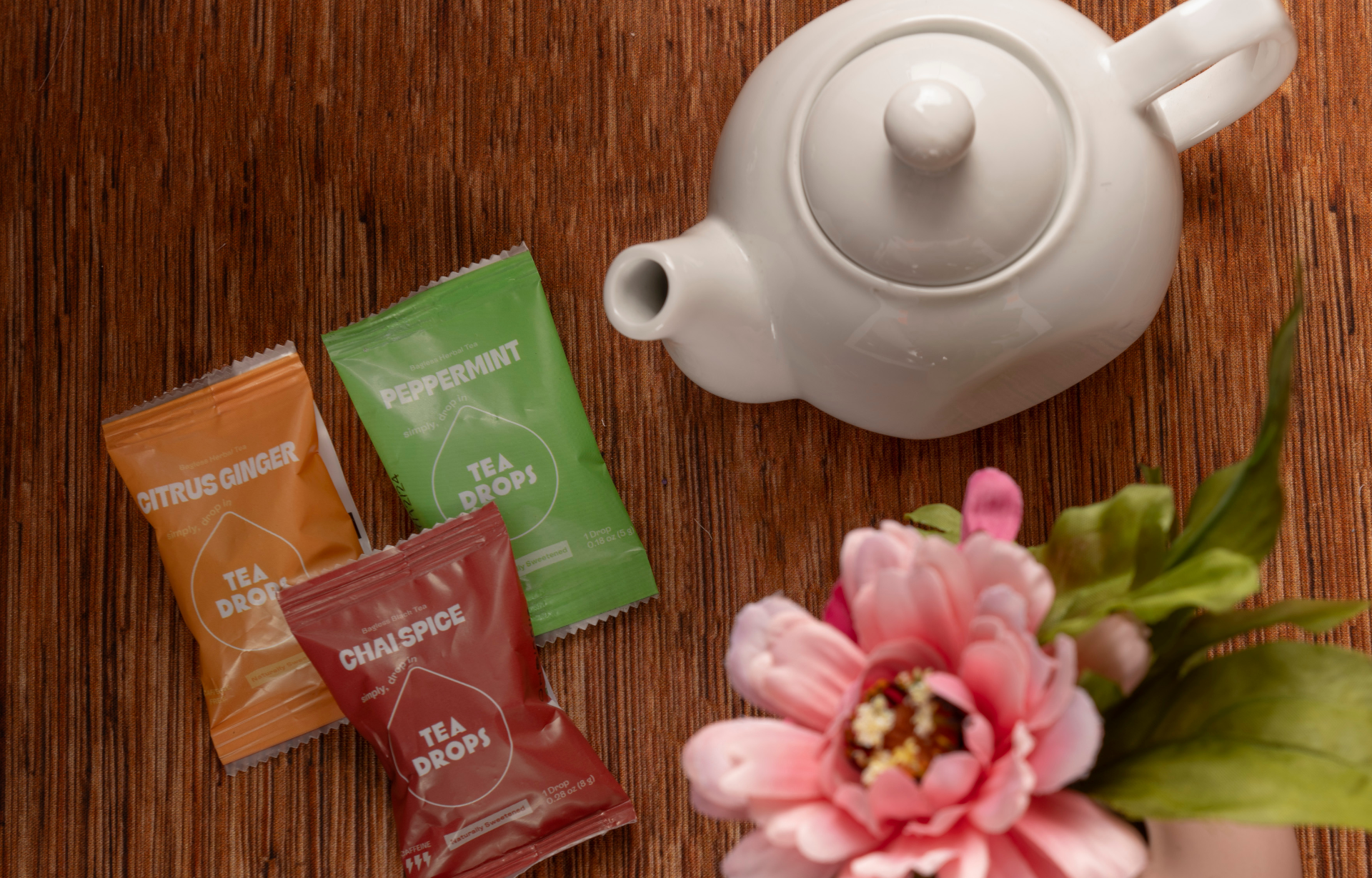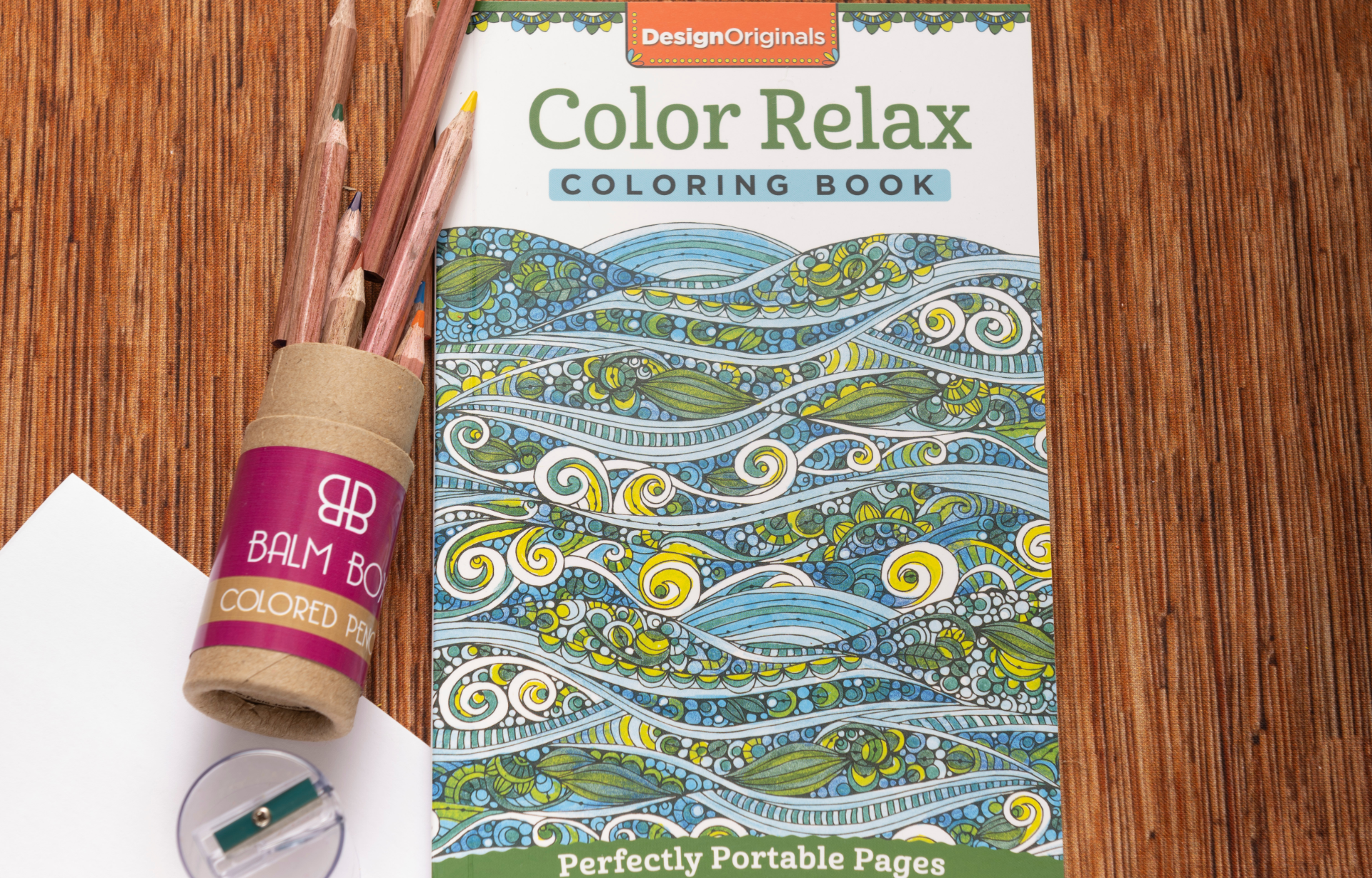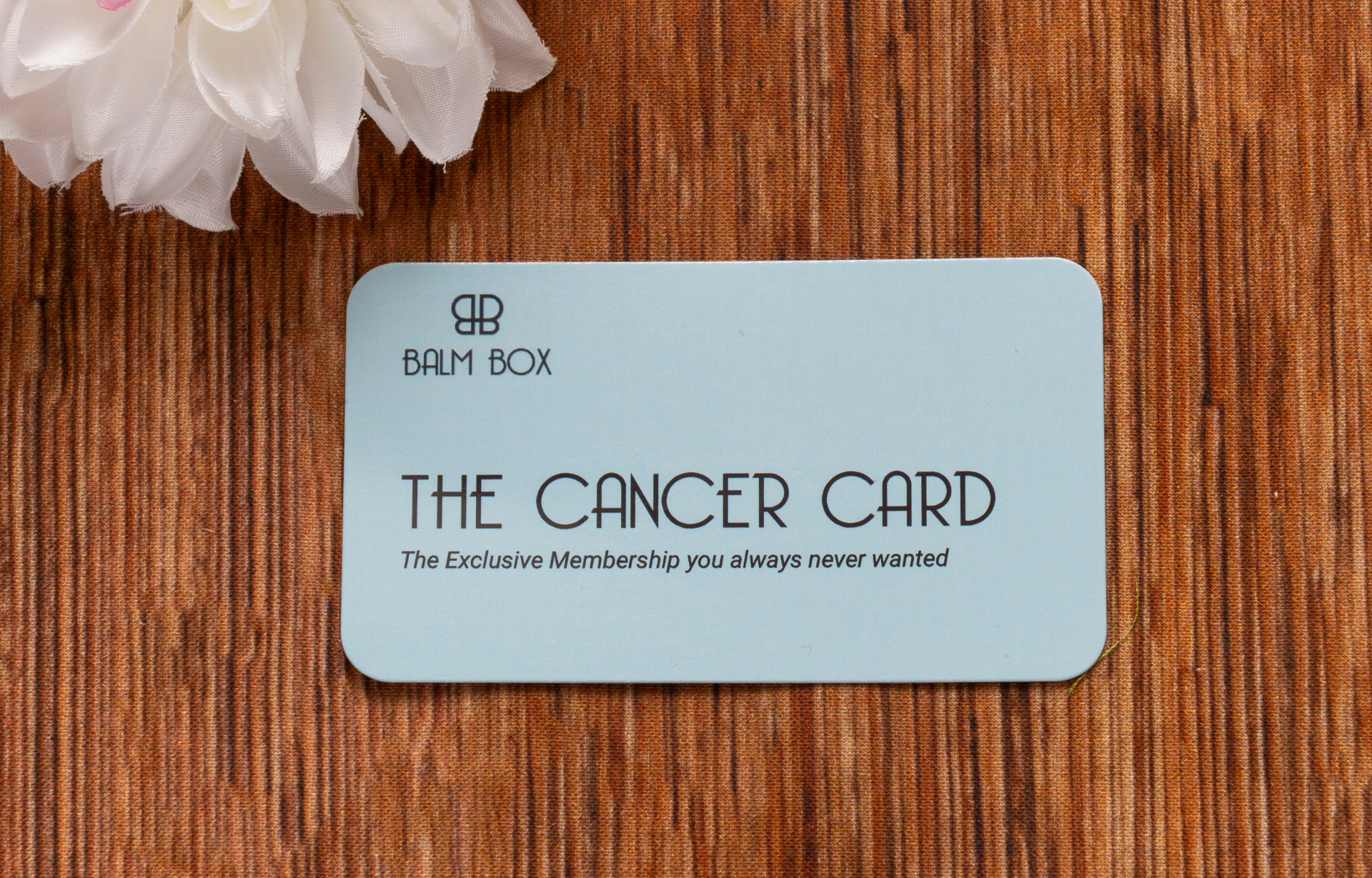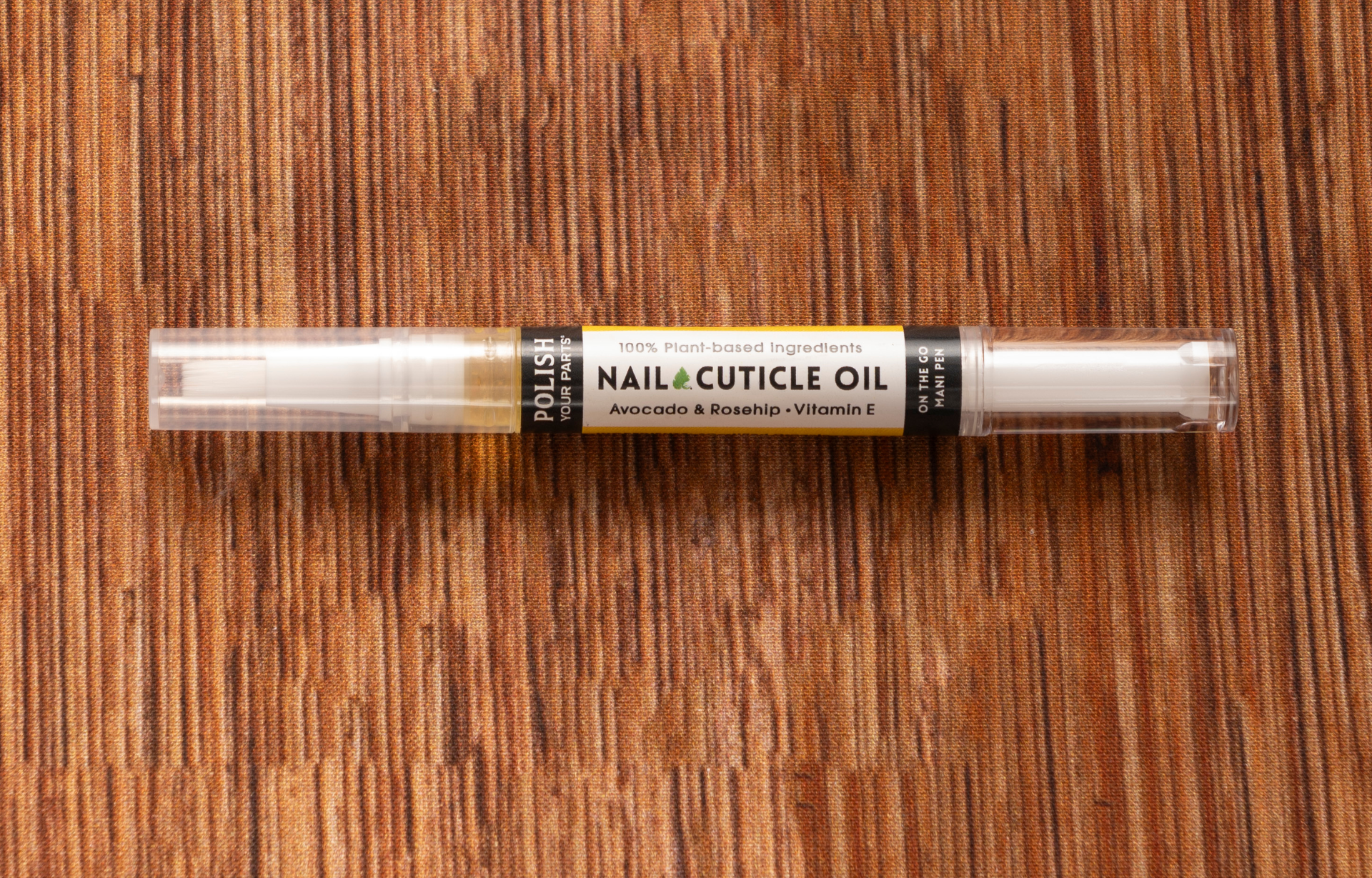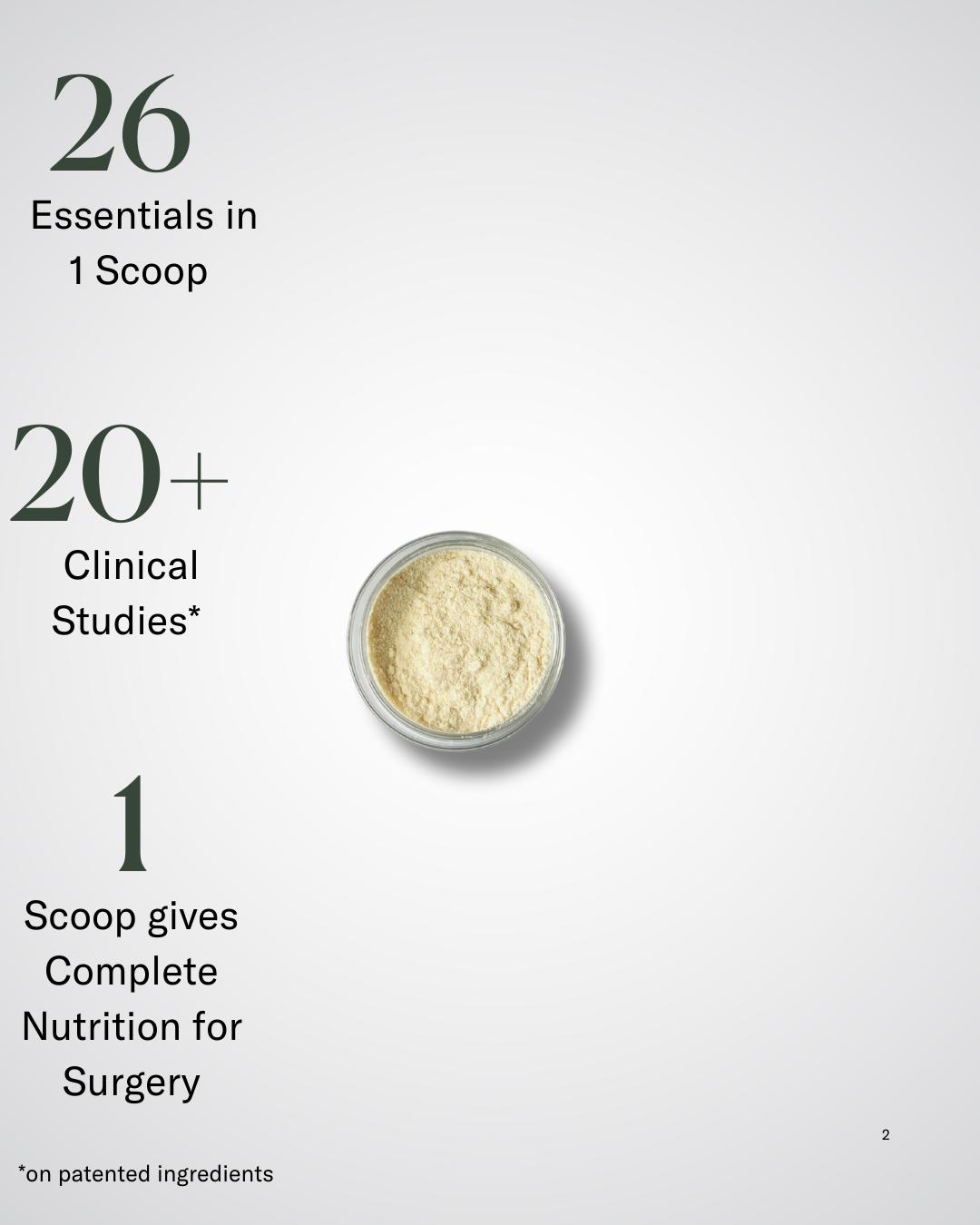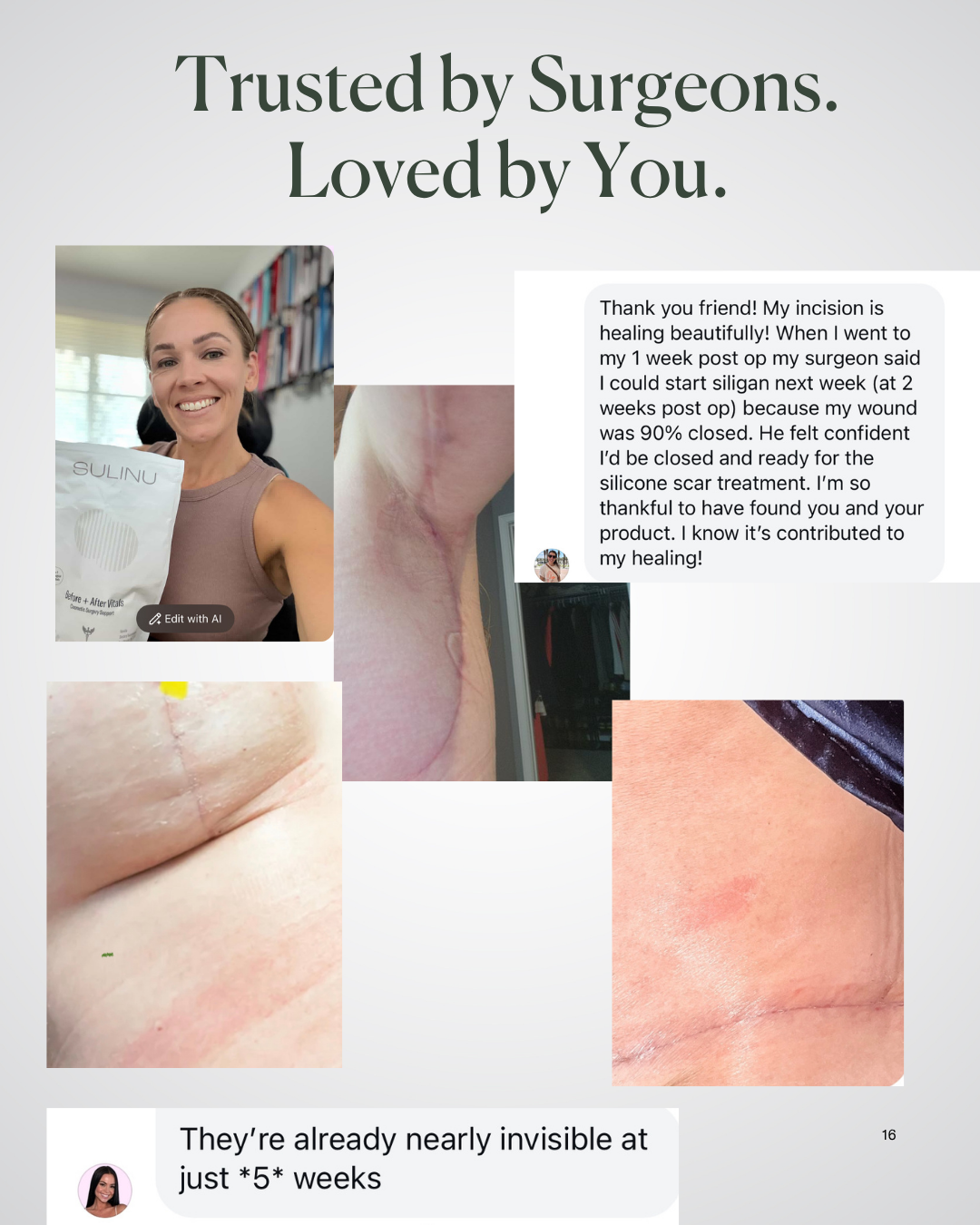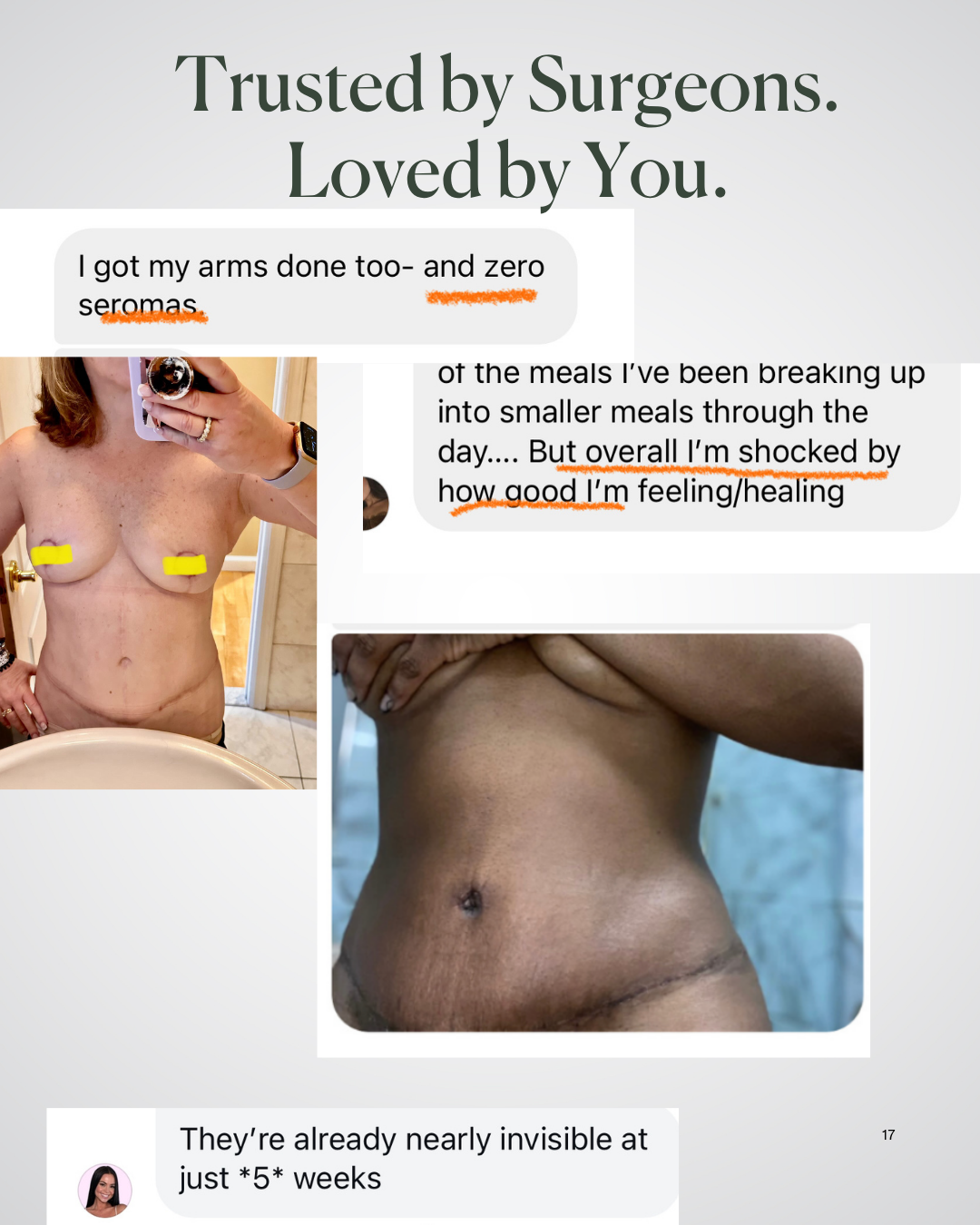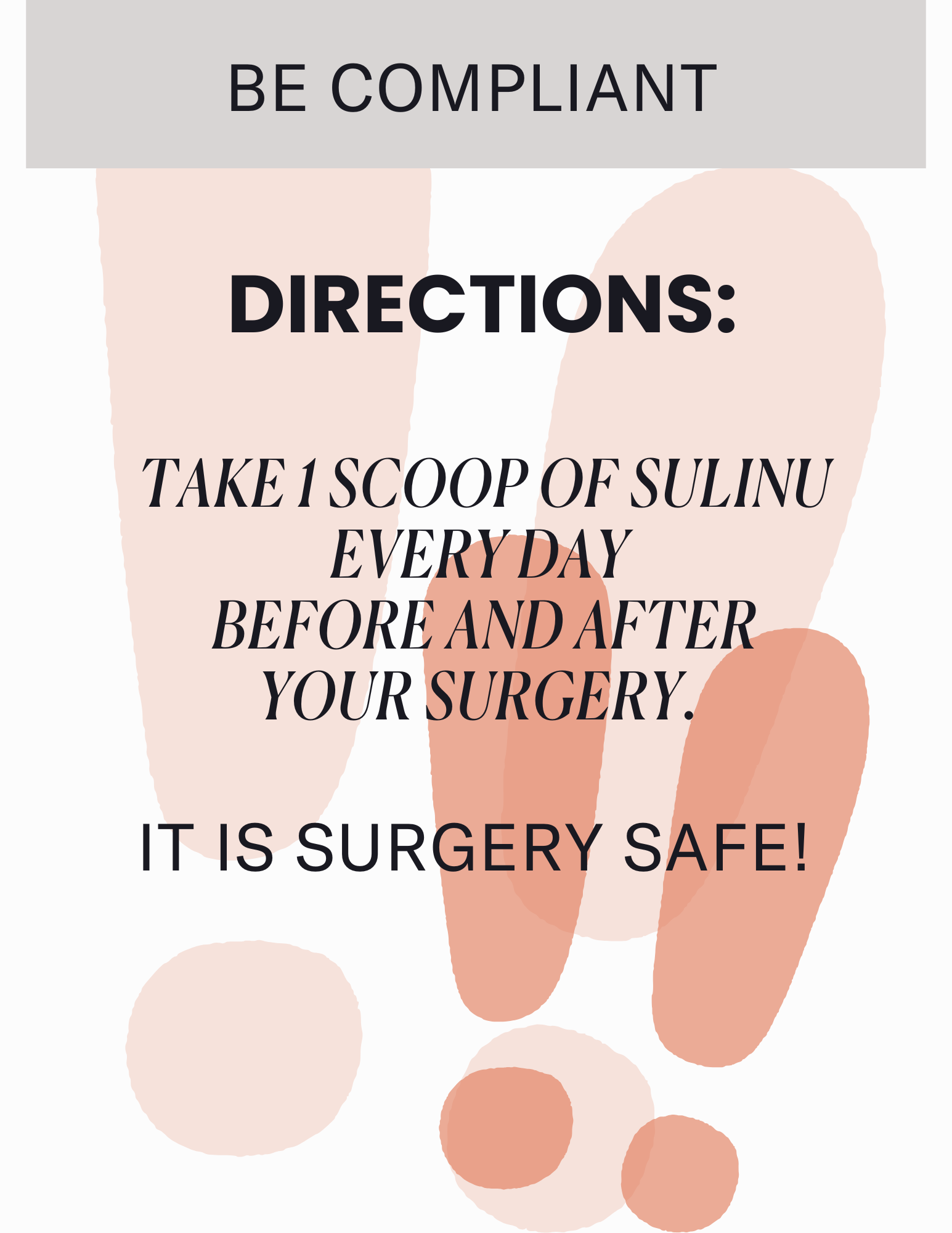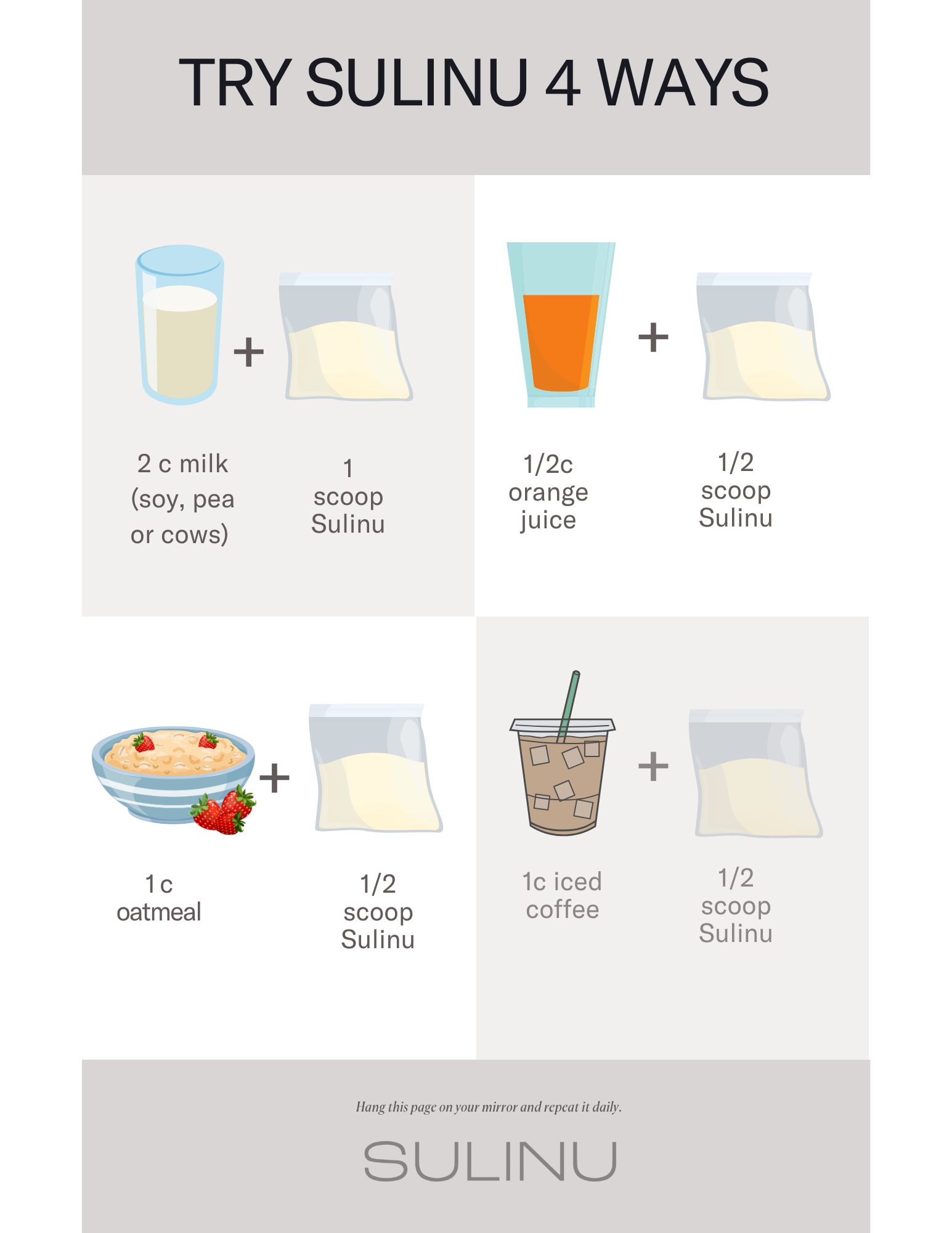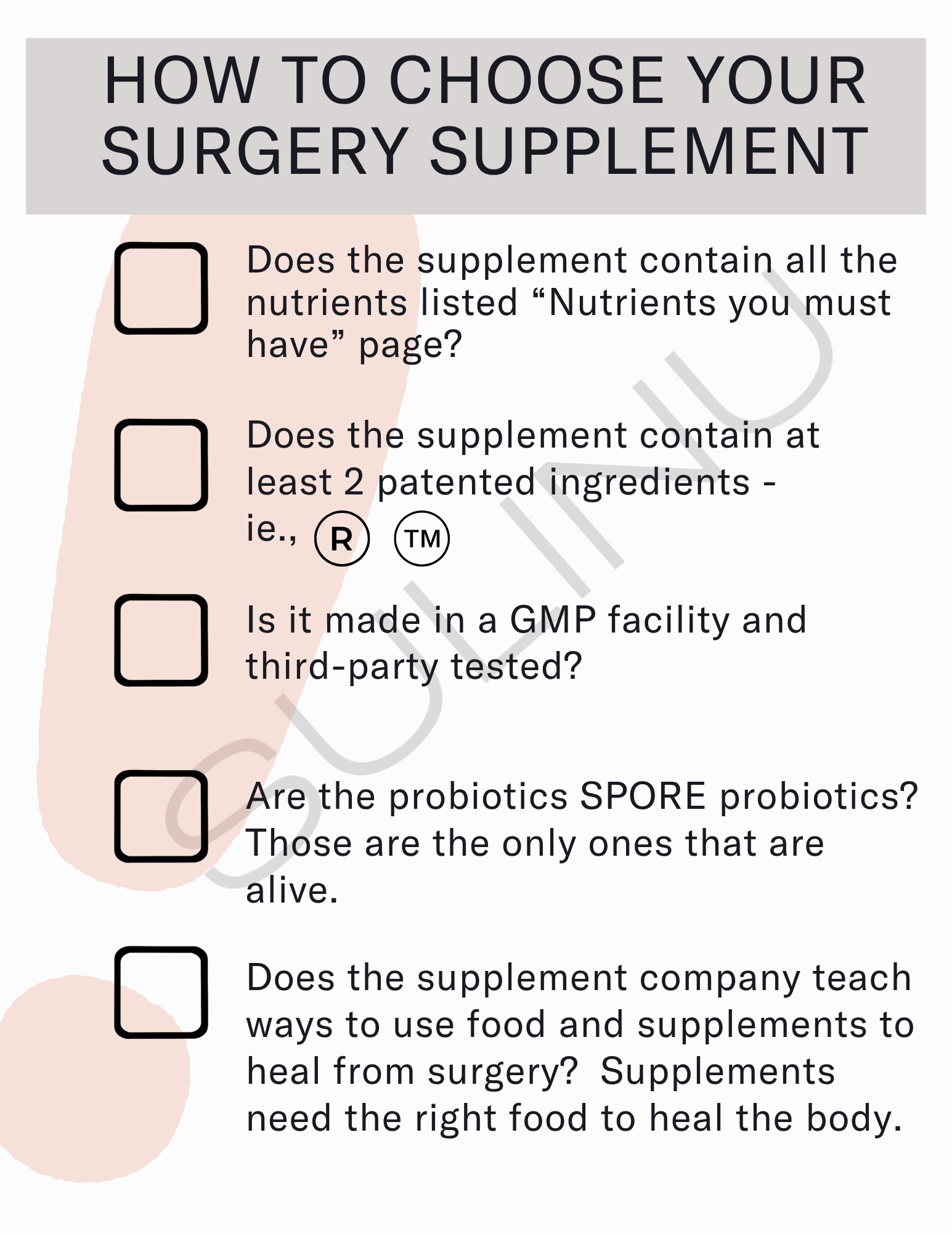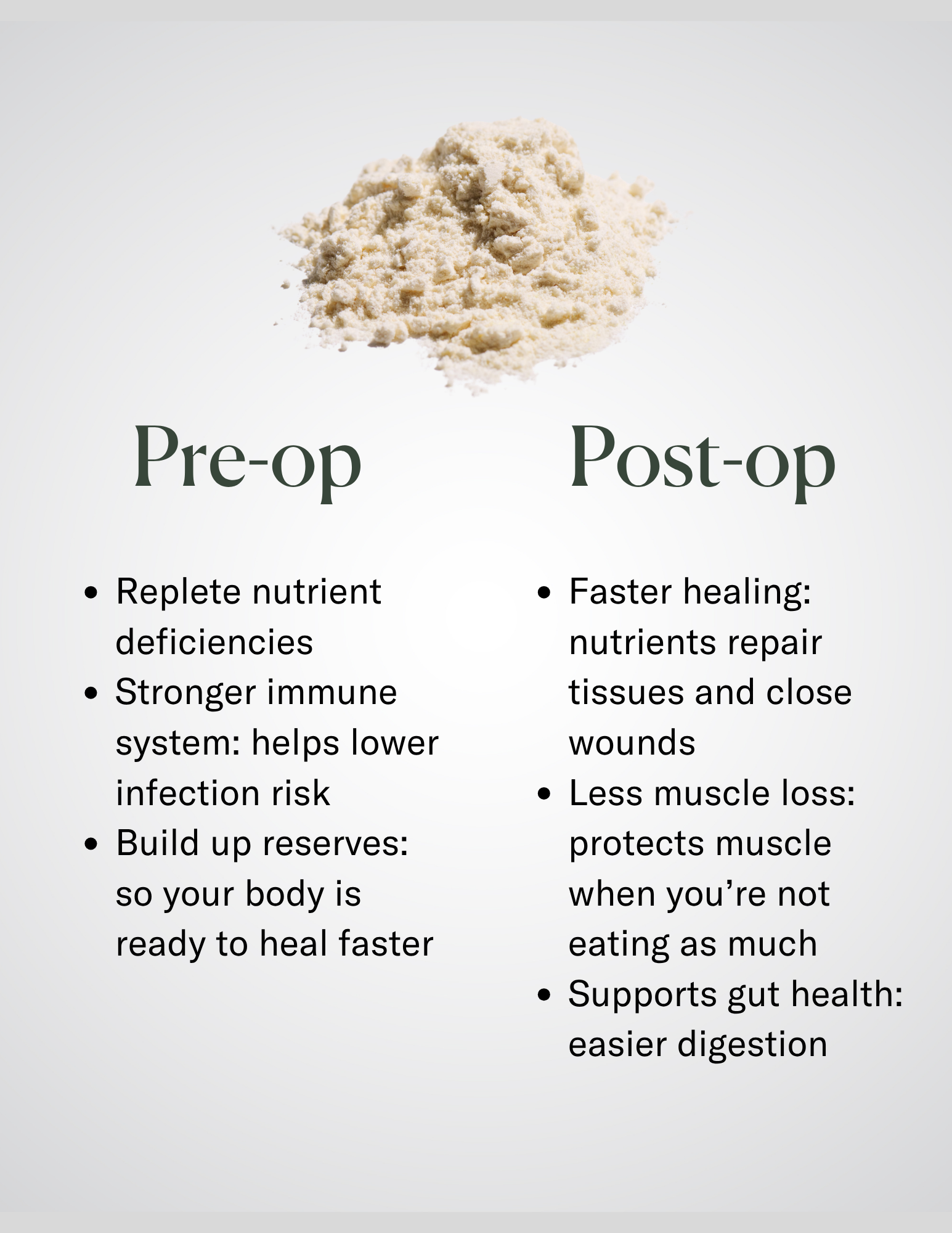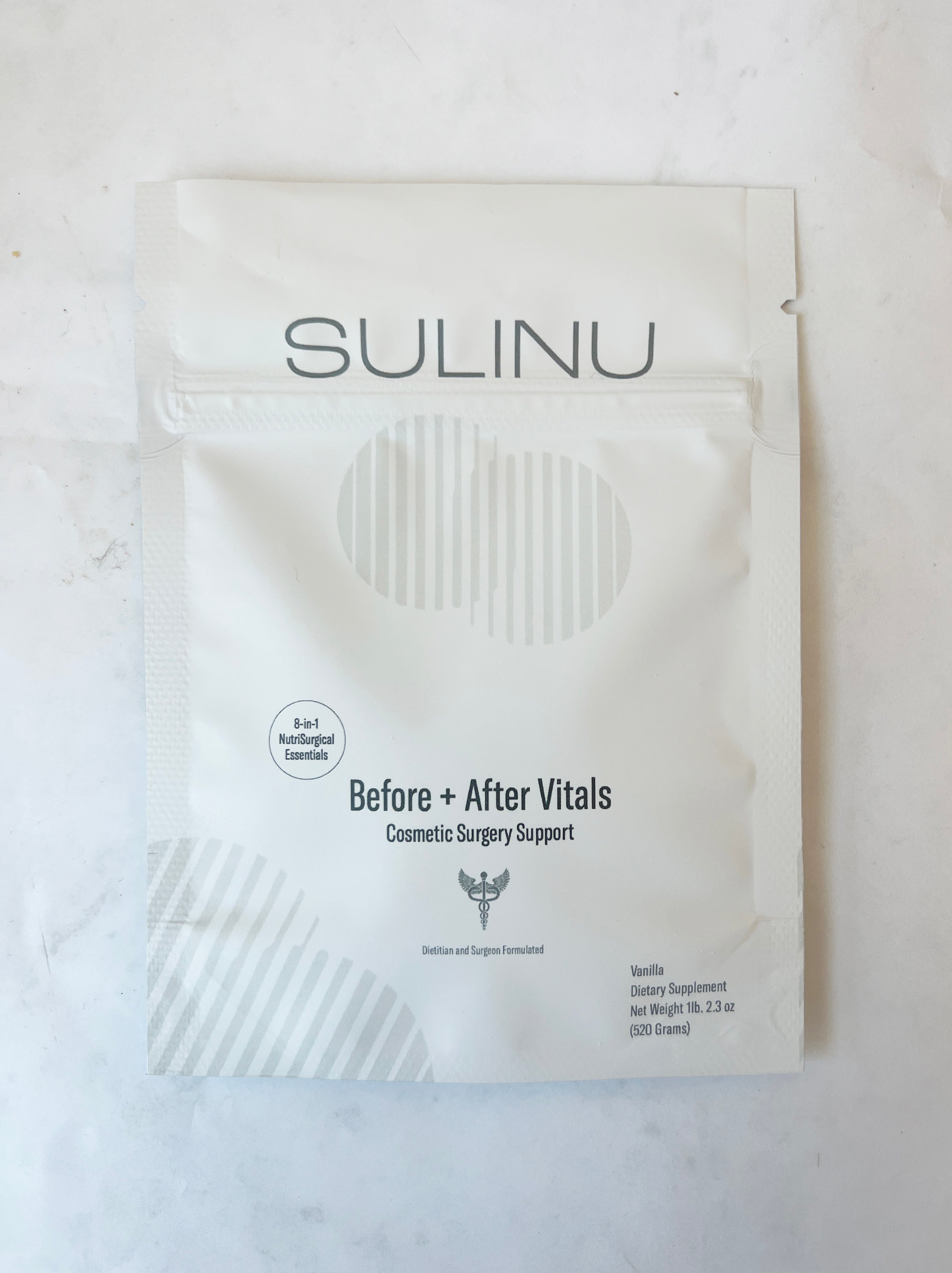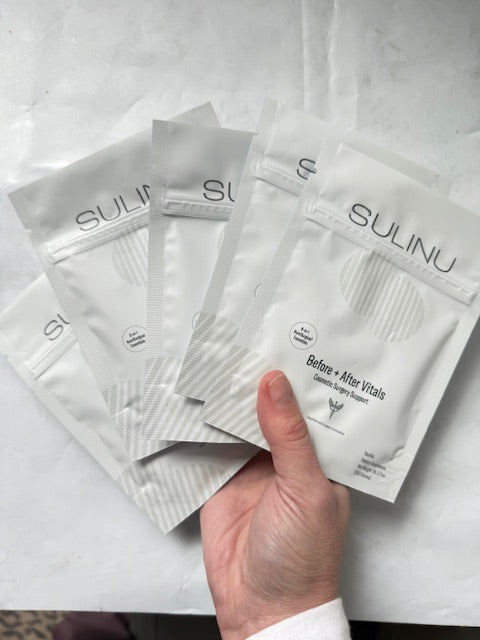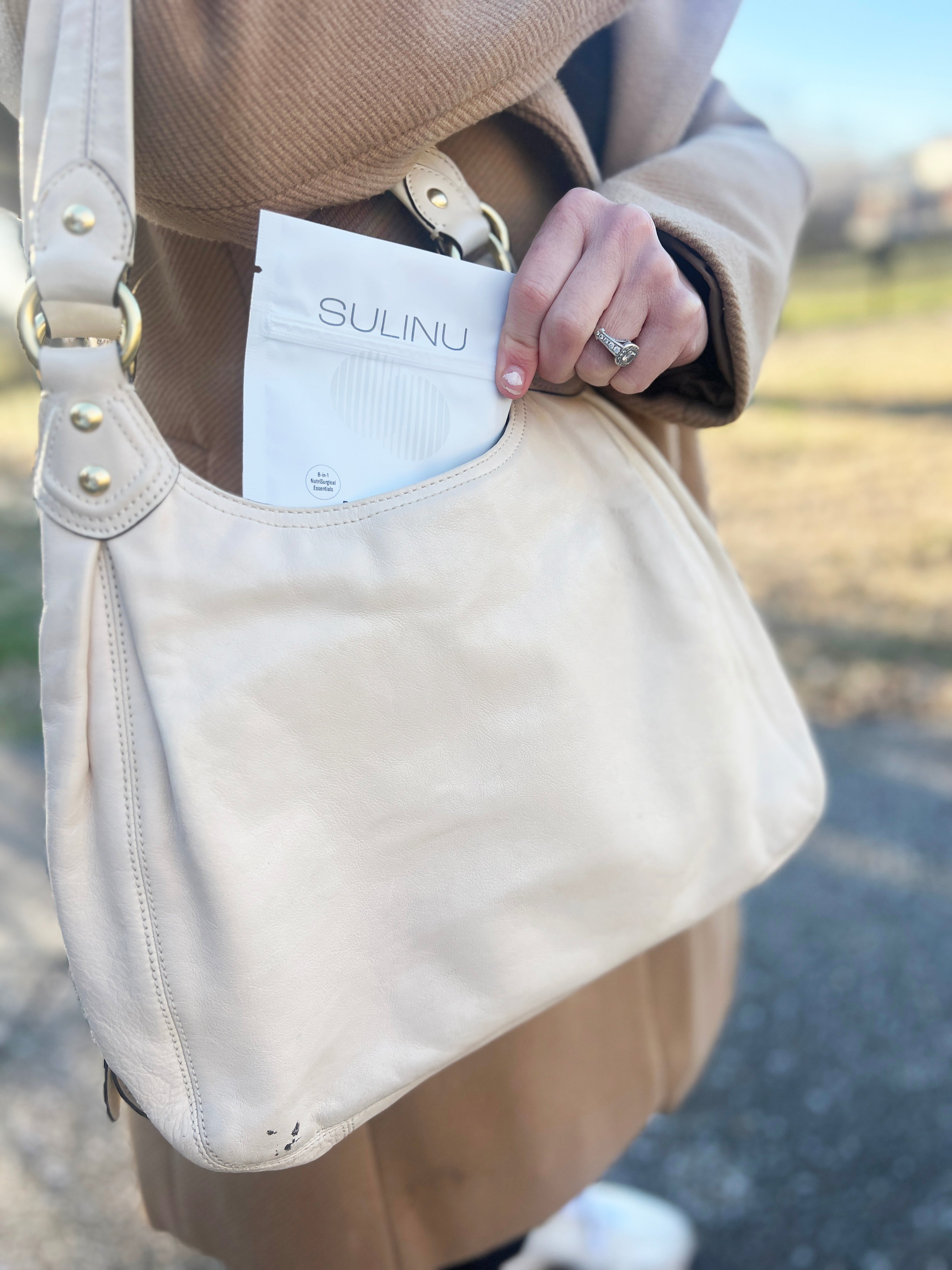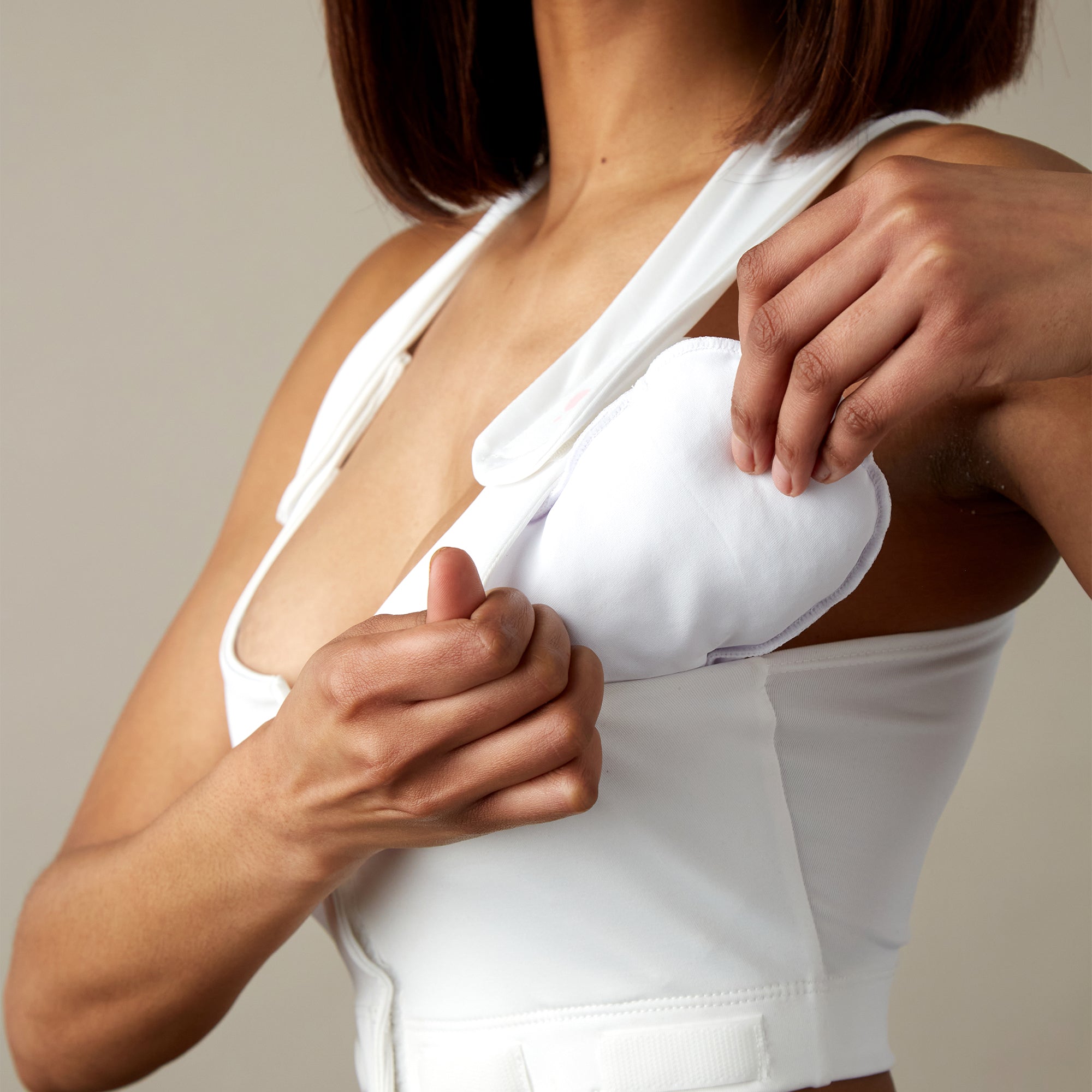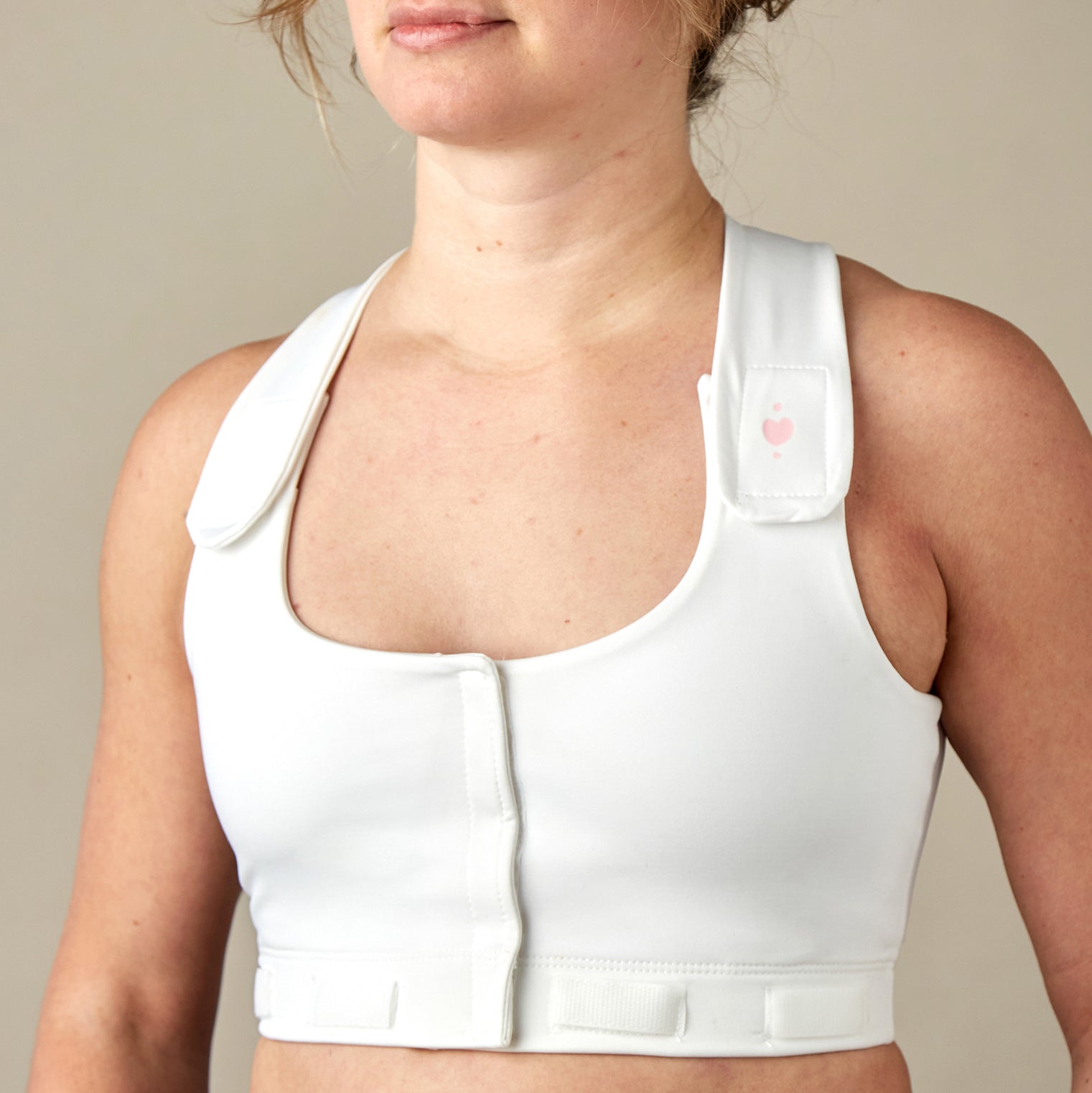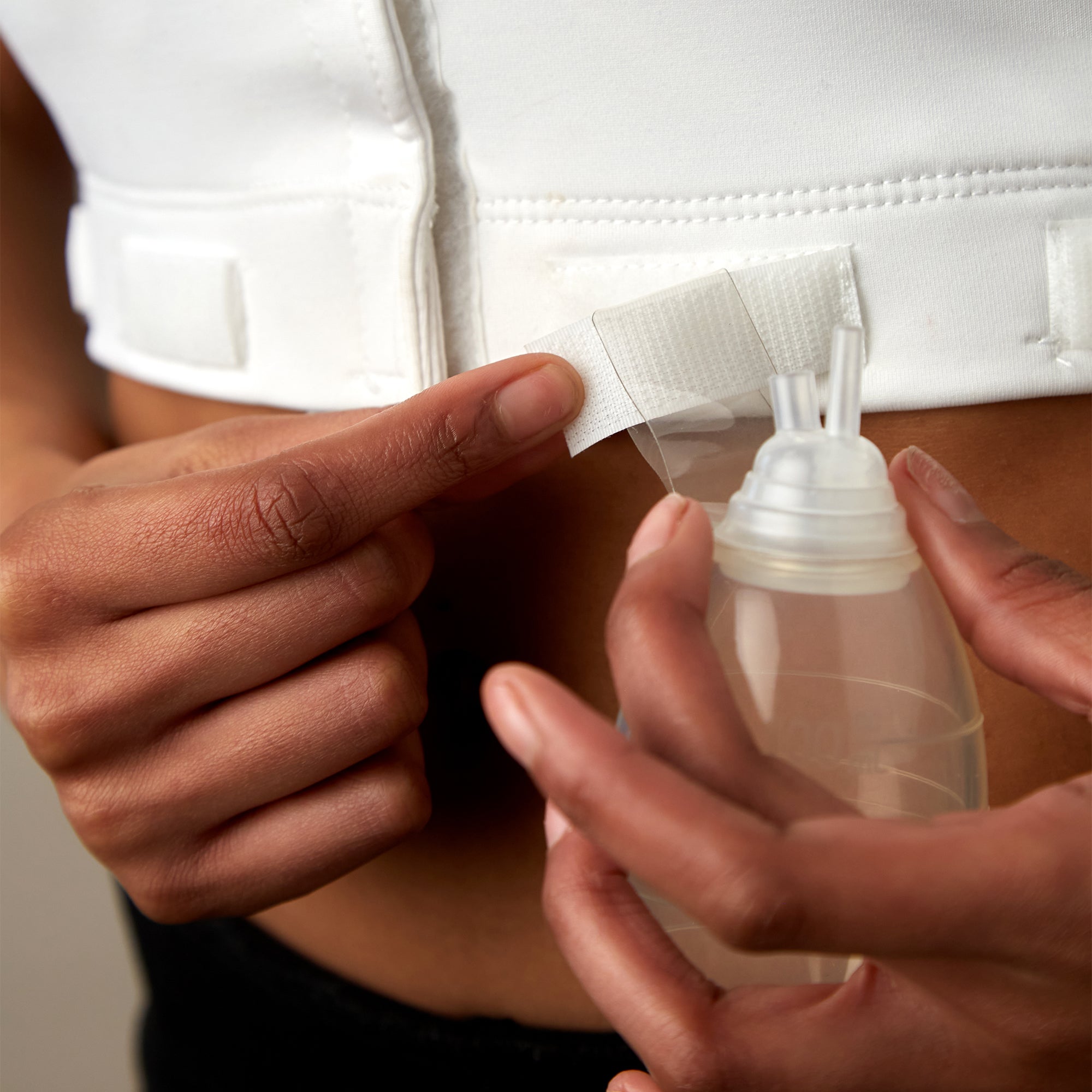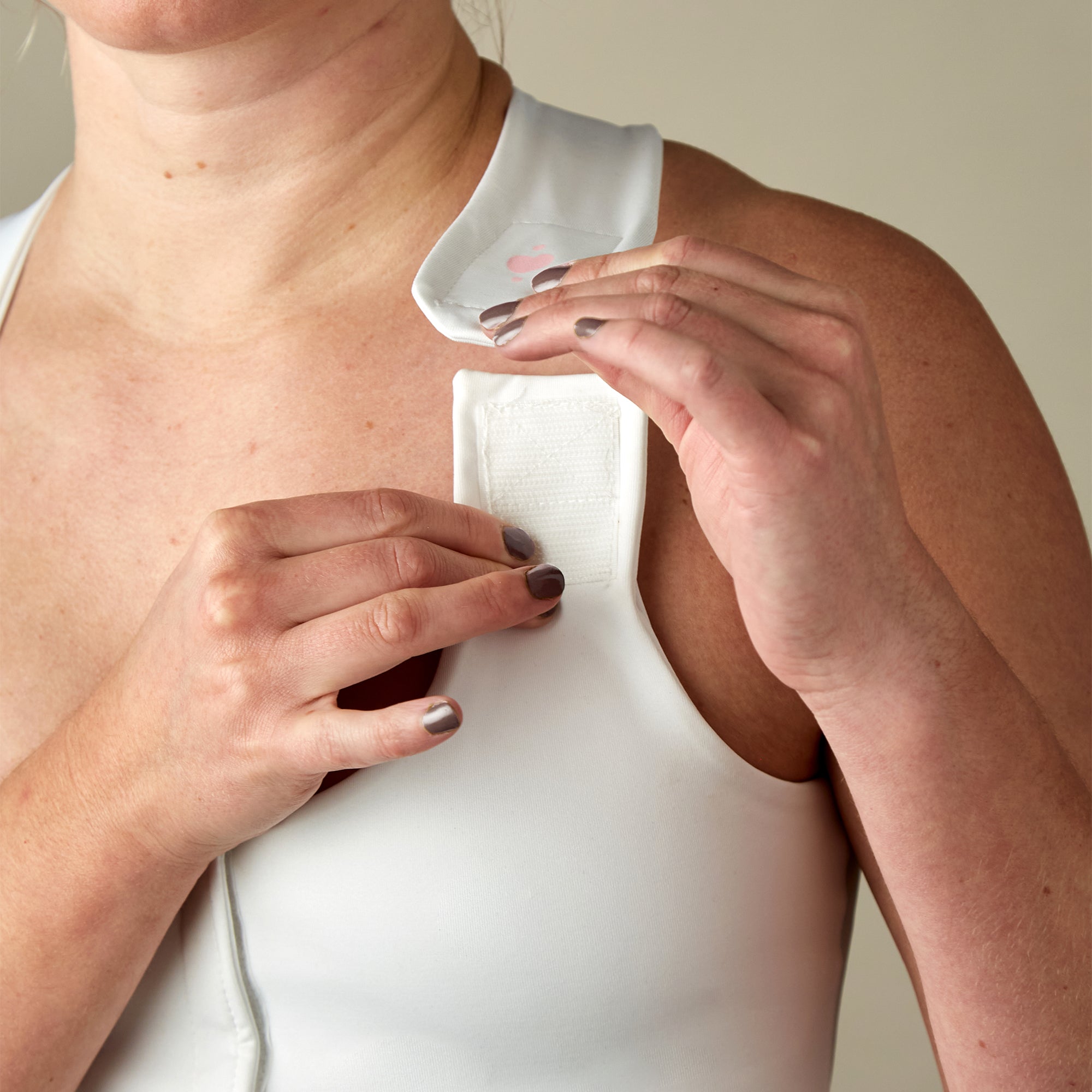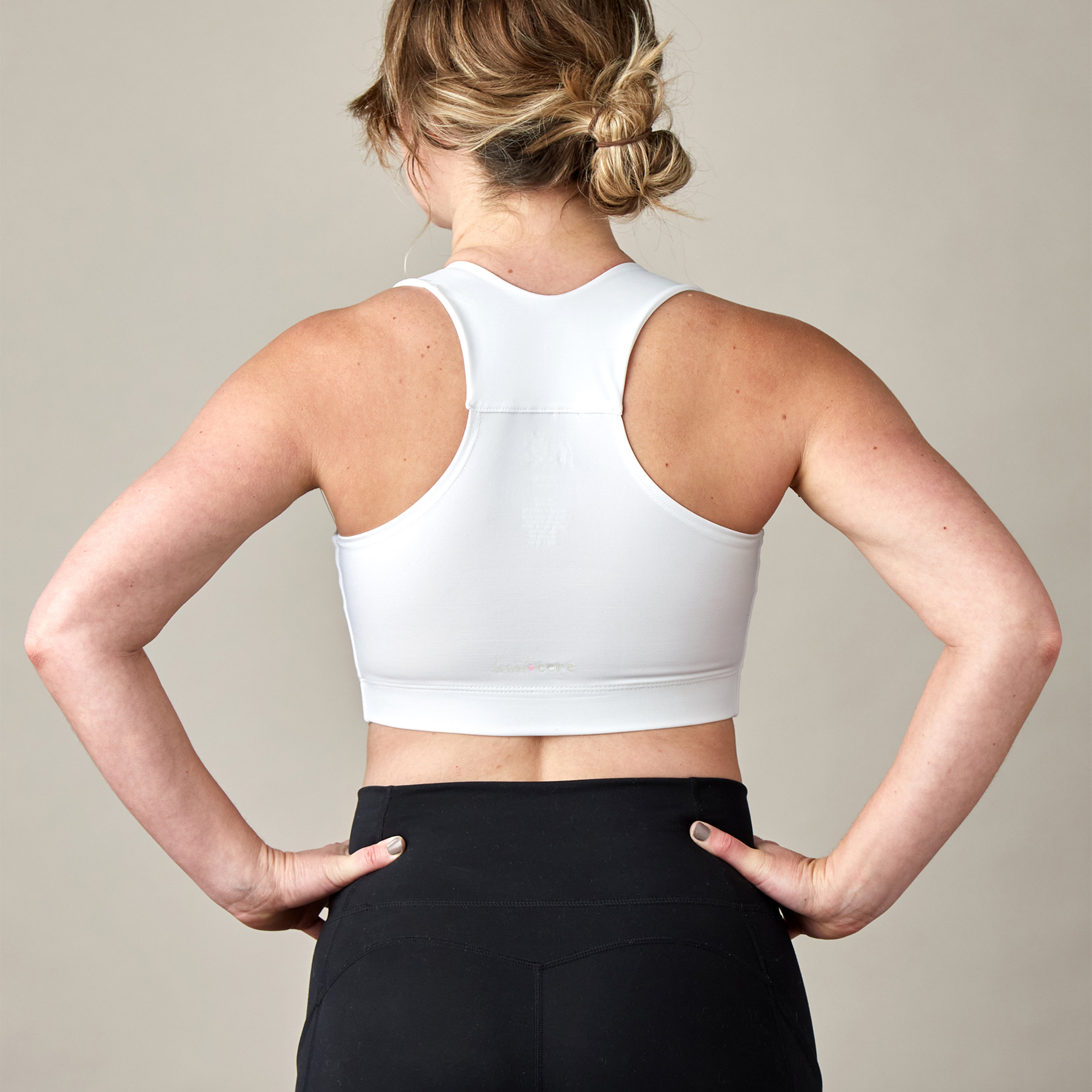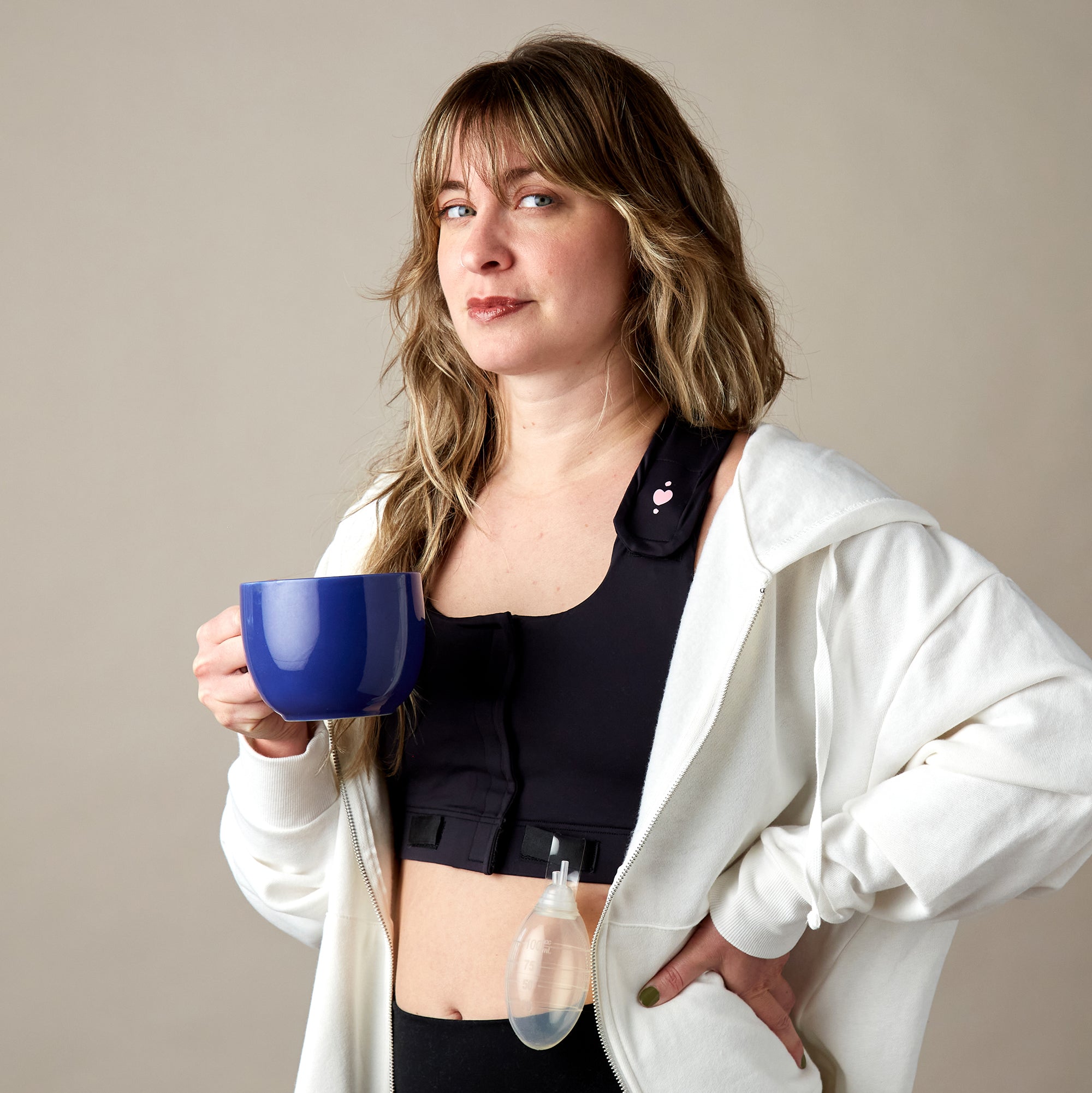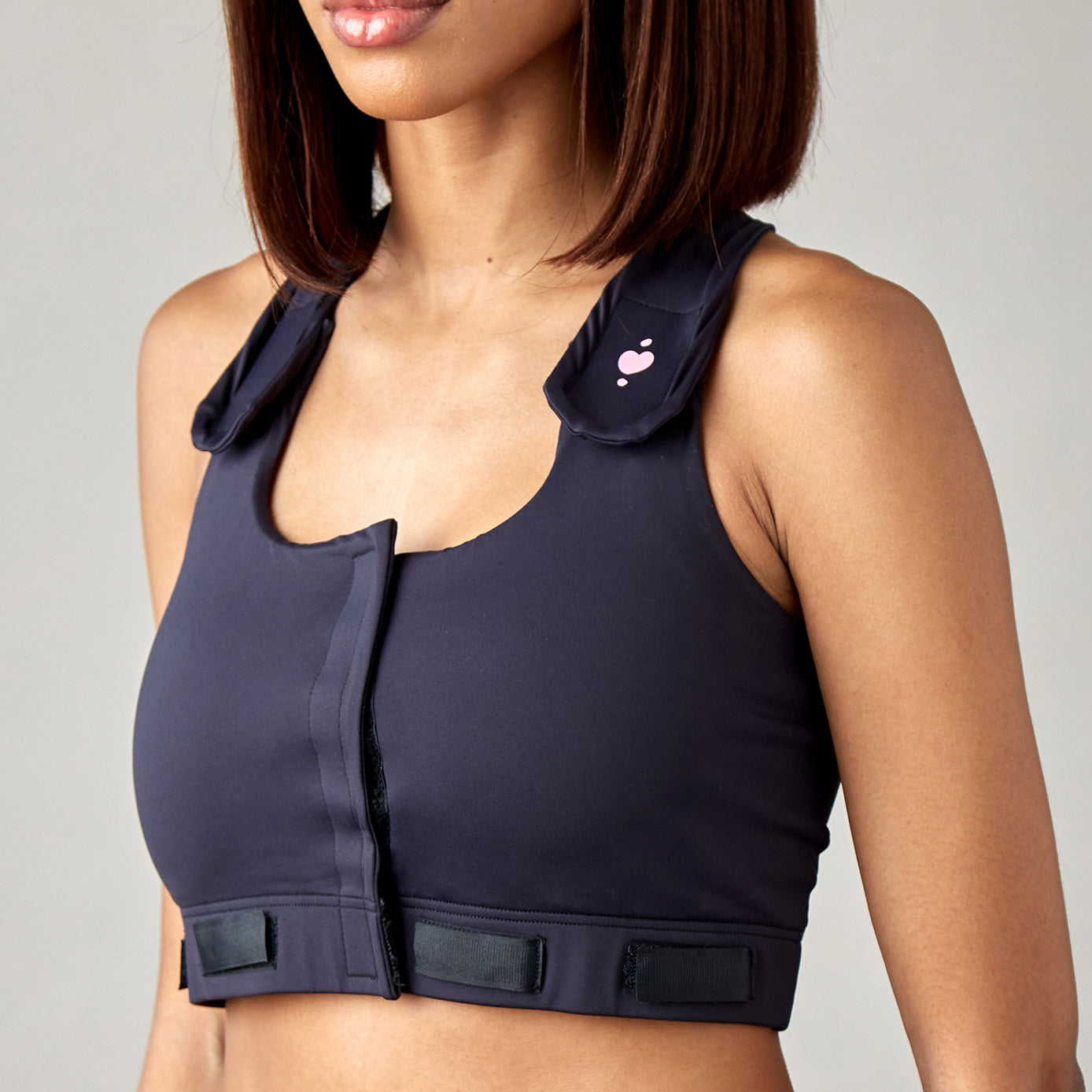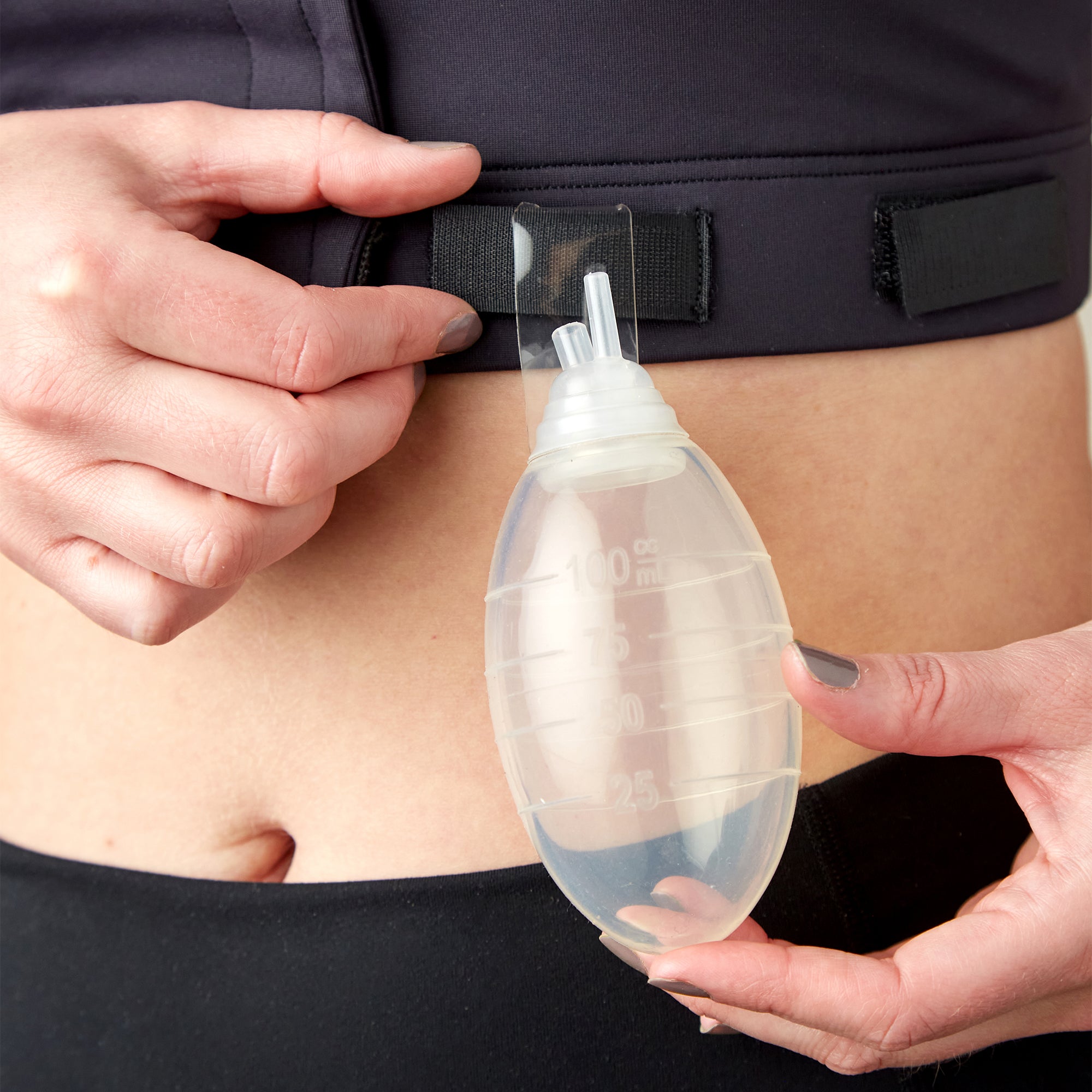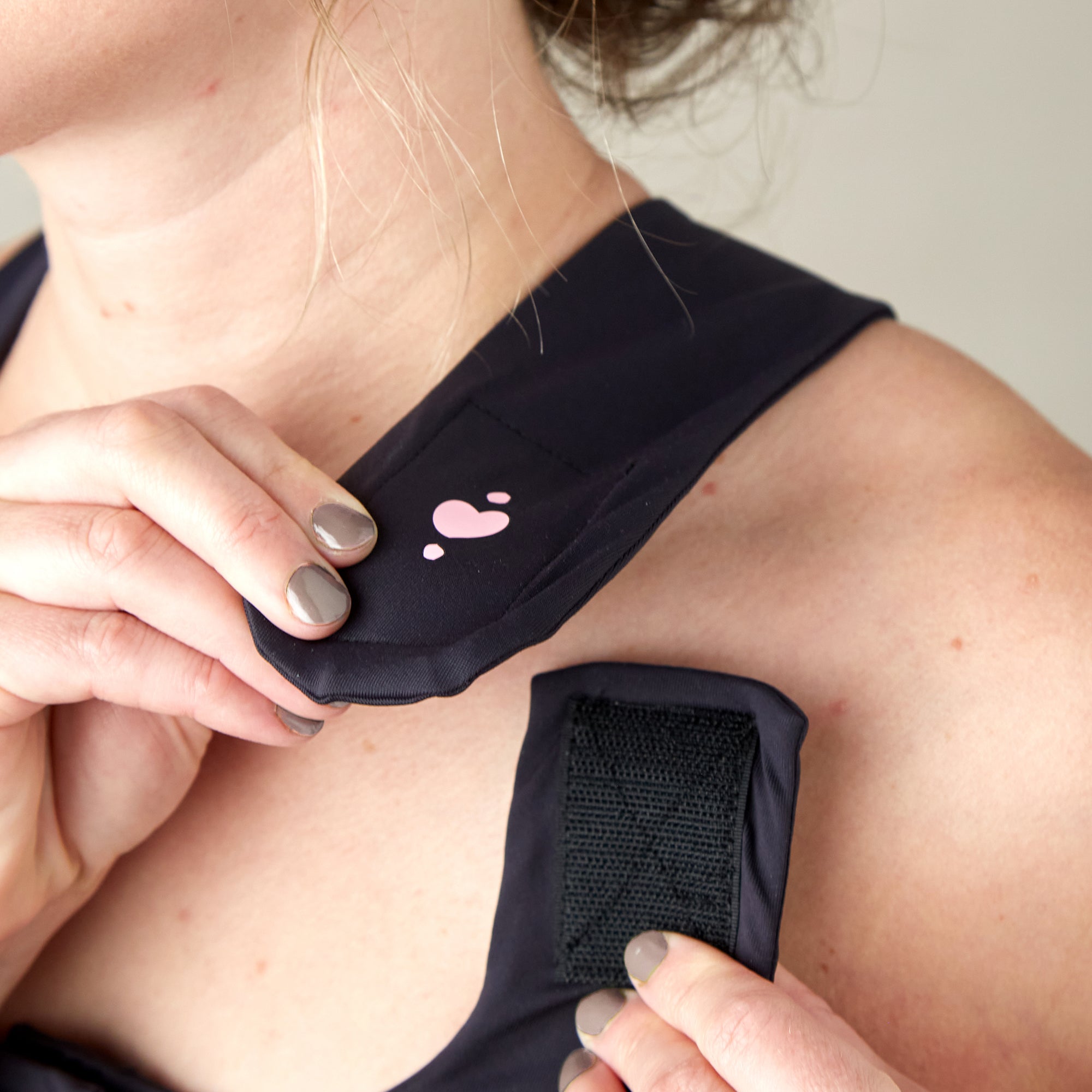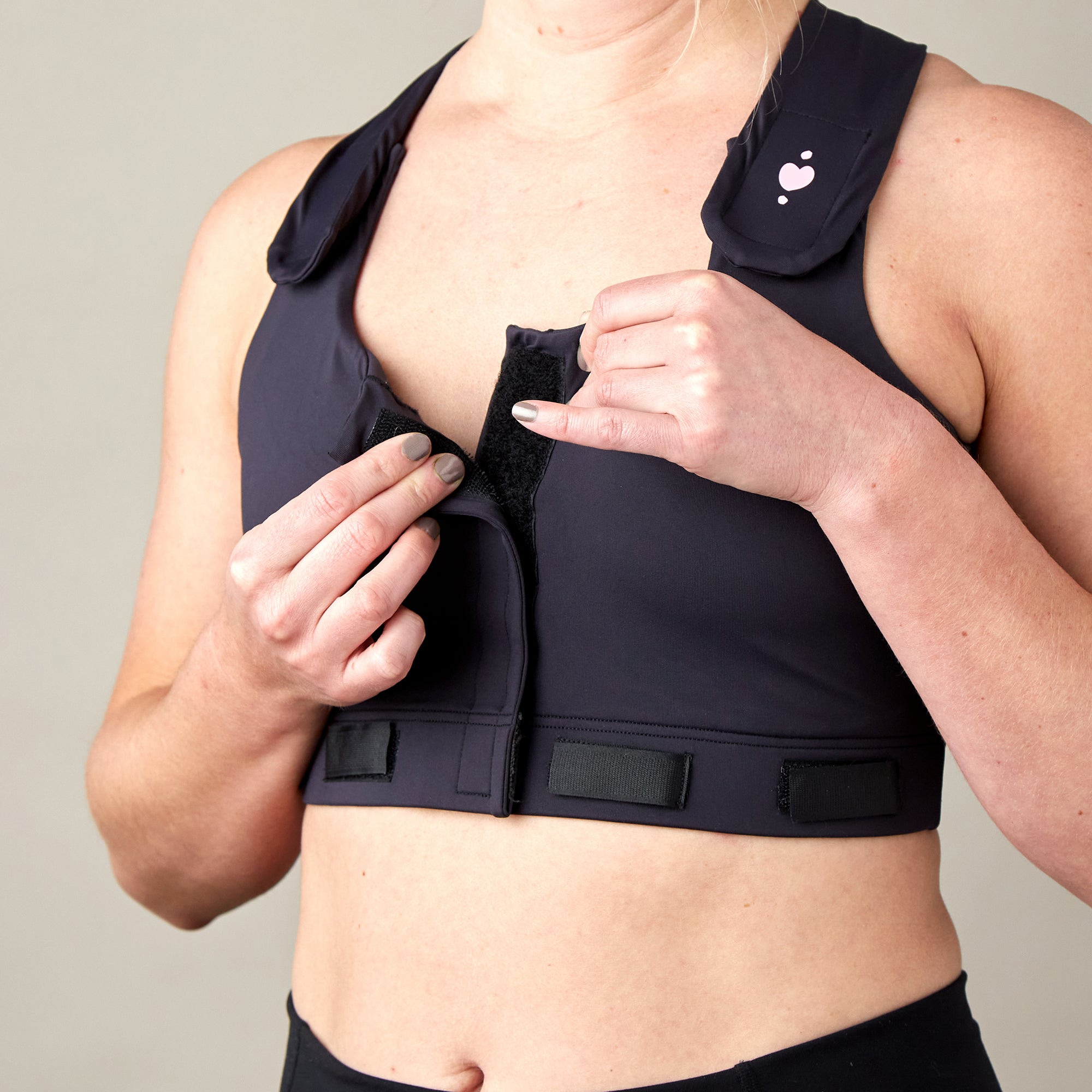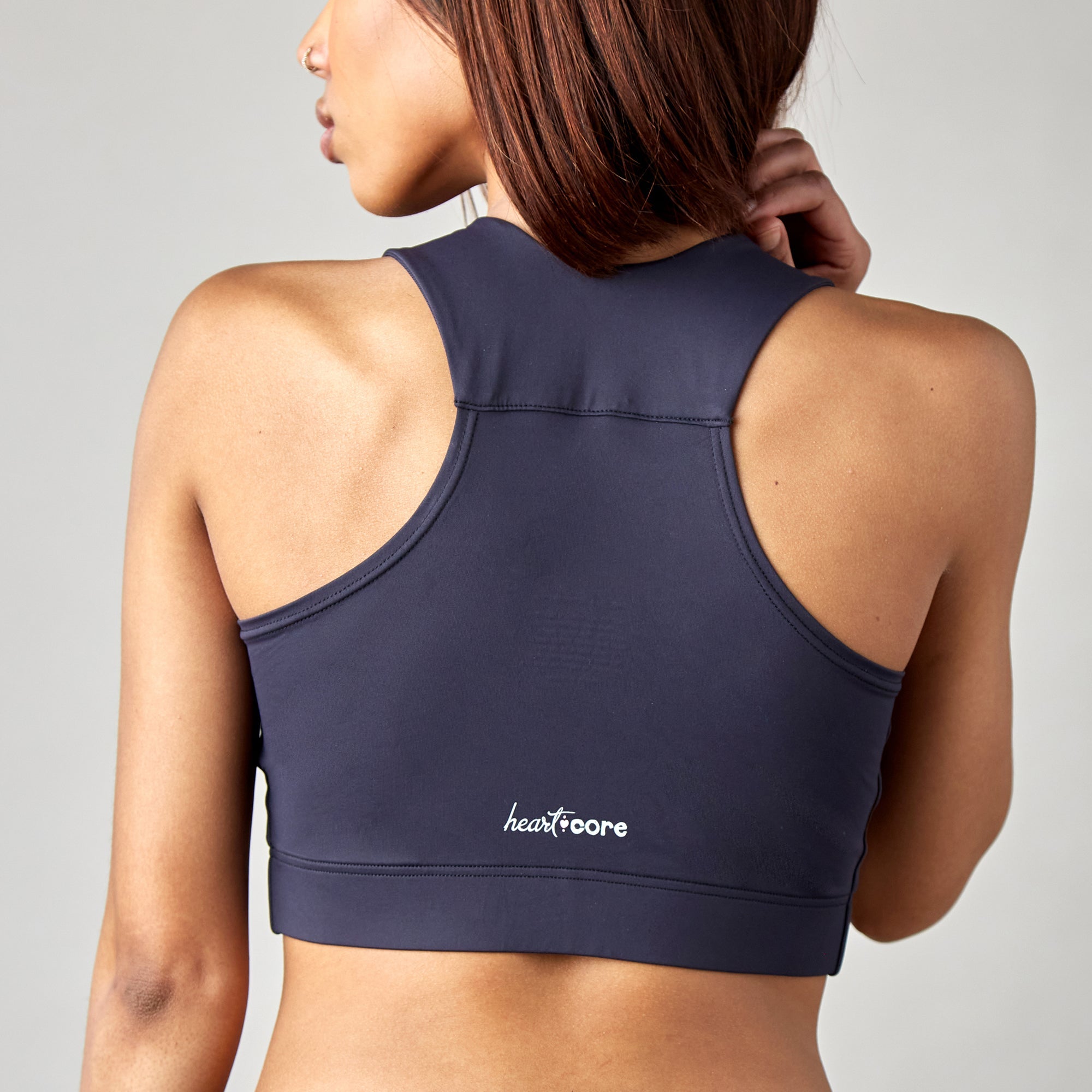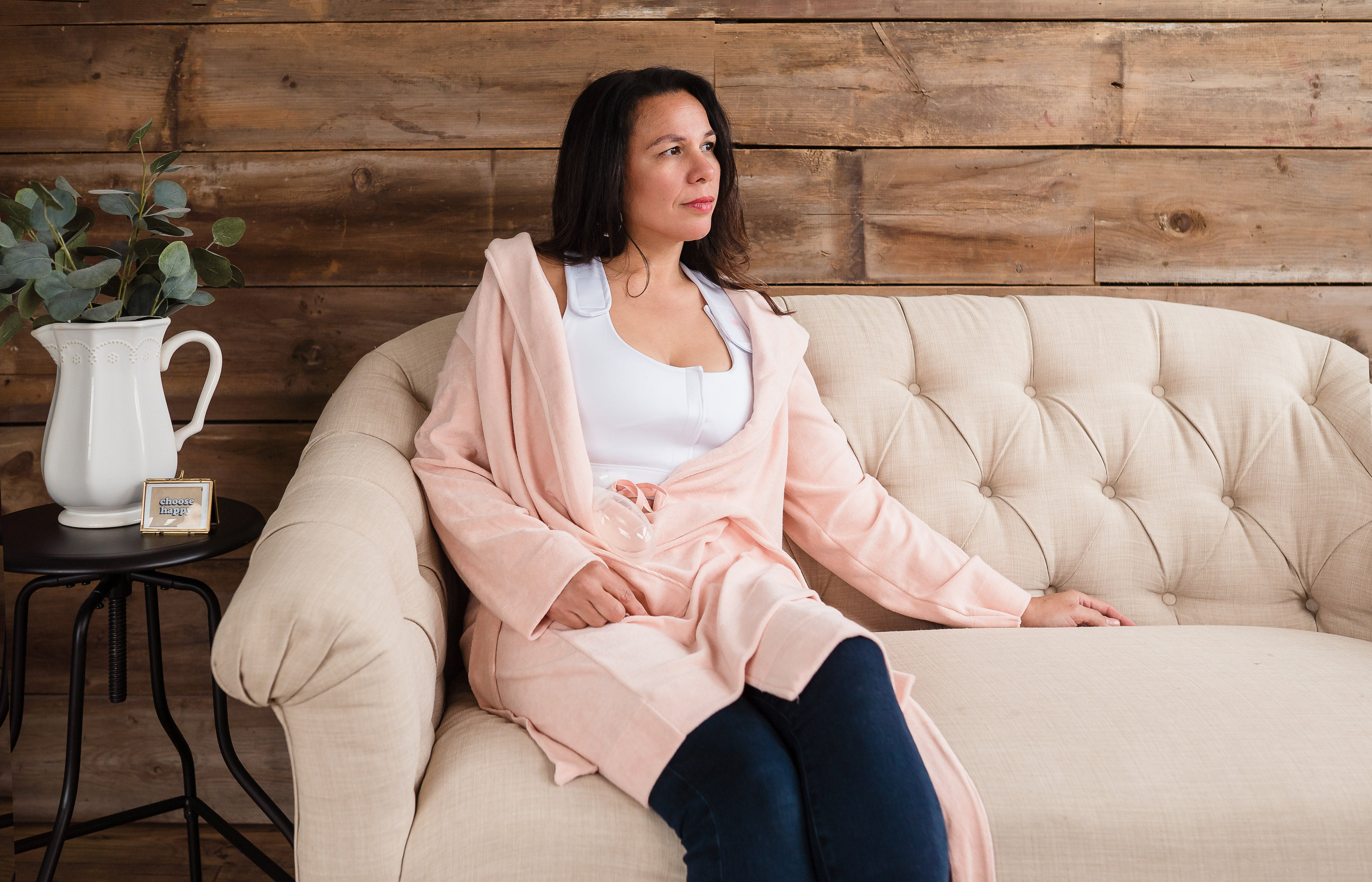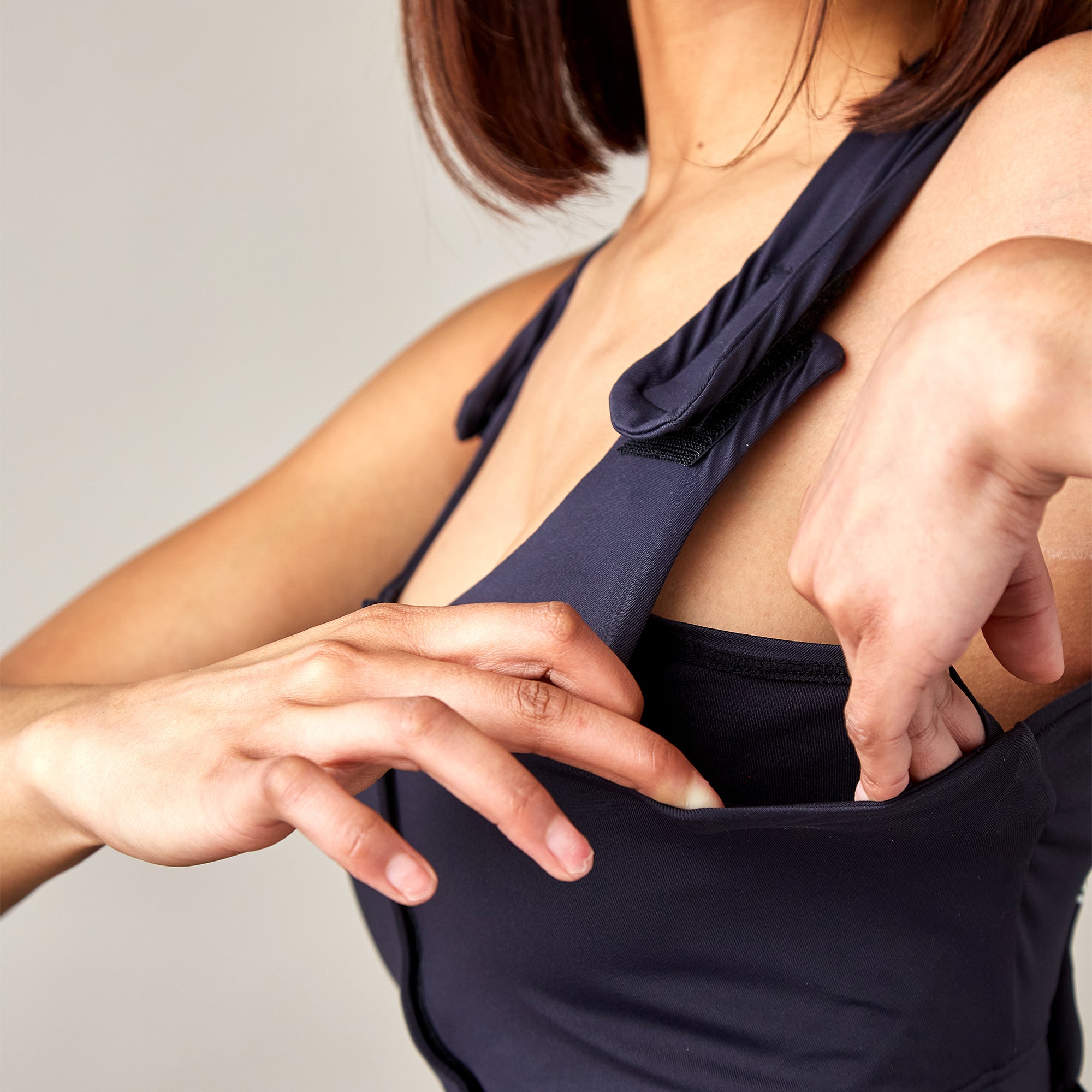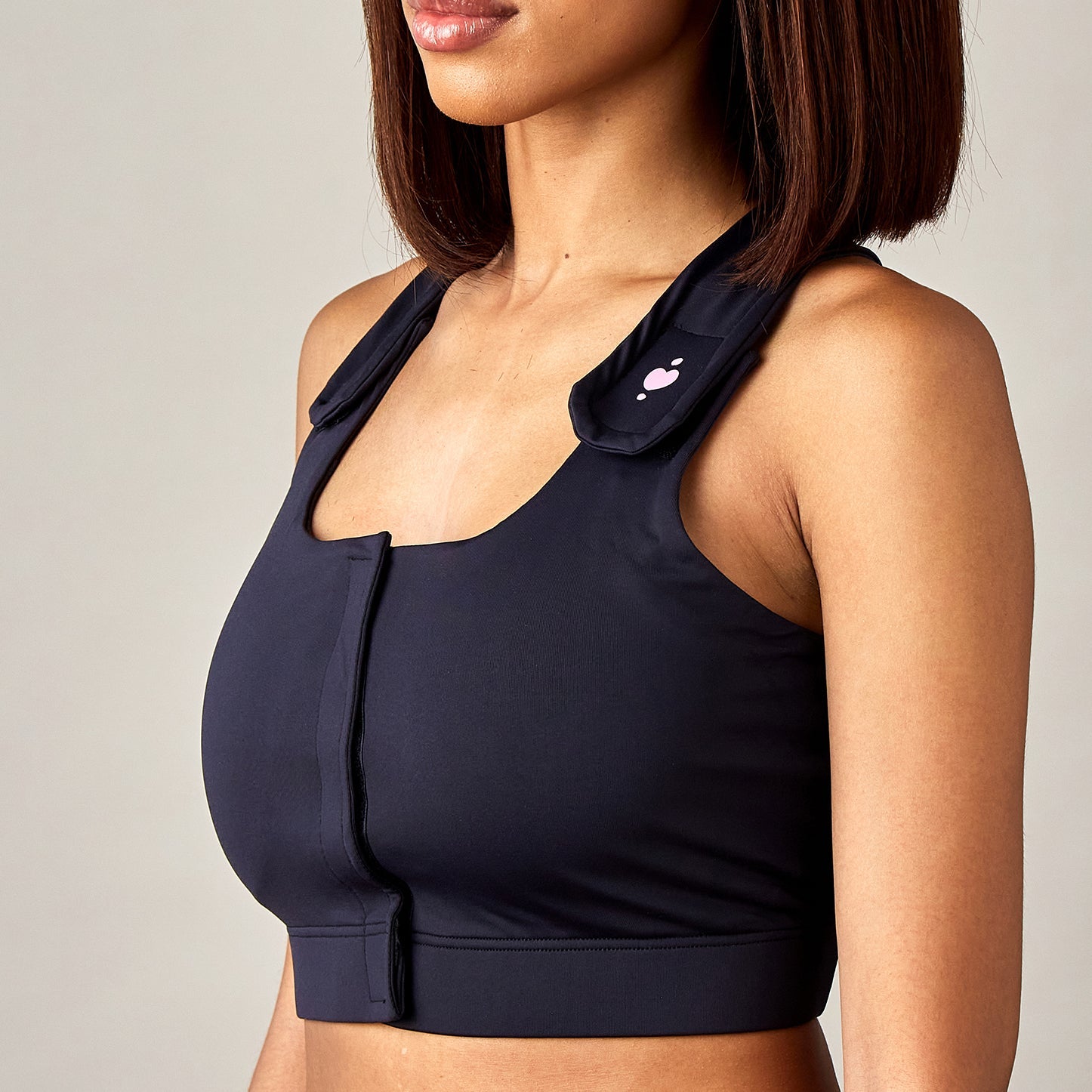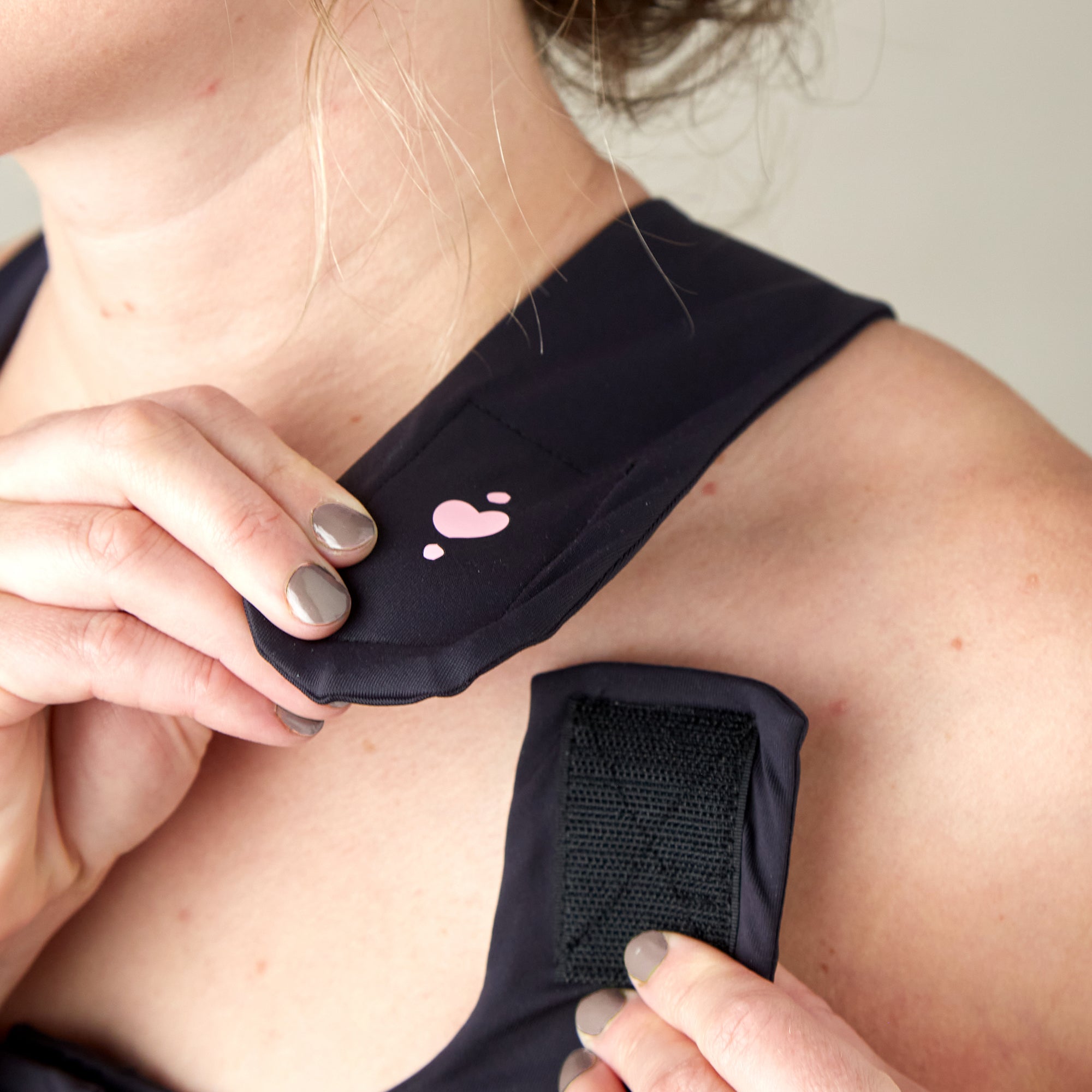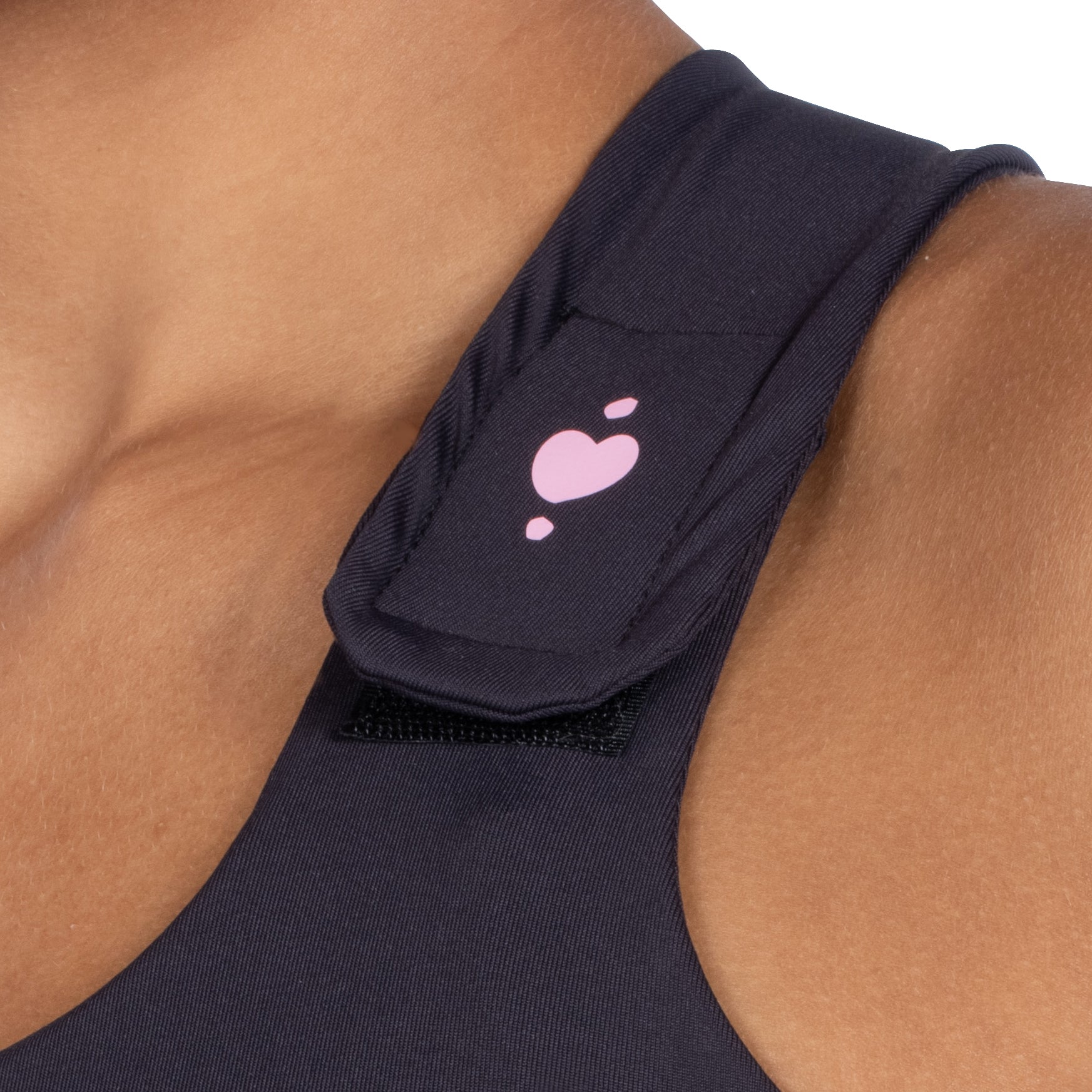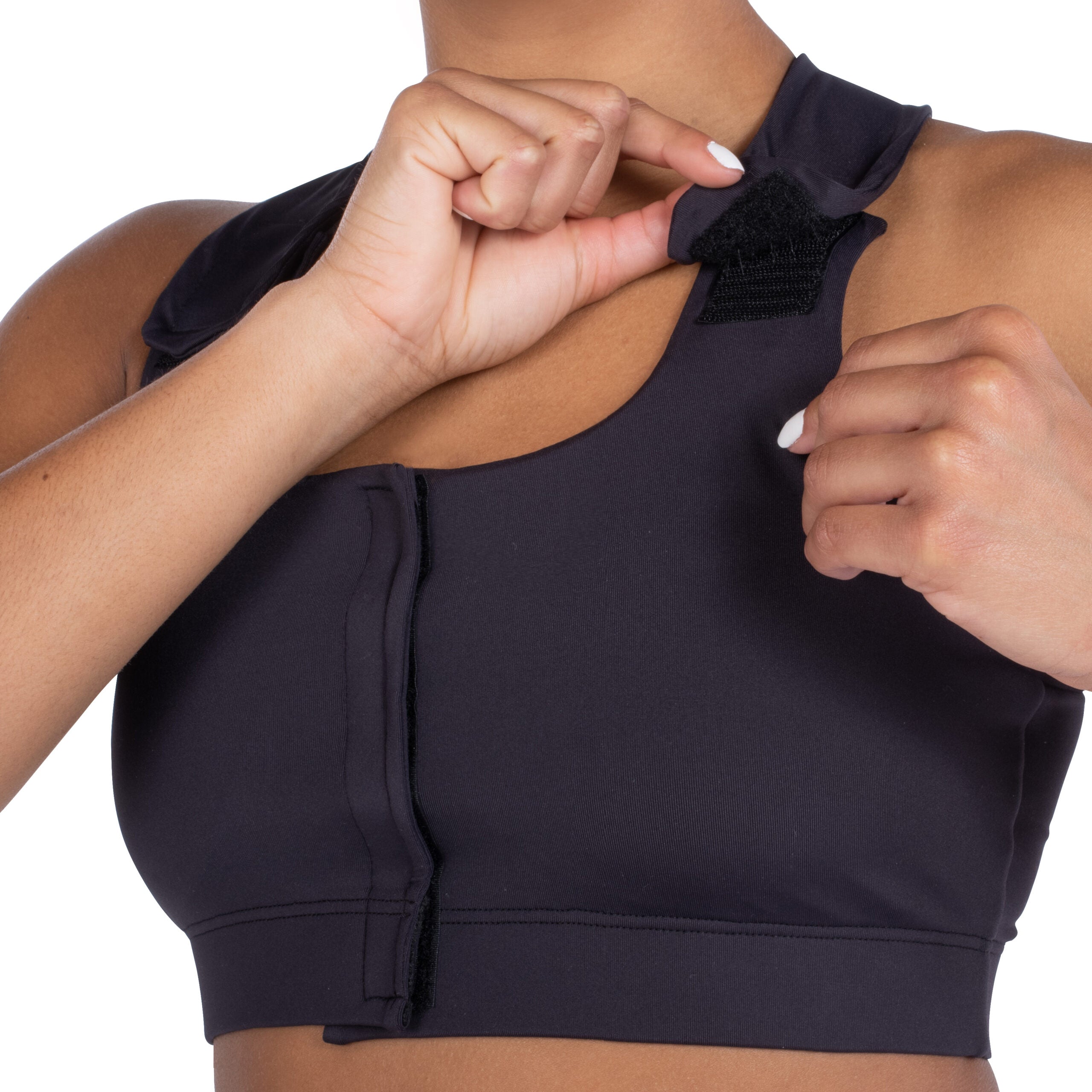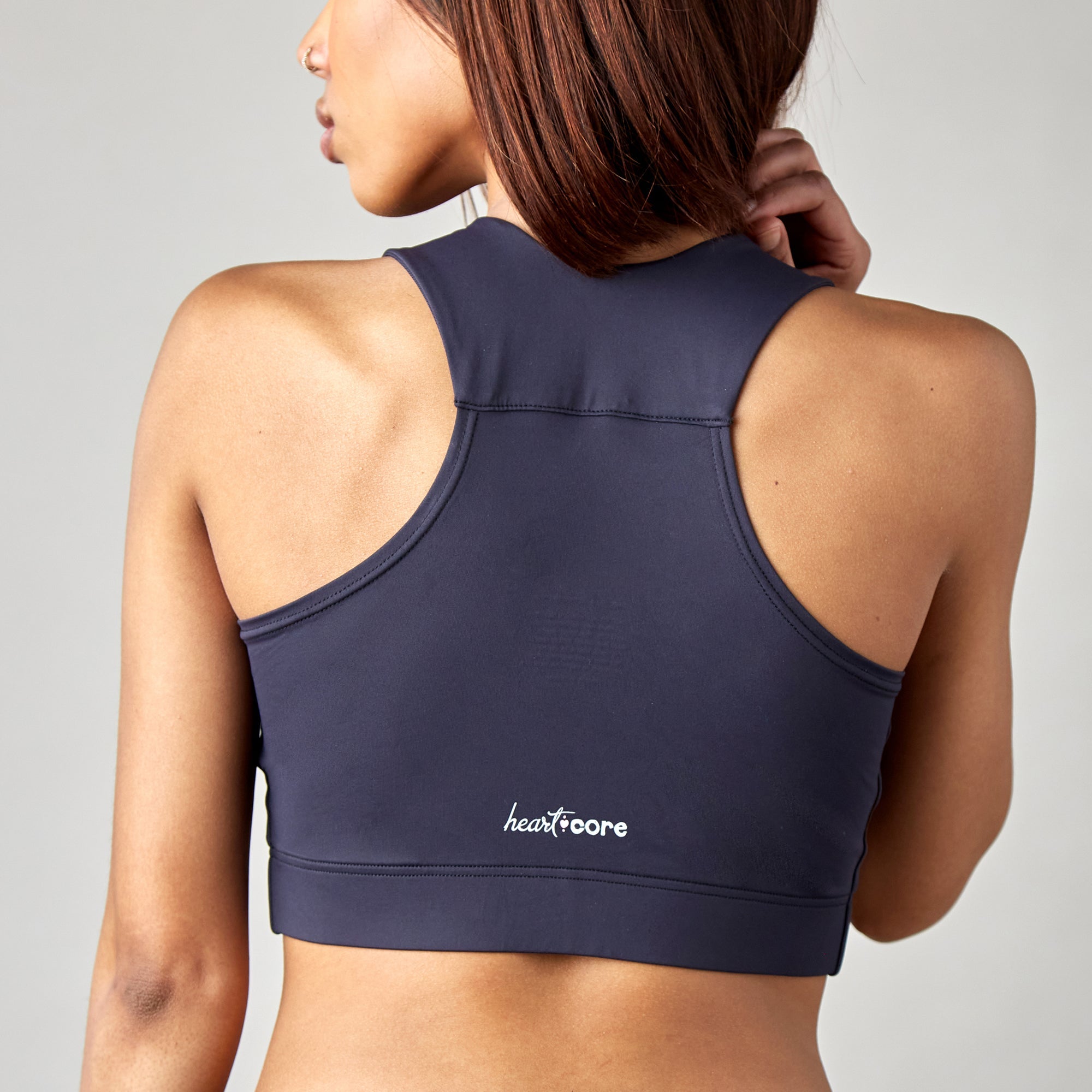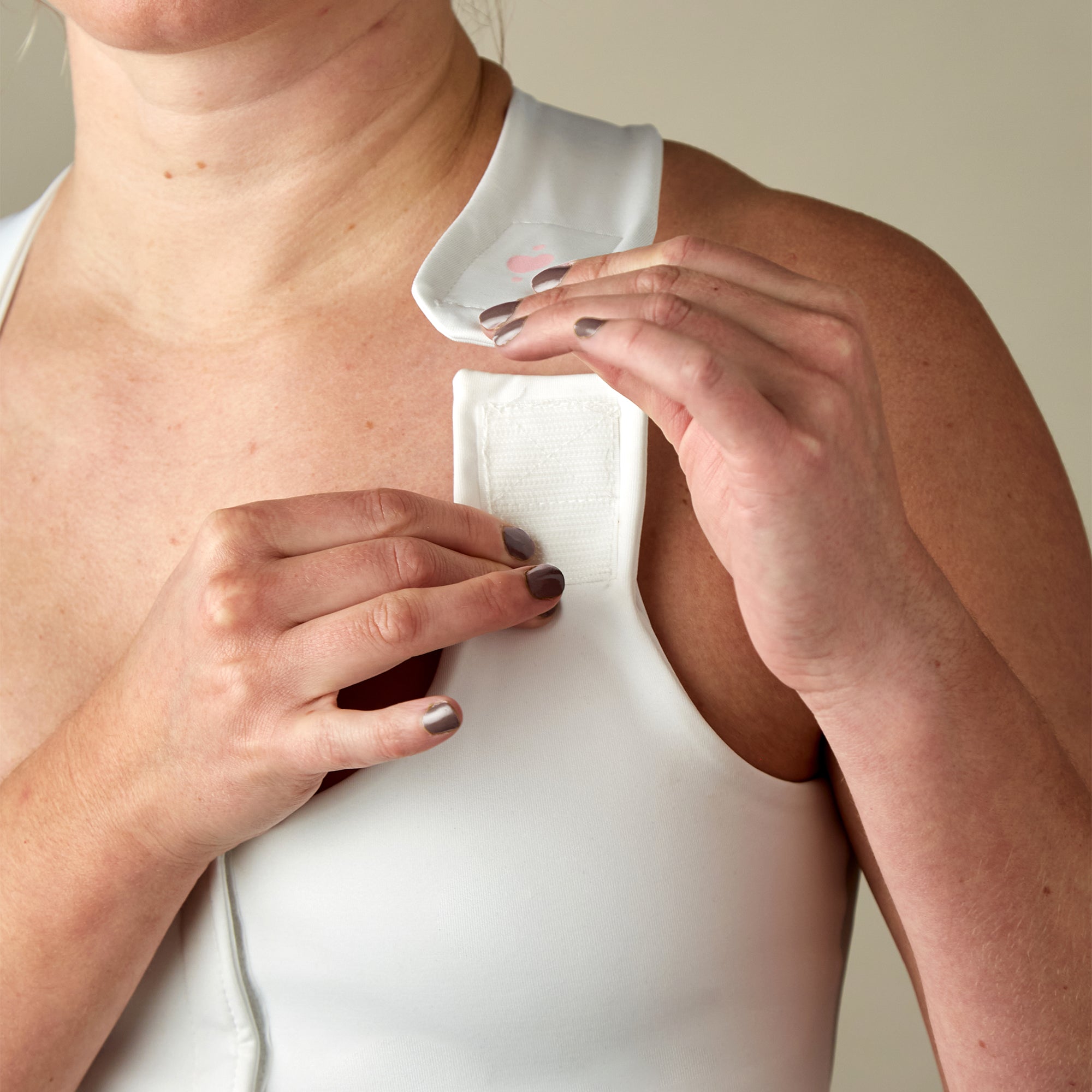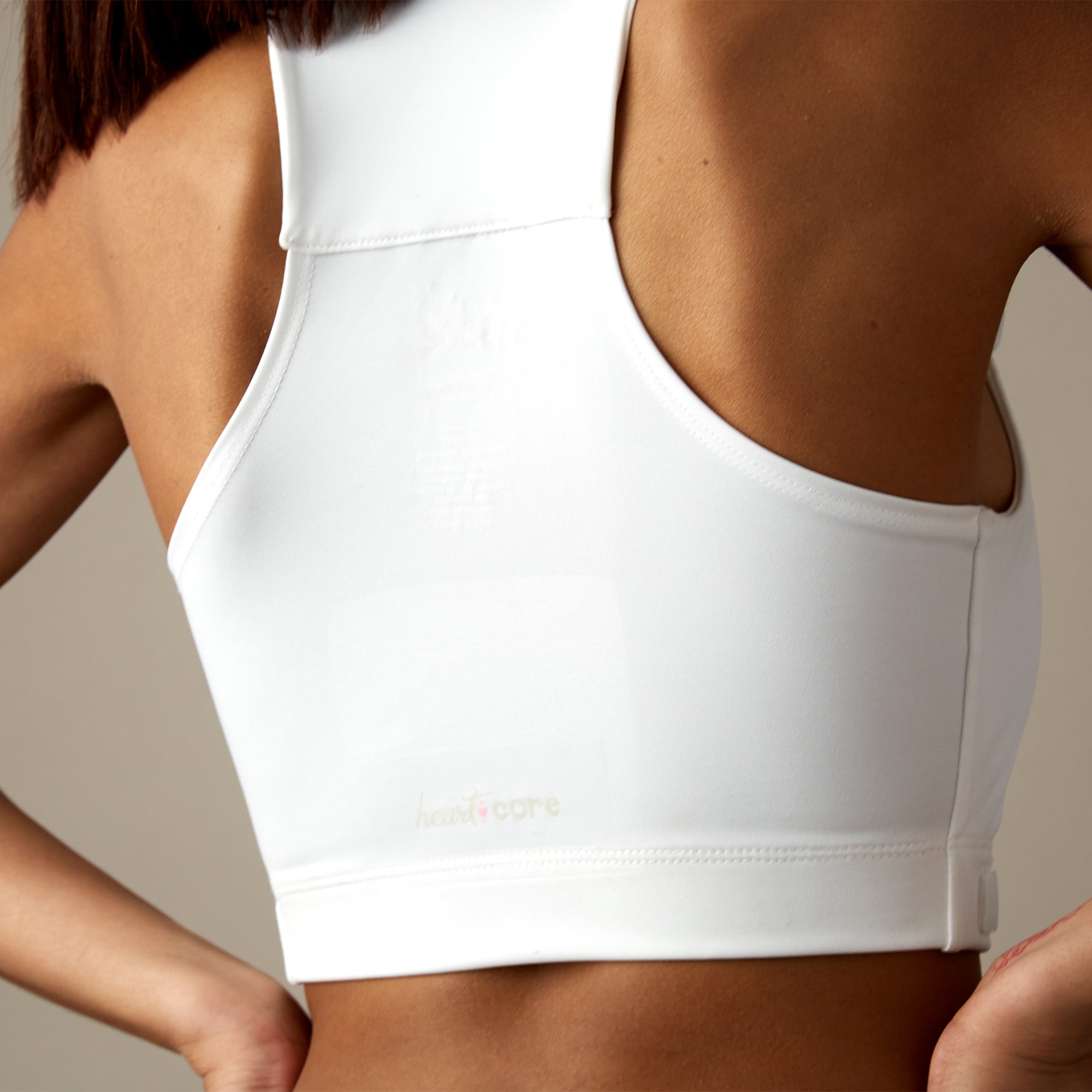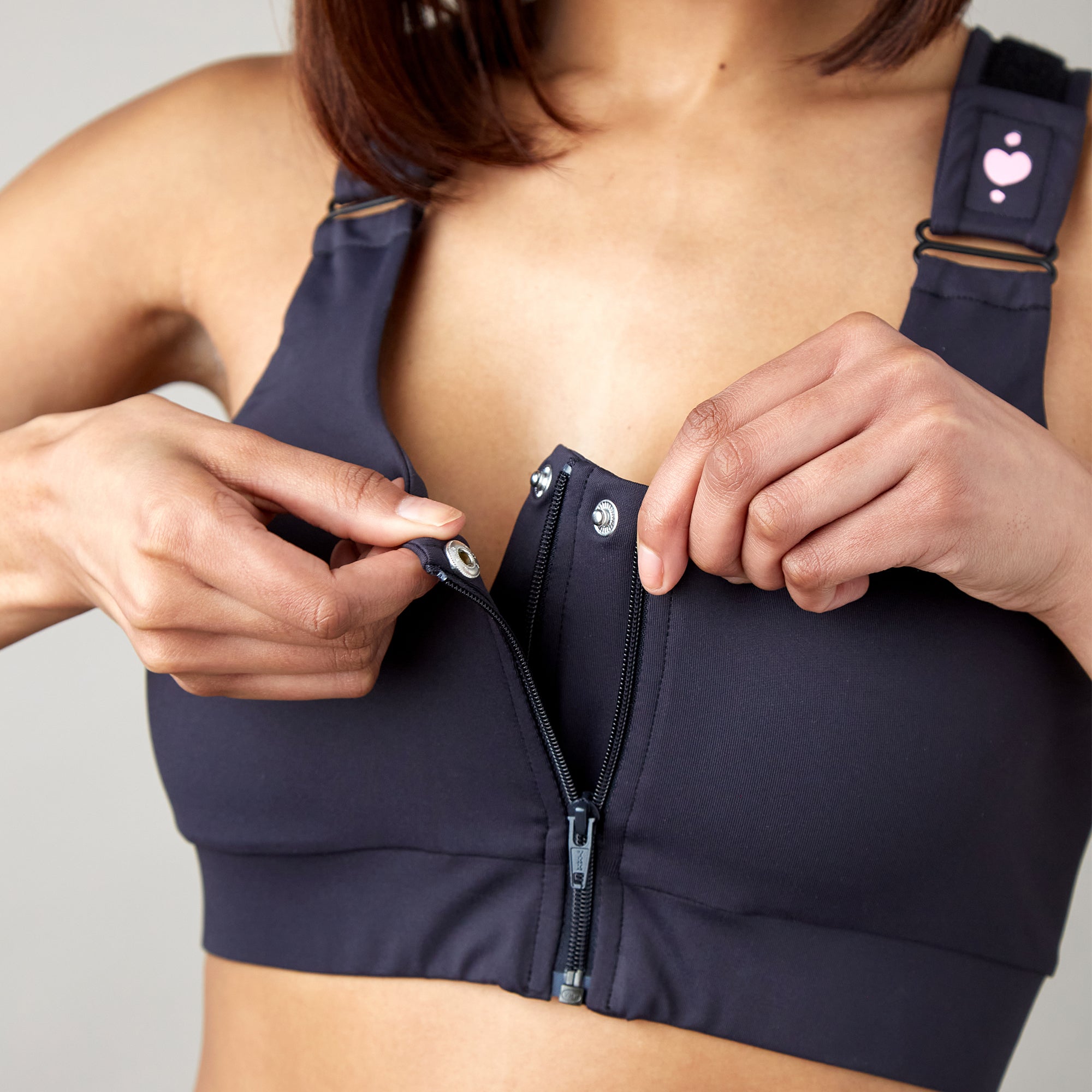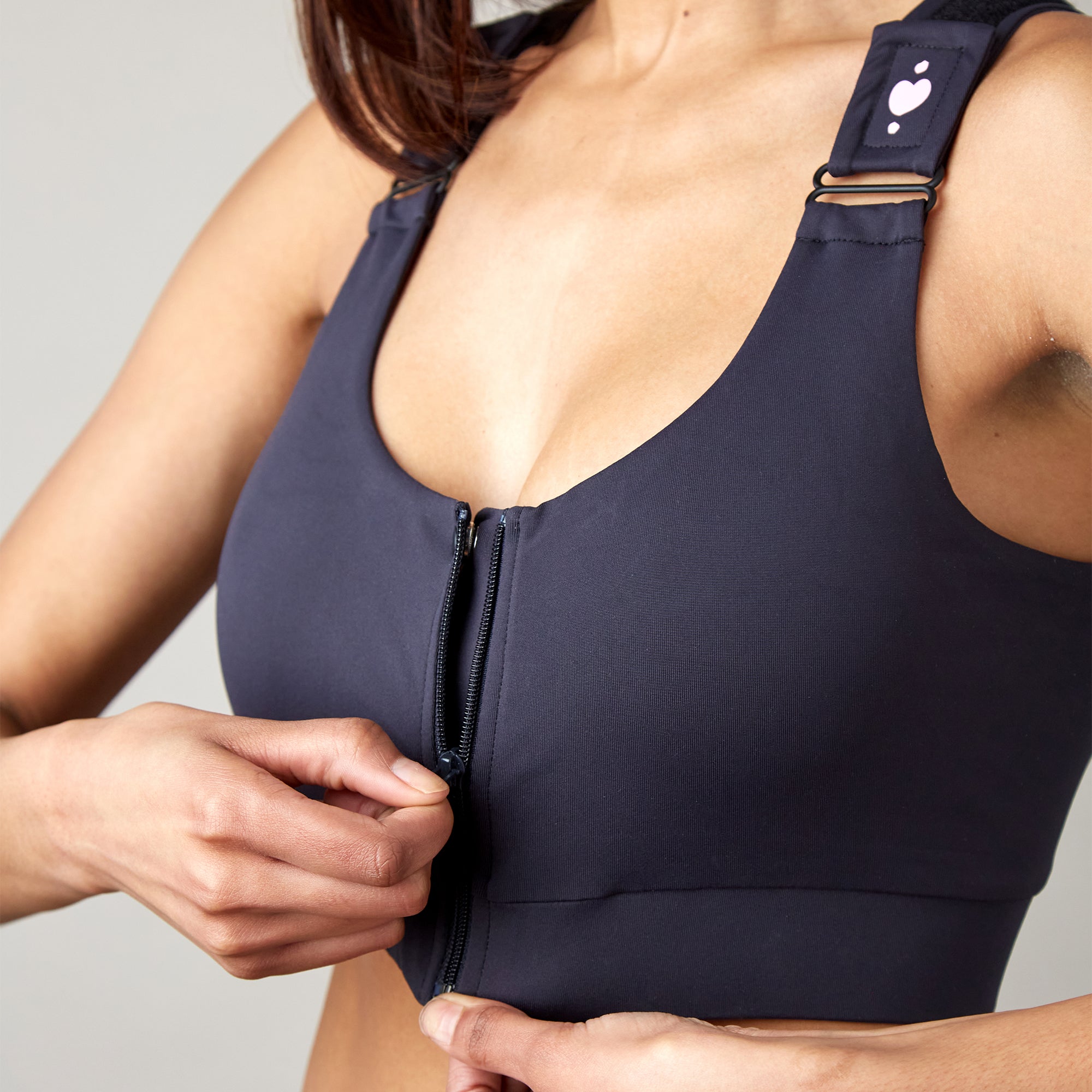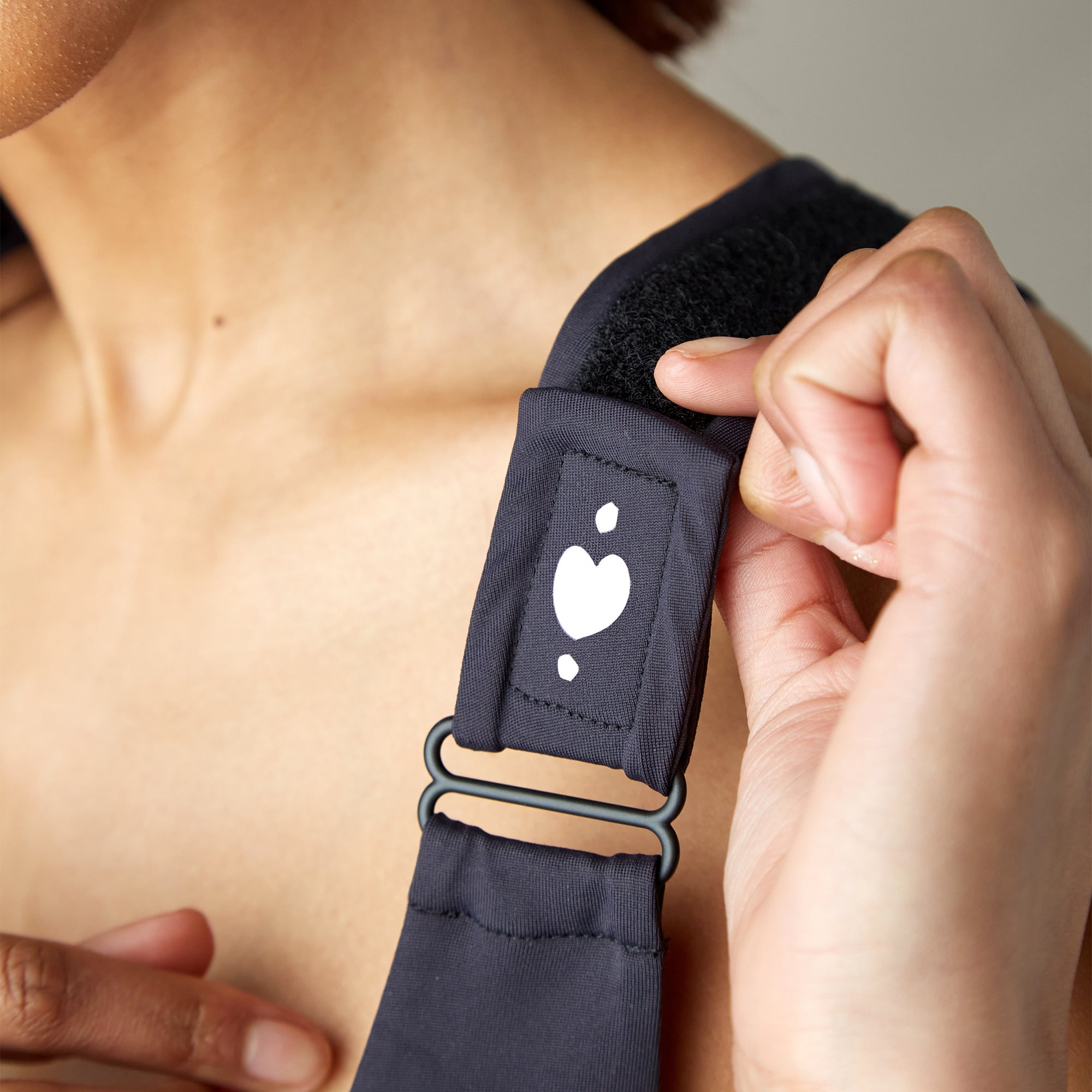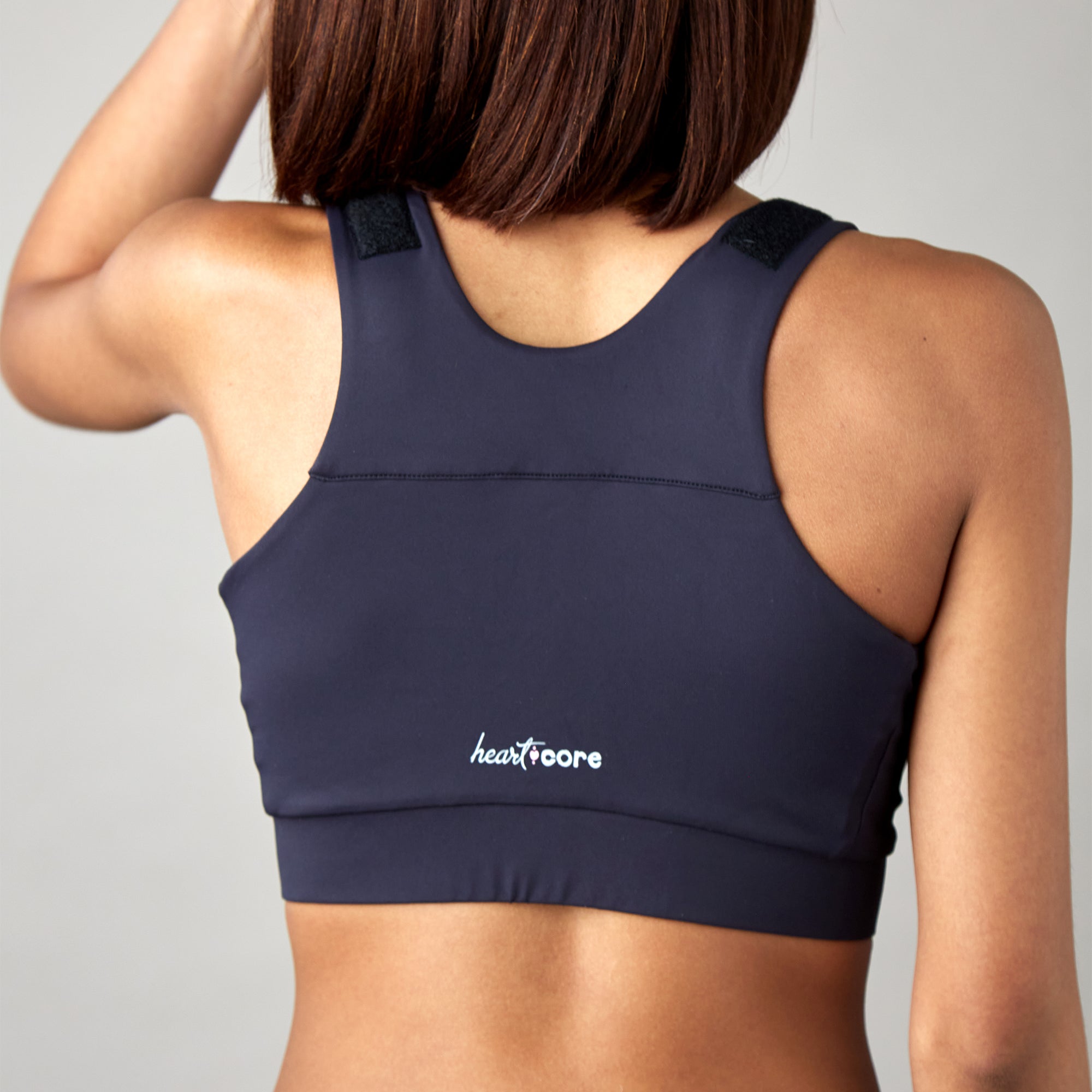You know that sinking feeling when you tuck your elderly or disabled loved one into bed, arrange their pillows just so, and return two hours later to find them in an awkward position, clearly struggling but too polite to complain? Or when your disabled loved one smiles and says they're "fine" while you can see they're anything but comfortable in their current positioning?
Welcome to the caregiver's positioning pillow dilemma: you desperately want to help, you're willing to buy whatever it takes, but somehow every pillow arrangement you create seems to have the structural integrity of a house of cards in a windstorm.
If you've ever found yourself standing in the pillow aisle of a store, wondering which combination of pillows will finally solve your loved one's comfort challenges, you've found the right guide. This isn't about becoming a professional physical therapist overnight—it's about understanding how to use positioning pillows effectively so your loved one can actually rest comfortably instead of enduring another night of "making do."
Ready to stop playing pillow guessing games with someone you care about? Let's get them properly positioned.
How to Delicately Introduce New Positioning Solutions
One of the biggest challenges caregivers face isn't finding the right positioning pillows—it's convincing their loved one to try them. Elderly and disabled individuals often develop strong attachments to their current sleep setup, even when it's clearly not serving them well.
Understanding the Resistance
Emotional attachment: That old pillow represents familiarity and independence. Suggesting changes can feel like criticism or acknowledgment of declining abilities.
Fear of change: When physical capabilities are limited, any change feels risky. What if the new setup is worse?
Loss of control: Being told how to sleep can feel infantilizing, especially when dealing with loss of independence in other areas.
The Gentle Introduction Strategy
Start with observation: "I noticed you seemed uncomfortable last night. How did you sleep?" This opens dialogue without immediately proposing solutions.
Focus on benefits they care about: Rather than "proper positioning," emphasize better sleep, less morning stiffness, easier breathing, or reduced pain.
Suggest a trial period: "What if we tried this for a week to see if it helps?" This feels less permanent and threatening.
Use their doctor's voice: "Dr. Johnson mentioned elevation might help with your breathing." Medical authority often carries more weight than family suggestions.
Making the Transition Smooth
Handle all logistics: Order, set up, and arrange everything so they don't have to think about the details.
Keep their old setup nearby: Don't immediately remove familiar pillows. Having a backup reduces anxiety about the change.
Be patient with the adjustment period: It may take several nights or even weeks for new positioning to feel natural.
Why Standard Pillows Are Not Helpful for Anyone Who Really Needs Support
Here's what nobody tells you when you start caring for someone with mobility limitations: regular household pillows were designed for people who can unconsciously readjust their positioning throughout the night. They're made for bodies that naturally maintain alignment and don't require deliberate support for basic comfort.
Your elderly or disabled loved one operates under completely different rules. They might have limited mobility that prevents natural position changes, chronic pain that makes certain positions impossible, circulation issues that require specific elevation, or muscle weakness that can't maintain proper alignment without external support.
Standard pillows fail because they:
-
Compress under body weight, losing their supportive shape exactly when support is needed most
-
Shift and migrate during sleep, leaving gaps where support should be
-
Create pressure points rather than distributing weight evenly
-
Don't maintain therapeutic positioning angles throughout the night
-
Force you to play nightly "pillow Jenga" instead of providing consistent support
This is why you can spend $200 on various pillows from different stores and still watch your loved one struggle to get comfortable. You're not failing as a caregiver—you're trying to solve an engineering problem with tools that weren't designed for the job.
The Power of Elevated Back Sleeping: Why This Position Changes Everything
For elderly and disabled individuals, elevated back sleeping isn't just comfortable—it's often therapeutic. This position, where the upper body is gently raised at a 30-45 degree angle, addresses multiple comfort and health challenges simultaneously.
Why Elevated Back Sleep Works So Well
Respiratory Relief: Elevation naturally opens airways and reduces the work of breathing. For loved ones with COPD, heart conditions, or general breathing difficulties, this position can make the difference between restful sleep and struggling for air.
Circulation Improvement: The gentle incline assists cardiac function and helps blood return to the heart, reducing swelling in legs and feet that often worsens overnight. Your loved one may wake up with less puffiness and better overall circulation.
Digestive Comfort: Elevation helps prevent acid reflux and heartburn, common issues for elderly individuals that can severely disrupt sleep quality. The angle works with gravity to keep stomach contents where they belong.
Pressure Relief: Unlike flat back sleeping, proper elevation distributes body weight more evenly, reducing pressure on the tailbone and lower back—areas where pressure sores commonly develop.
Easier Mobility: Getting in and out of bed becomes significantly easier from an elevated position. Your loved one gains independence and confidence when position changes don't require the effort of rising from completely flat.
The Elevation Sweet Spot
The magic happens between 30-45 degrees—steep enough to provide therapeutic benefits, gentle enough to remain comfortable for extended periods. This isn't the sharp angle of a hospital bed cranked up high; it's a gradual incline that feels natural while providing significant health benefits.
Too little elevation (under 20 degrees): Minimal therapeutic benefit, limited respiratory improvement
Perfect range (30-45 degrees): Maximum therapeutic benefit with sustained comfort
Too steep (over 60 degrees): Uncomfortable for extended periods, may cause sliding down
Creating Stable Elevation
The challenge isn't understanding that elevation helps—it's creating stable, comfortable elevation that maintains its angle throughout the night. Regular pillows compress and shift, leaving your loved one gradually sliding into a flat position that eliminates all the benefits you're trying to provide.
Quality positioning systems maintain consistent elevation angles, ensuring your loved one receives therapeutic benefits all night rather than just for the first hour before everything shifts and compresses.
The Real Positioning Challenges Your Loved One Faces (And Why They Matter)
Pressure Point Prevention
When someone has limited mobility, their body weight concentrates on the same points for hours at a time. Without proper positioning, these pressure points can quickly become painful and potentially develop into serious skin issues. Effective positioning pillows distribute weight evenly, preventing the concentrated pressure that causes discomfort and complications.
Circulation Support
Aging bodies and certain disabilities can affect circulation, making proper positioning crucial for maintaining healthy blood flow. Elevating legs slightly helps blood return to the heart, while avoiding positions that compress major blood vessels ensures adequate circulation throughout the night.
Joint and Muscle Support
Arthritis, muscle weakness, and other conditions make proper joint alignment essential for comfort. Without adequate support, joints can be stressed in ways that increase pain and stiffness, making morning mobility even more challenging.
Safety During Position Changes
Perhaps most importantly, good positioning systems help prevent falls and injuries when your loved one needs to change positions or get up during the night. Stable, predictable support gives them confidence to move safely.
Positioning Pillows by Common Conditions: Your Practical Reference Guide
Arthritis and Joint Pain
The challenge: Stiff, painful joints need specific positioning to minimize stress and maintain alignment.
Key positioning principles:
-
Support all major joints to prevent hanging or unsupported weight
-
Use gentle elevation to reduce inflammation
-
Provide consistent support that doesn't shift during sleep
-
Create barriers to prevent rolling into painful positions
Elevated back sleep setup:
-
Upper body elevation at 30-40 degrees to reduce joint pressure
-
Knee support to maintain hip alignment and reduce lower back stress
-
Arm support to prevent shoulder strain from hanging limbs
-
Side barriers to maintain comfortable positioning throughout the night
Limited Mobility
The challenge: Individuals who can't easily reposition themselves need comprehensive support that works in one position for extended periods.
Key positioning principles:
-
Distribute pressure evenly across all contact points
-
Maintain proper spinal alignment in chosen position
-
Prevent pressure points from developing during long periods in same position
-
Ensure comfort without requiring frequent adjustments
Elevated back sleep advantages:
-
Reduces pressure on vulnerable areas like tailbone and shoulder blades
-
Makes getting in and out of bed significantly easier
-
Provides stable positioning that doesn't require frequent adjustment
-
Creates safe, predictable support for individuals with limited strength
Respiratory Issues
The challenge: Breathing difficulties often require elevated positioning to improve lung function and reduce fluid accumulation.
Key positioning principles:
-
Maintain 30-45 degree upper body elevation
-
Support airway positioning for optimal breathing
-
Avoid positions that compress chest or restrict lung expansion
-
Ensure comfort during extended periods of elevation
Why elevated back sleep excels:
-
Gravity assists in opening airways and reducing breathing effort
-
Prevents fluid accumulation in lungs that worsens when lying flat
-
Reduces work of breathing, allowing for more restful sleep
-
Provides immediate relief for conditions like sleep apnea and COPD
Circulation Problems
The challenge: Poor circulation requires positioning that promotes healthy blood flow while maintaining comfort.
Key positioning principles:
-
Gentle leg elevation to help blood return to the heart
-
Avoid positions that compress major blood vessels
-
Maintain proper alignment to support circulation
-
Prevent dependent edema through strategic positioning
Elevated back sleep benefits:
-
Upper body elevation assists cardiac function
-
Combined with leg elevation, creates optimal circulation support
-
Reduces swelling in extremities that worsens when lying flat
-
Improves overall cardiovascular efficiency during rest
The Caregiver's Positioning Pillow Assessment
Before investing in any positioning pillows, assess your loved one's specific needs using this practical checklist:
Mobility Assessment
-
Can they reposition themselves independently during sleep?
-
Do they have the strength to adjust pillows if they shift?
-
Are there positions they absolutely cannot tolerate?
-
Do they have balance issues that affect getting in and out of bed?
Comfort Requirements
-
What positions were comfortable before their current challenges?
-
Are there specific pain points that need extra support?
-
Do they prefer firmer or softer support?
-
Are there temperature sensitivity issues to consider?
Medical Considerations
-
Has their doctor recommended specific positioning?
-
Are there elevation requirements for breathing or circulation?
-
Do they have skin sensitivity that requires special materials?
-
Are there safety concerns about certain positions?
Sleep Environment
-
What size bed are you working with?
-
Is there a partner whose sleep might be affected?
-
Are there nighttime care needs that affect positioning?
-
What's the realistic budget for positioning solutions?
Making DIY Positioning Work (When Budget Is the Priority)
While purpose-built positioning systems offer significant advantages, you can create functional positioning support using carefully selected individual pillows if budget constraints are your primary concern.
Essential DIY Components
Wedge pillow for elevation: Look for firm foam construction that won't compress under weight. Avoid air-filled or soft alternatives that lose their angle during use.
Body pillow for side support: Choose one long enough to extend from head to knees. Firm fiber fill works better than soft down alternatives.
Small support pillows: Get 3-4 firm pillows for arm, leg, and gap support. These need to maintain their shape under pressure.
Non-slip materials: Add yoga mats or grippy pads under pillows to prevent shifting
DIY Setup Strategies
Create stability: Test your arrangement by pressing on each pillow firmly. If anything shifts or compresses significantly, it won't provide reliable support during sleep.
Address gaps: Use smaller pillows or rolled towels to fill any gaps where body parts might be left unsupported.
Plan for maintenance: Accept that DIY arrangements typically require 10-15 minutes of setup each night and occasional middle-of-night adjustments.
Document what works: Take photos of successful arrangements so you can recreate them consistently.
DIY Limitations to Acknowledge
Even with careful selection, DIY positioning has inherent limitations:
-
Setup time averages 15-20 minutes nightly
-
Pillows often shift during sleep, requiring readjustment
-
Multiple separate pillows can create pressure points at transition areas
-
Total cost often approaches purpose-built solutions when you factor in trial-and-error purchases

The Complete Sleep Again Pillow System: Professional-Grade Positioning
For caregivers who want to eliminate guesswork and provide optimal positioning from day one, the Sleep Again Pillow System addresses every challenge discussed in this guide through integrated design and professional-grade materials.
Every Sleep Again Pillow System includes:
-
Two Contoured Side Pillows to cradle back and hips
-
Upper Body Wedge to create optimal upper body incline
-
Leg Support Wedge to gently elevate legs
-
Head Pillow to provide head support and neck mobility
-
Removable, washable slipcovers for every piece
Why Sleep Again Pillows Excel for Elderly and Disabled Positioning
The Sleep Again Pillow System is designed to address the unique challenges of caring for elderly and disabled individuals who need reliable, therapeutic positioning night after night.
Consistent therapeutic angles: The Upper Body Wedge maintains precise 30-45 degree elevation throughout the night, ensuring your loved one receives respiratory and circulation benefits consistently rather than just until pillows compress.
Pressure distribution technology: The Contoured Side Pillows distribute weight evenly across contact points, preventing the pressure sores and discomfort that develop with inadequate support.
Integrated support system: Rather than fighting to make separate pillows work together, each component is designed to complement the others, creating seamless full-body support.
Caregiver-friendly design: Setup takes 3-5 minutes instead of 15-20, and the system maintains positioning throughout the night, eliminating middle-of-night adjustment calls.
Hygiene considerations: Removable, washable covers address the cleanliness concerns crucial when caring for individuals who spend extended time in bed.
Sleep Again vs. DIY Solutions: The Real Comparison
Setup time comparison:
-
DIY pillow arrangement: 15-20 minutes nightly
-
Sleep Again Pillow System: 3-5 minutes once familiar with setup
Night maintenance:
-
DIY approach: 2-4 wake-ups for pillow readjustment
-
Sleep Again Pillow System: Maintains positioning throughout the night
Cost analysis:
-
DIY accumulation: $150-250 over multiple attempts
-
Sleep Again comprehensive solution: $299 for everything you need
Long-term value:
-
DIY pillows: Often unused after recovery, storage challenges
-
Sleep Again System: Continues providing benefits for years, becomes permanent sleep improvement
SHOP THE BEST POSITIONING PILLOWS

When to Choose Sleep Again Pillows Over Other Options
For Caregivers Who Want Immediate Results
If you're tired of the trial-and-error approach with individual pillows, The Sleep Again Pillow System eliminates the guesswork. The system provides proven positioning from night one, based on the specific needs of elderly and disabled individuals rather than general comfort preferences.
For Complex Medical Needs
When your loved one has multiple conditions requiring elevation, pressure relief, and circulation support simultaneously, the Sleep Again System addresses all these needs through integrated design rather than hoping separate pillows will work together.
For Long-Term Care Situations
Whether providing care for months or years, Sleep Again Pillows maintain their therapeutic positioning longer than standard pillows, making them a wise investment for extended caregiving situations.
When to Upgrade from DIY to Professional Systems
Signs It's Time to Invest in Quality
Frequent position complaints: If your loved one consistently reports discomfort despite pillow adjustments
Nightly setup struggles: When you're spending 20+ minutes arranging pillows each night
Partner sleep disruption: If a bedmate's sleep suffers due to unstable pillow arrangements
Skin integrity concerns: Any signs of pressure points or skin irritation from inadequate support
Caregiver exhaustion: When pillow management becomes a significant daily burden
The Investment Perspective
Quality positioning systems represent a health investment rather than just a comfort purchase. Better sleep leads to improved mood, reduced pain, better appetite, and overall enhanced quality of life for your loved one.
Cost comparison:
-
DIY pillow accumulation: $150-250 over several attempts
-
Sleep Again Pillow System: $299 for a comprehensive solution
-
Hidden costs of poor positioning: Potential health complications, caregiver stress, sleep disruption
Long-term value: Professional positioning systems typically last for years and often provide benefits that extend beyond the original medical need, improving overall sleep quality for life.
Common Positioning Mistakes Caregivers Make (And How to Avoid Them)
The "More Pillows Must Be Better" Trap
Adding more pillows doesn't automatically create better support—it often creates instability and pressure points where pillows meet. Focus on strategic placement rather than quantity.
The Soft = Comfortable Assumption
While soft pillows feel immediately comfortable, they provide inadequate support for individuals who need therapeutic positioning. Firm support that maintains its shape serves your loved one better long-term.
The One-Size-Fits-All Approach
What worked for your neighbor's mother might not work for your loved one. Individual needs vary based on specific conditions, body type, and personal preferences.
The Setup-and-Forget Method
Even excellent positioning systems need occasional adjustment as conditions change. Monitor comfort levels and be willing to modify arrangements as needs evolve.
Frequently Asked Questions
Q: How do I know if elevated back sleeping is right for my loved one?
A: Most elderly and disabled individuals benefit from some degree of elevation, but start with 15-20 degrees and gradually increase if comfortable. Consult with their healthcare provider for specific recommendations based on their conditions.
Q: What if my loved one resists using positioning pillows?
A: Introduce changes gradually and involve them in the decision-making process. Start with small improvements rather than complete position overhauls, and emphasize the benefits they'll experience.
Q: How often should positioning pillows be replaced?
A: Quality positioning pillows can last several years with proper care. Replace them when they no longer maintain their shape or when covers become worn despite washing.
Q: Can positioning pillows help with incontinence issues?
A: While positioning pillows don't directly address incontinence, elevated positioning can make nighttime bathroom trips easier and safer, potentially reducing accidents.
Q: What's the difference between medical-grade and regular positioning pillows?
A: Medical-grade pillows are designed to maintain therapeutic positioning consistently and often feature materials that resist compression better than standard pillows.
Q: How do I clean positioning pillows?
A: Look for systems with removable, washable covers like the Sleep Again Pillow System. This allows for regular cleaning without compromising the pillow's structural integrity.
Q: Are positioning pillows covered by insurance?
A: Positioning pillows like the Sleep Again Pillow System is HSA and FSA eligible, meaning you can use your pre-tax dollars to pay for the system, which is a great way to cover your investment.
Q: What if my loved one prefers sleeping on their side?
A: Side sleeping can work with proper support, but elevated back sleeping typically provides more benefits for elderly and disabled individuals. The Sleep Again Pillow System accommodates both preferences.
Q: How long does it take to see benefits from proper positioning?
A: Many people notice improved comfort within the first few nights, with more significant benefits like reduced swelling or better breathing becoming apparent within 1-2 weeks.
Q: Can positioning pillows prevent bedsores?
A: Proper positioning significantly reduces pressure points that contribute to bedsores, but it should be part of a comprehensive skin care plan that includes regular position changes when possible.
The Bottom Line: Comfort Is a Medical Necessity
Quality sleep isn't a luxury for elderly and disabled individuals—it's a medical necessity that affects healing, immune function, mood, and overall quality of life. Proper positioning pillows aren't just about comfort; they're about providing the therapeutic support that enables restorative sleep.
Whether you choose a DIY approach with carefully selected individual pillows or invest in a comprehensive system like the Sleep Again Pillow System, the goal is creating sustainable comfort that works night after night. Your loved one deserves to wake up feeling rested rather than fighting their positioning all night.
Remember that good positioning is an investment in your loved one's health and your own peace of mind as a caregiver. When they're comfortable and sleeping well, everyone benefits—including you.
Most importantly, don't accept "they're just getting older" as an excuse for poor sleep. With the right positioning support, your elderly or disabled loved one can experience significantly improved comfort and sleep quality, regardless of their current challenges.
Your caring attention to their positioning needs can make the difference between enduring each night and actually looking forward to restful sleep. That's not just comfort—that's quality of life.
Medical Disclaimer
This information is provided for educational purposes only and should not replace professional medical advice. Positioning pillow recommendations may vary significantly based on individual medical conditions, mobility limitations, and specific health circumstances.
Always consult with healthcare providers before making significant changes to sleep positioning, especially for individuals with complex medical conditions. Doctors, physical therapists, or occupational therapists should evaluate specific positioning needs and provide personalized recommendations.
While proper positioning can improve comfort and potentially support better health outcomes, it should complement appropriate medical care rather than replace professional treatment. Some medical conditions may require specific positioning protocols that differ from general recommendations.


